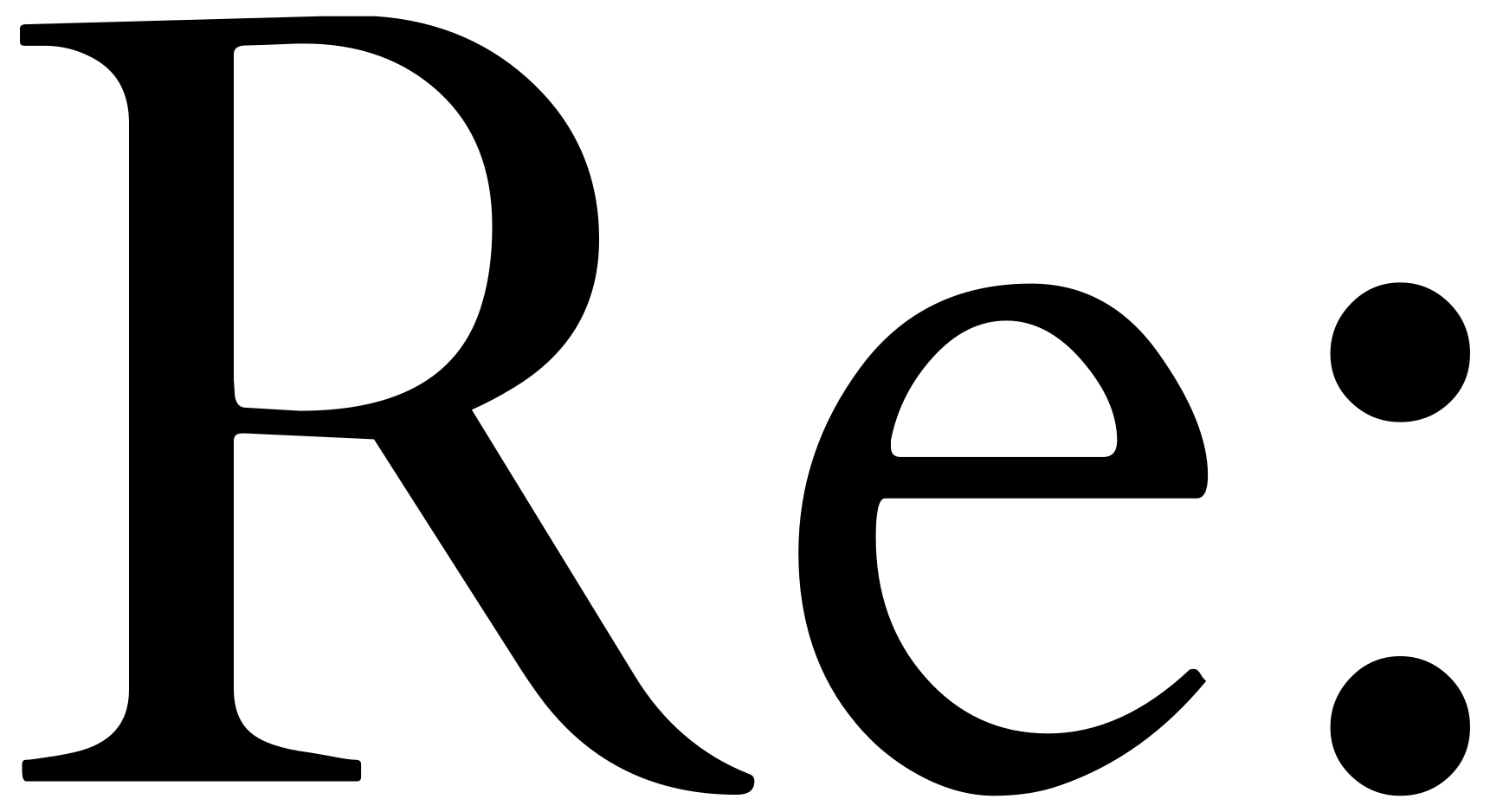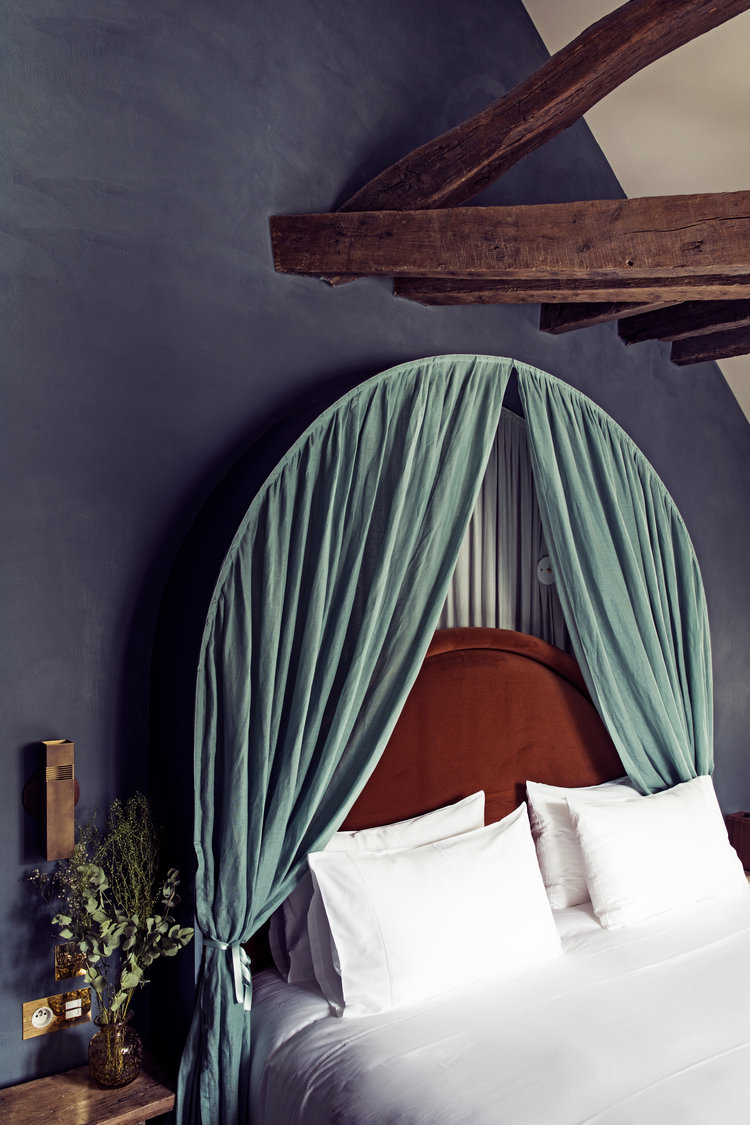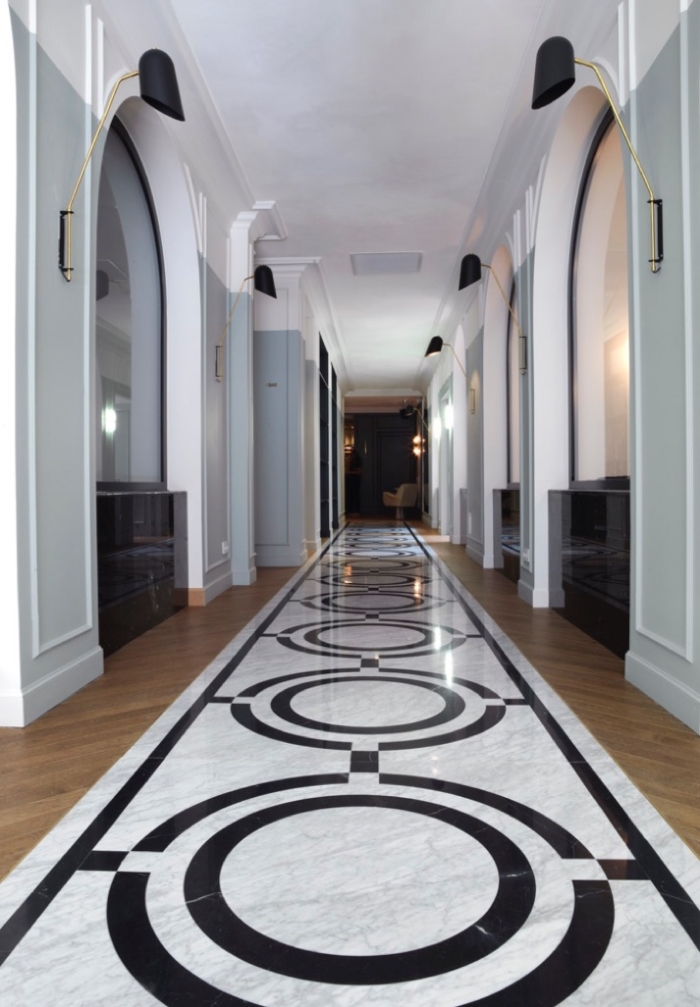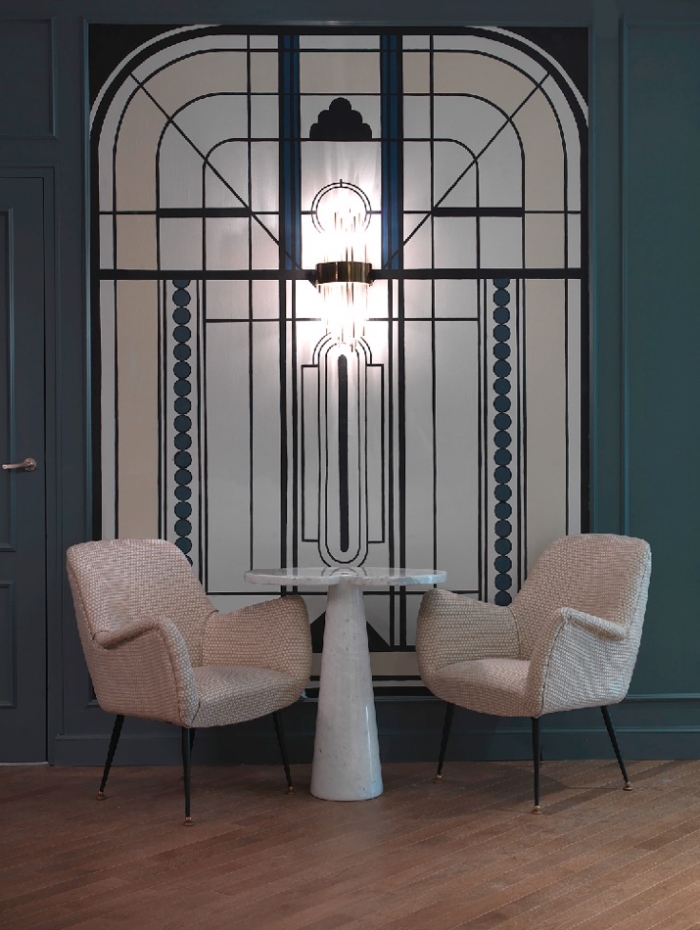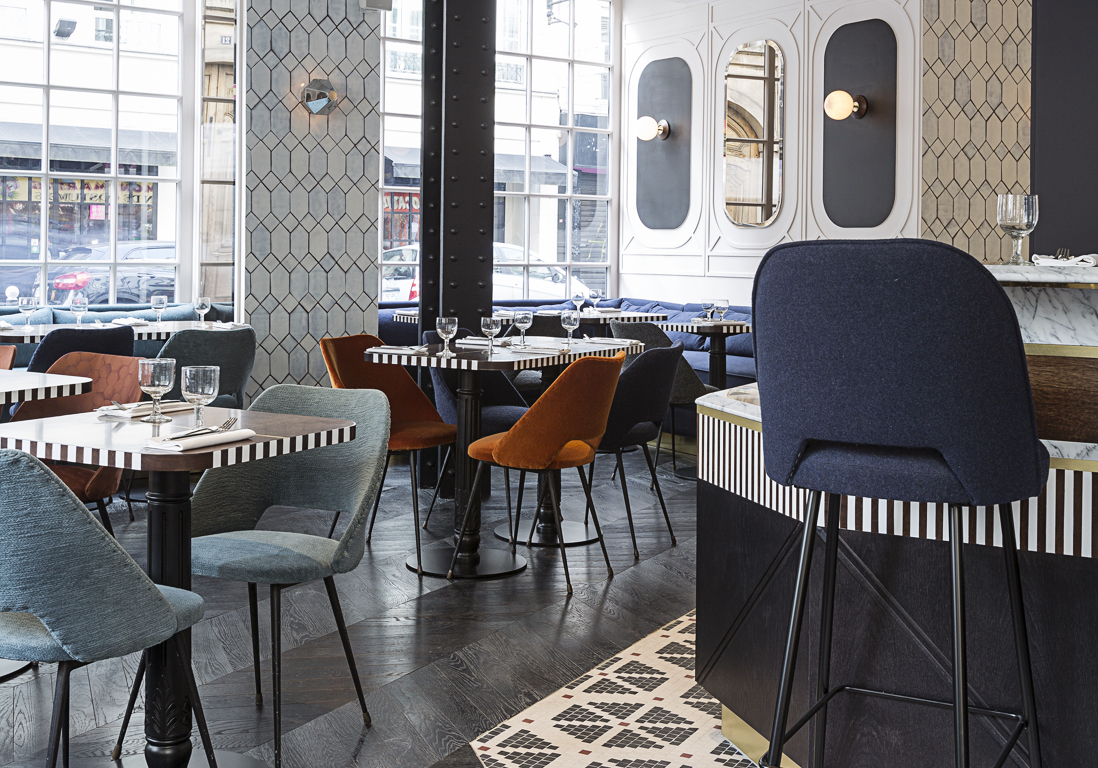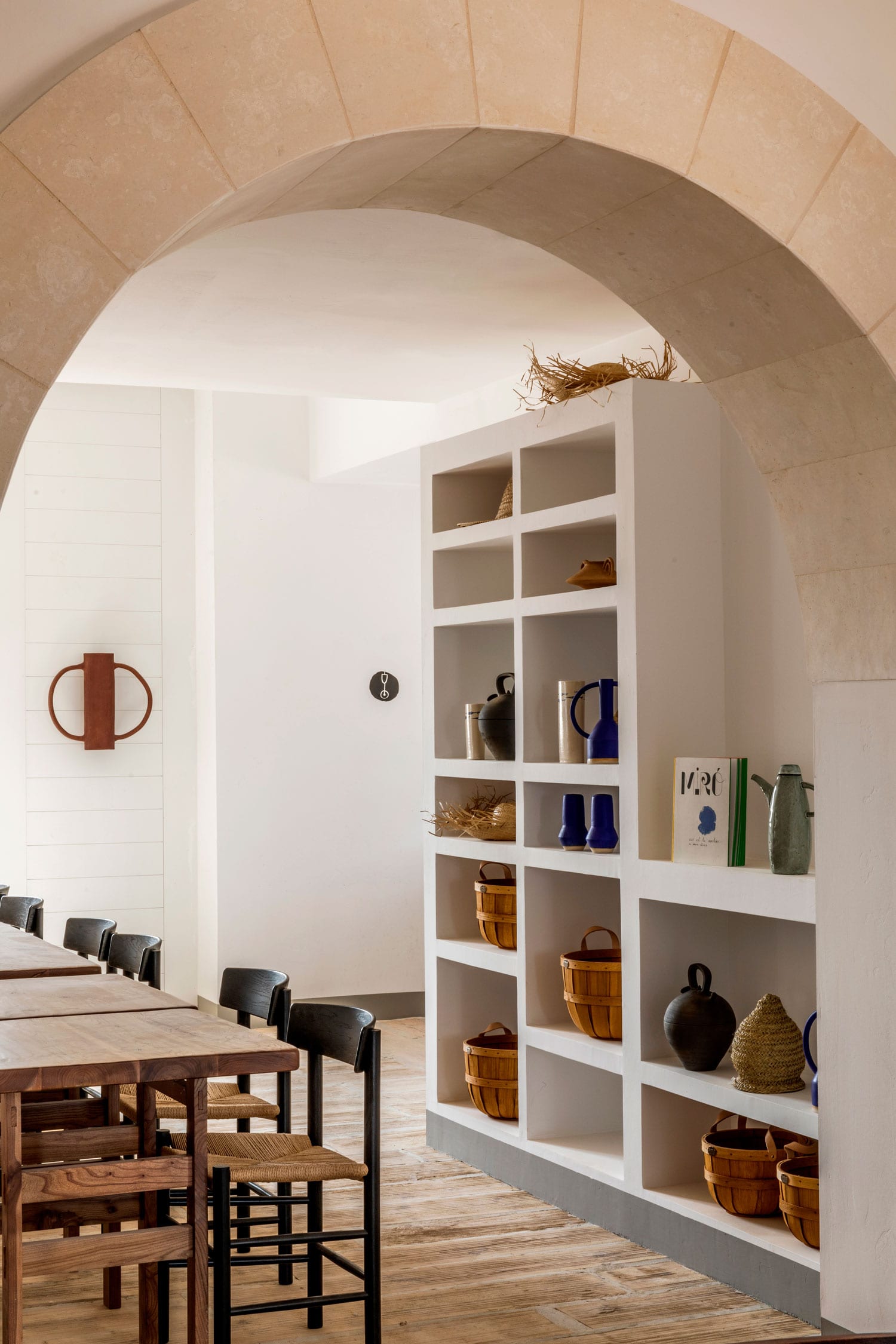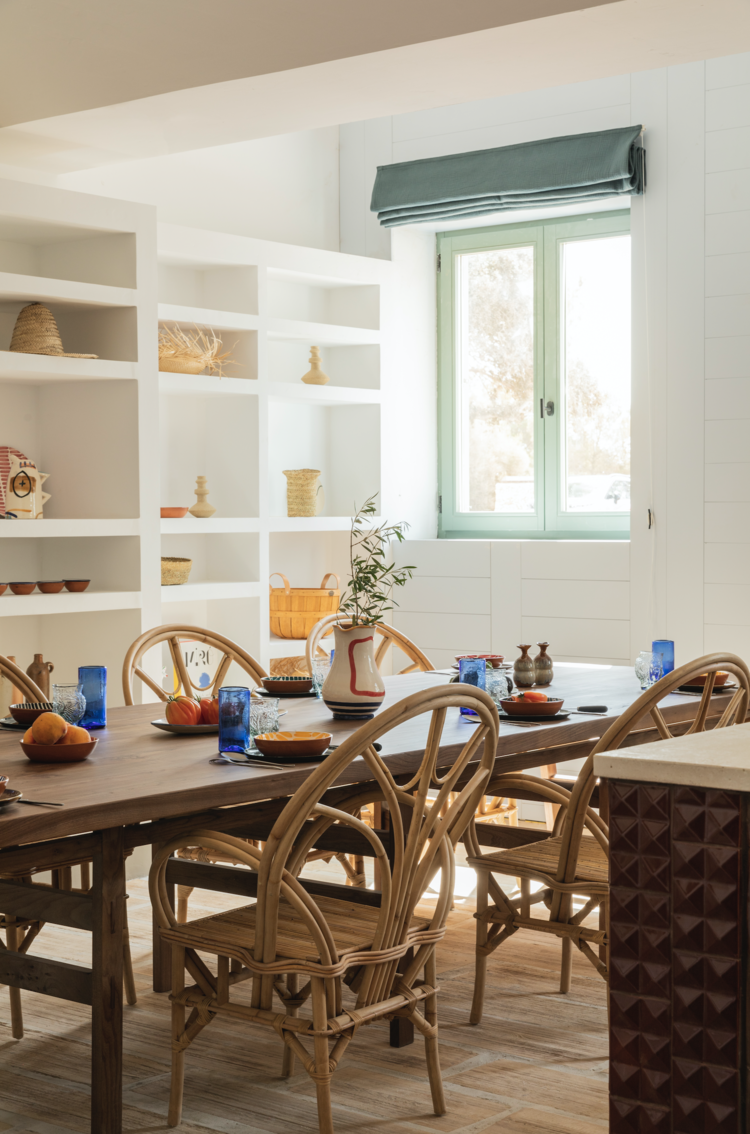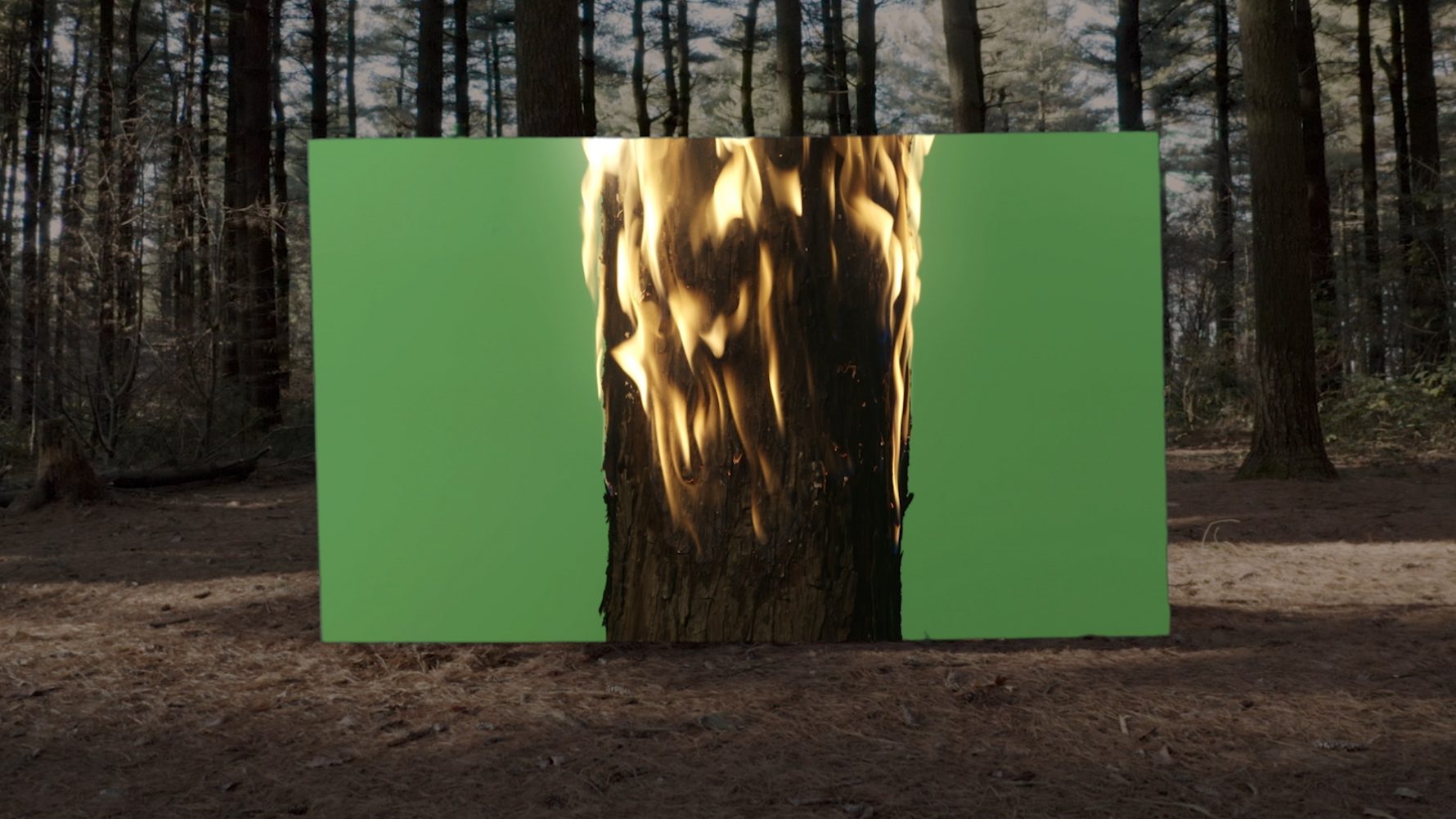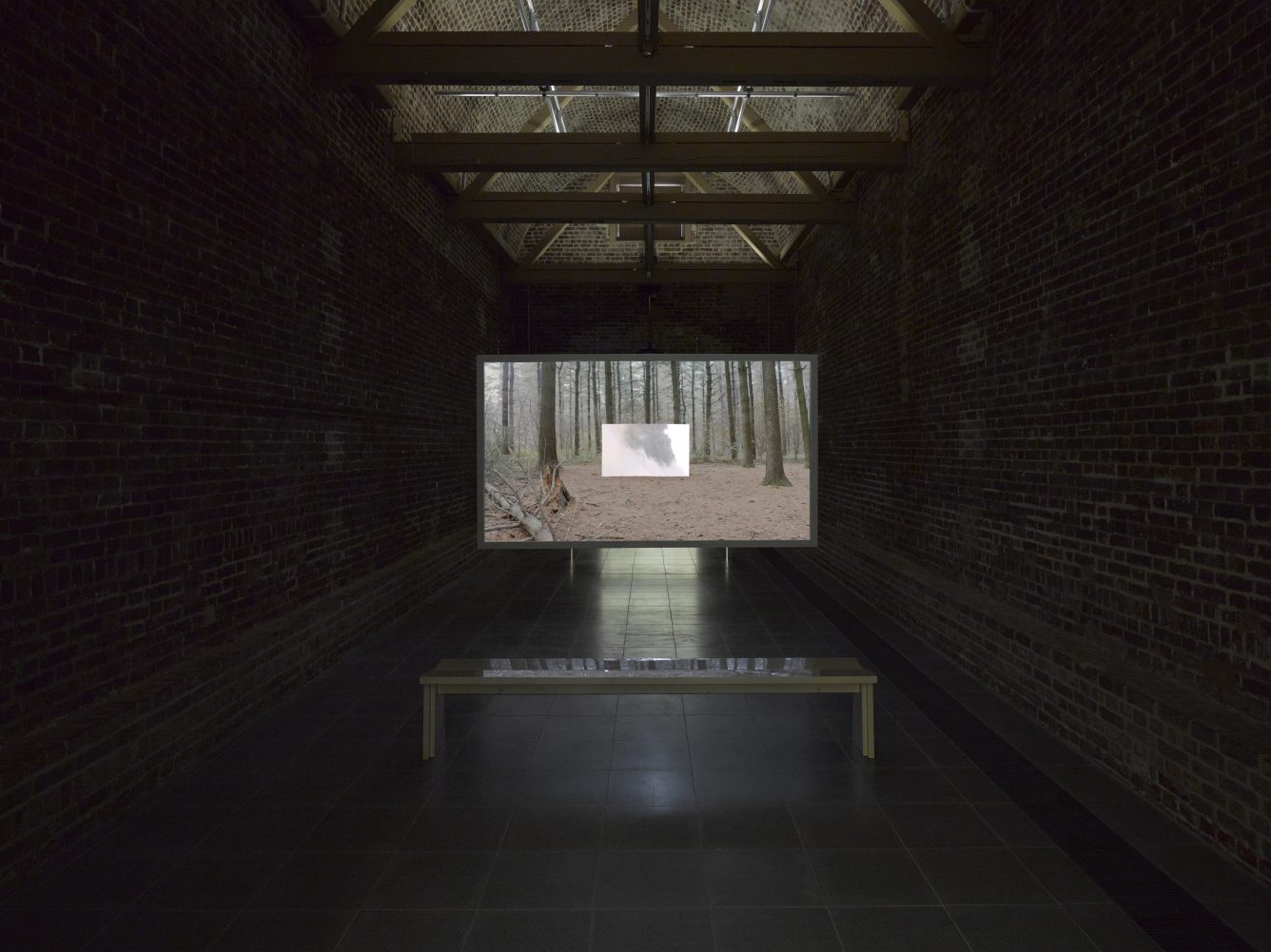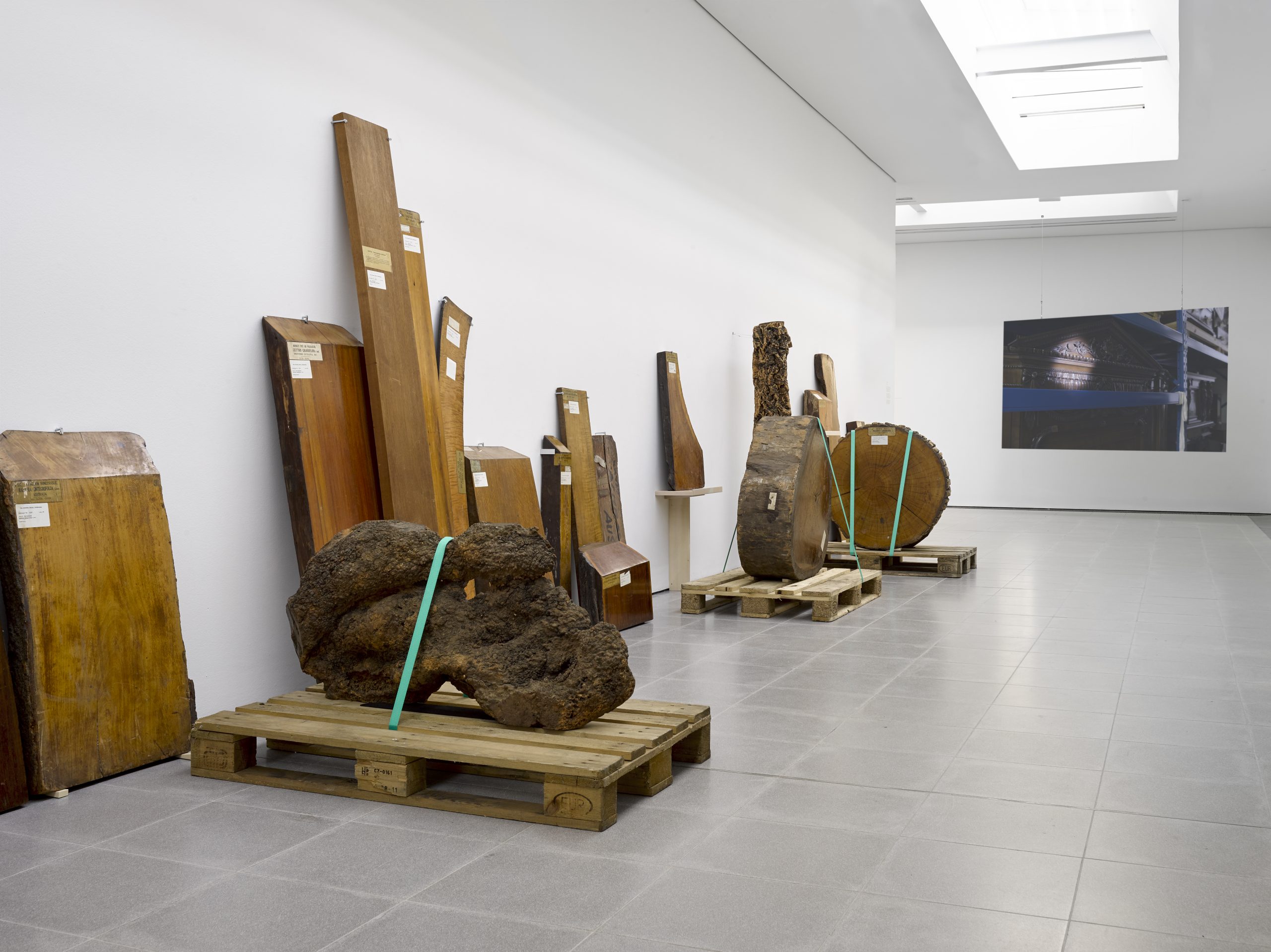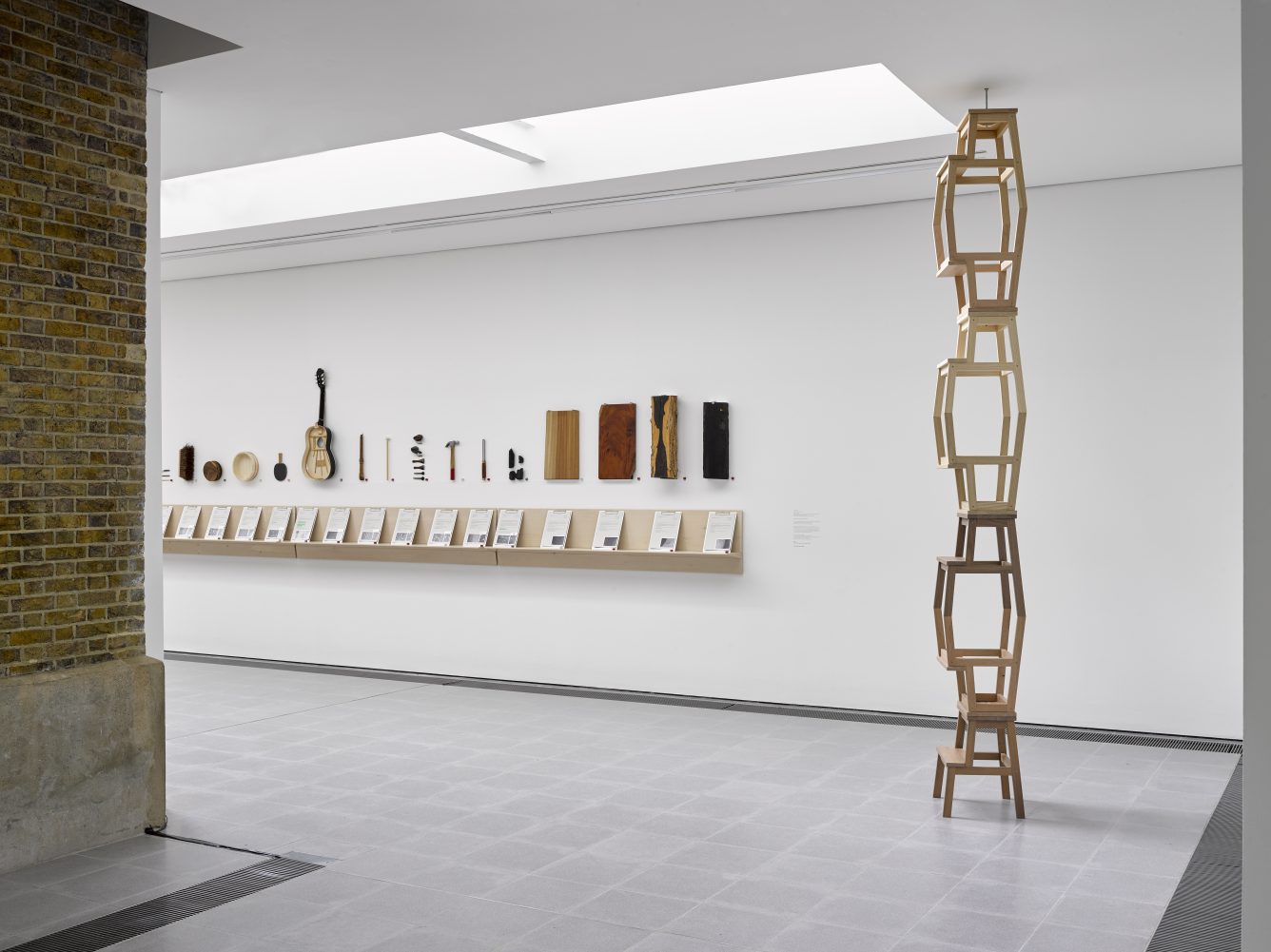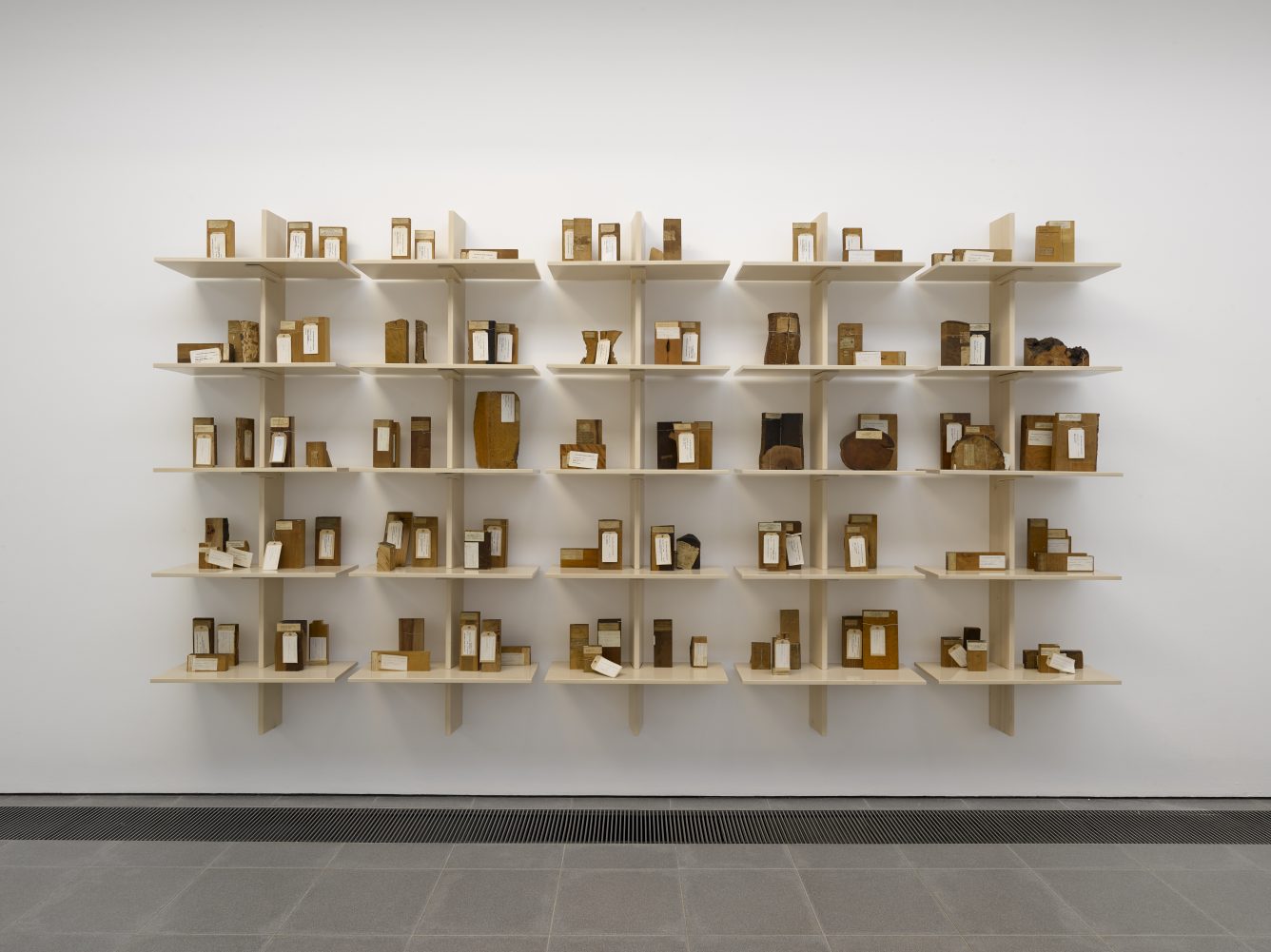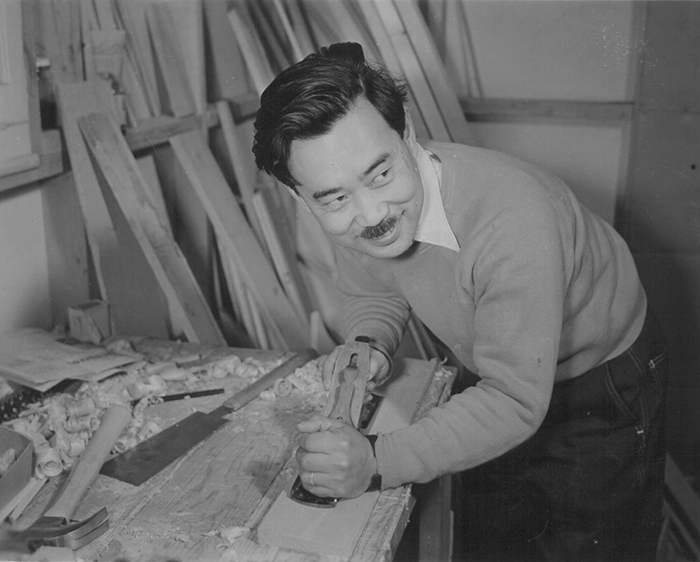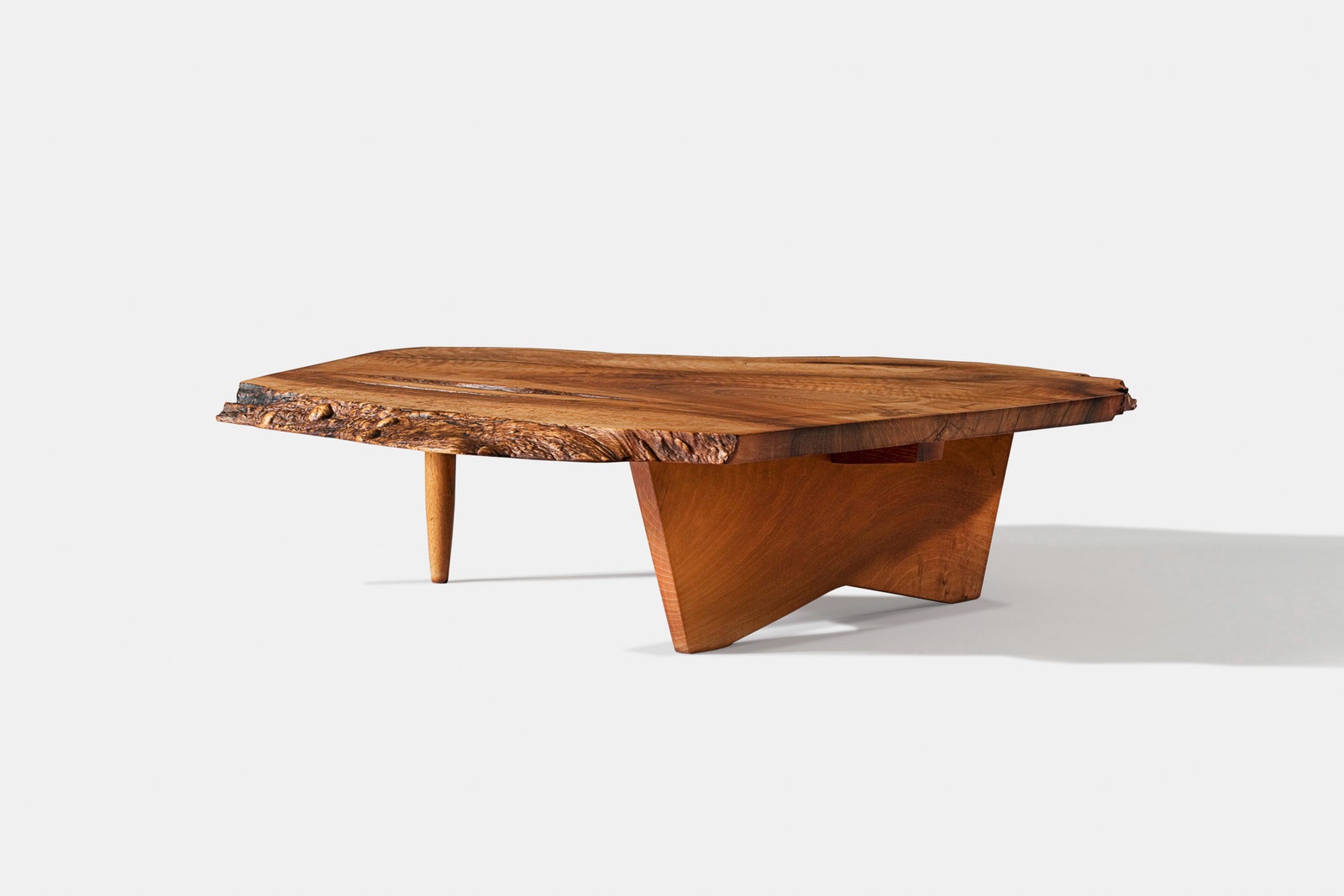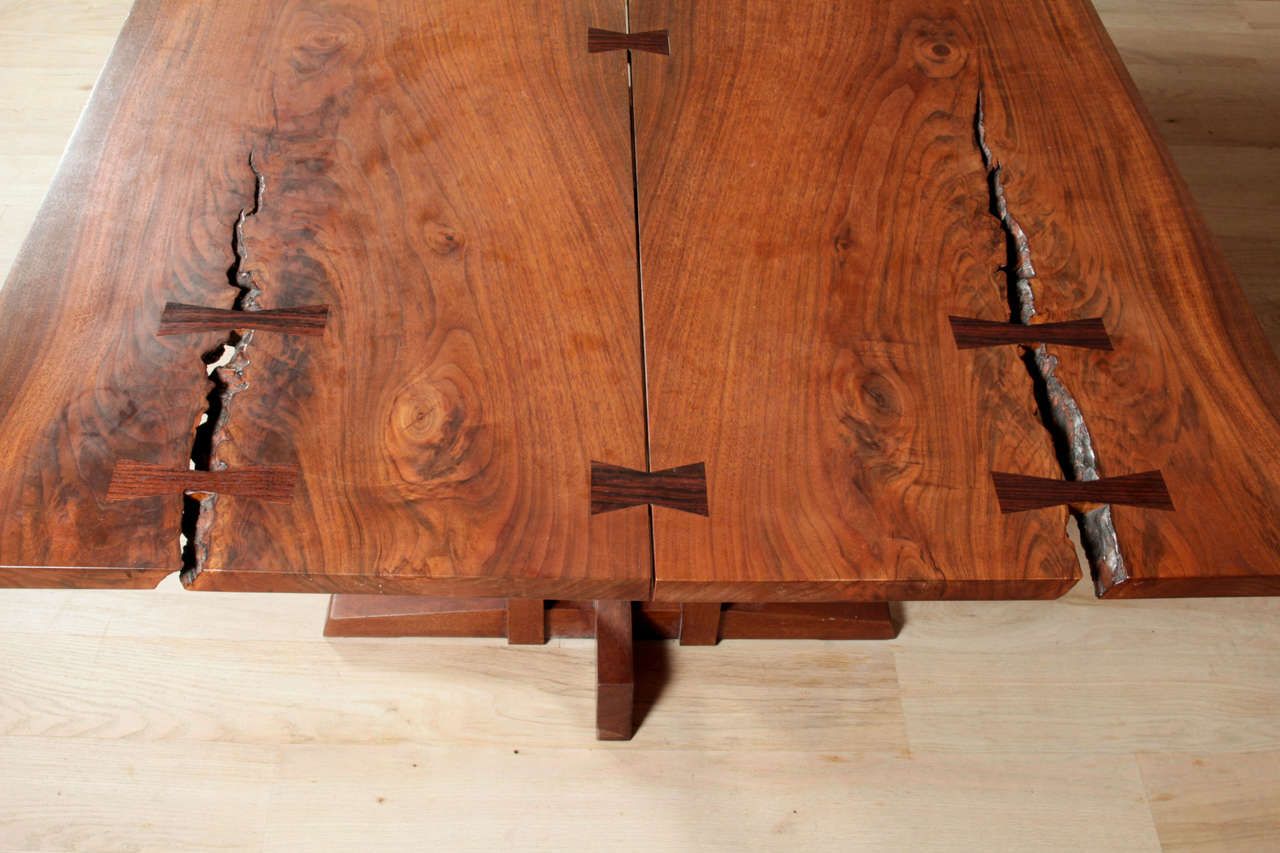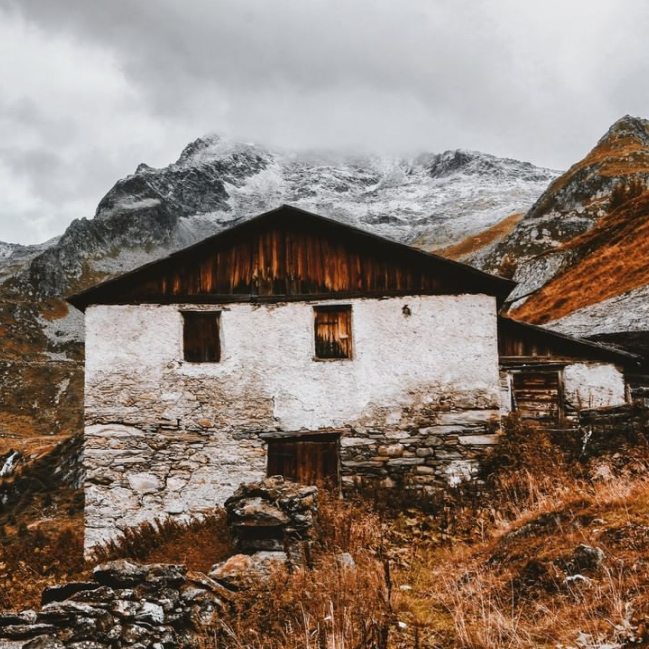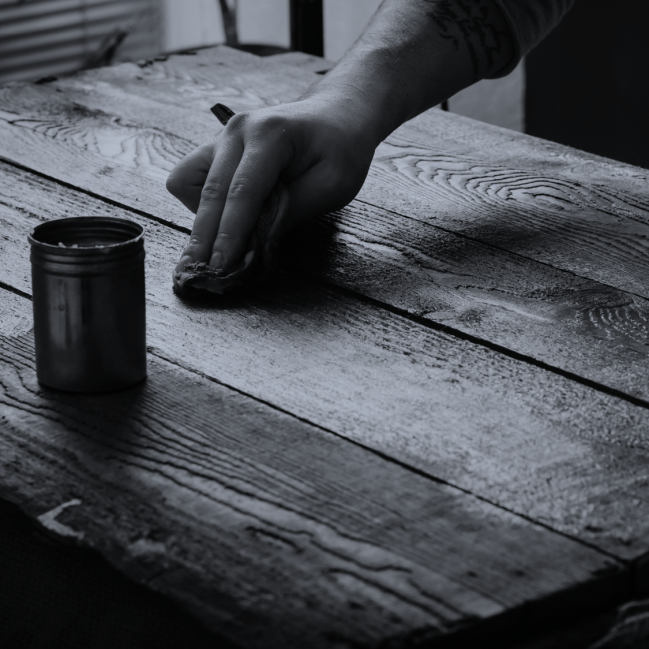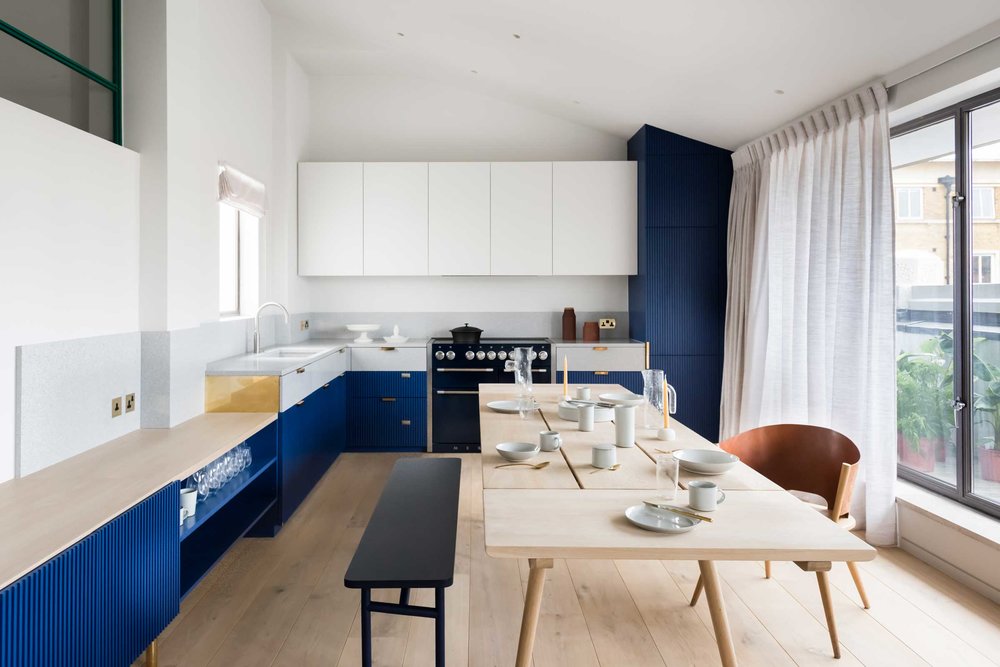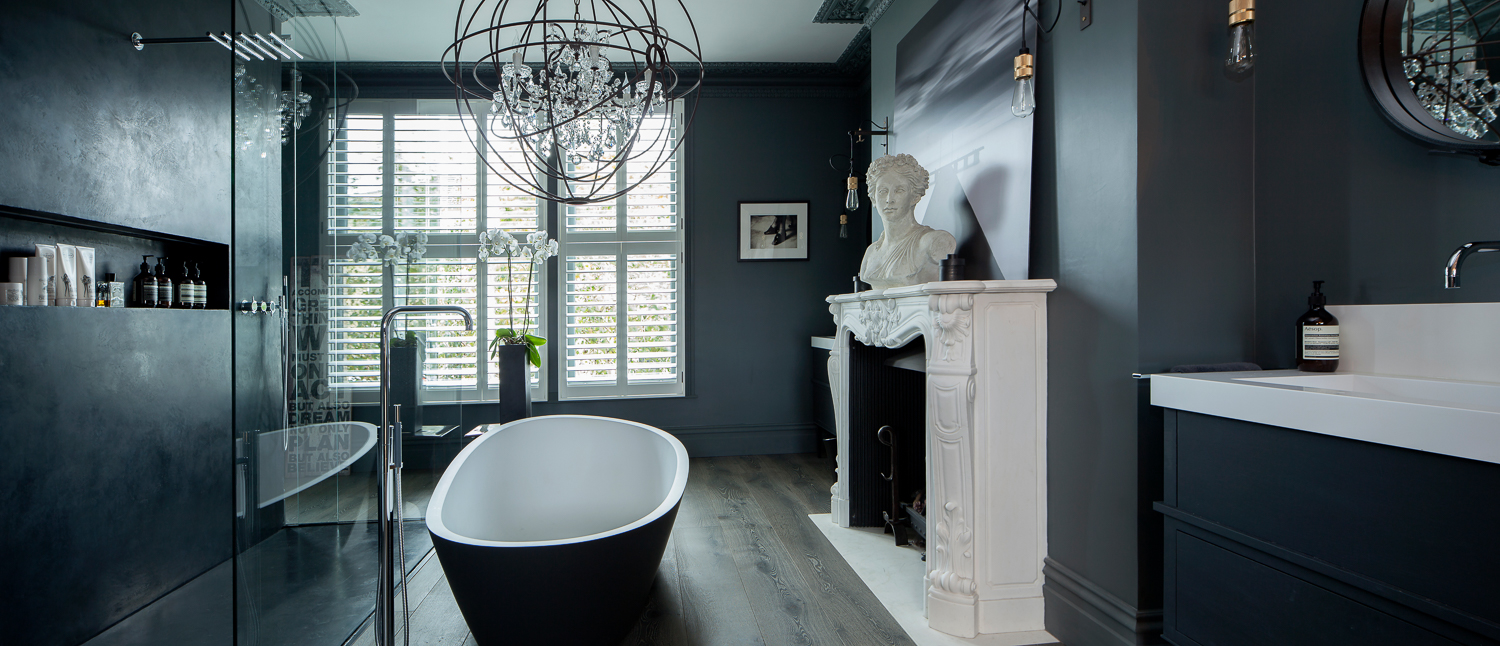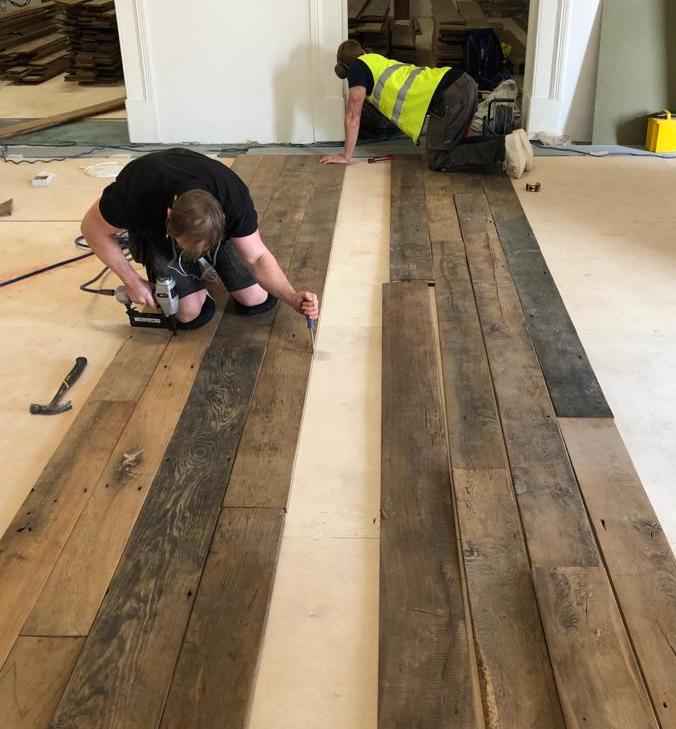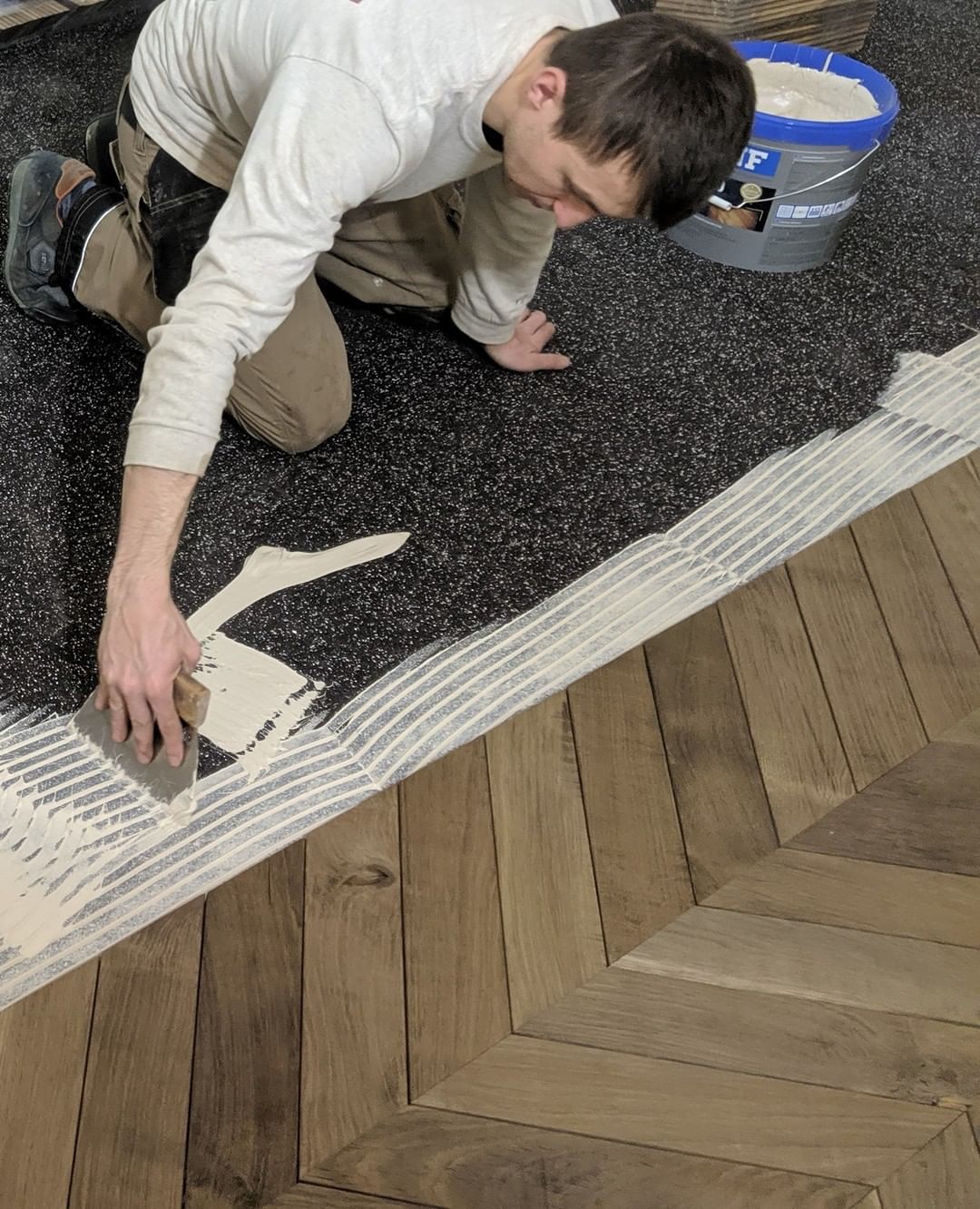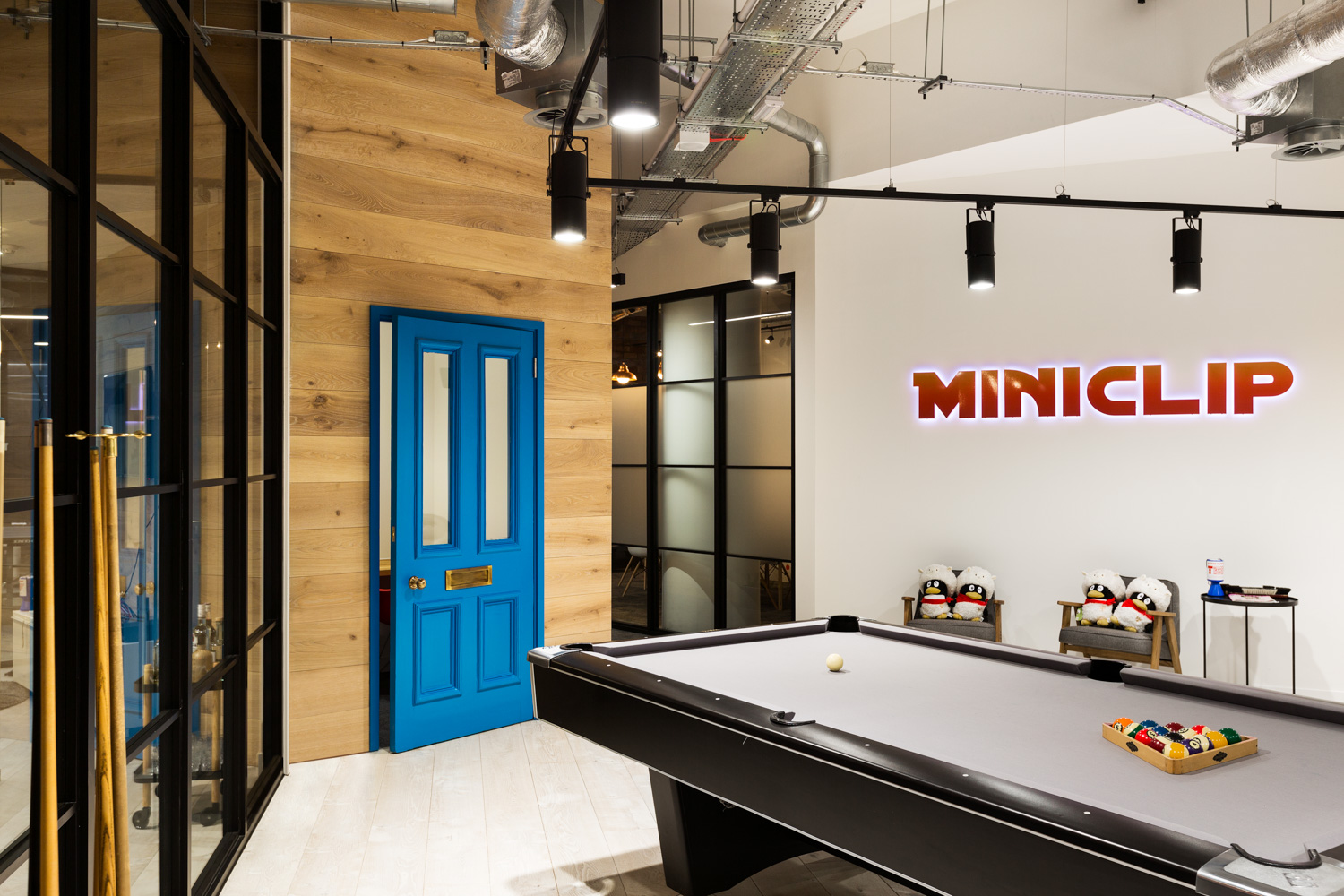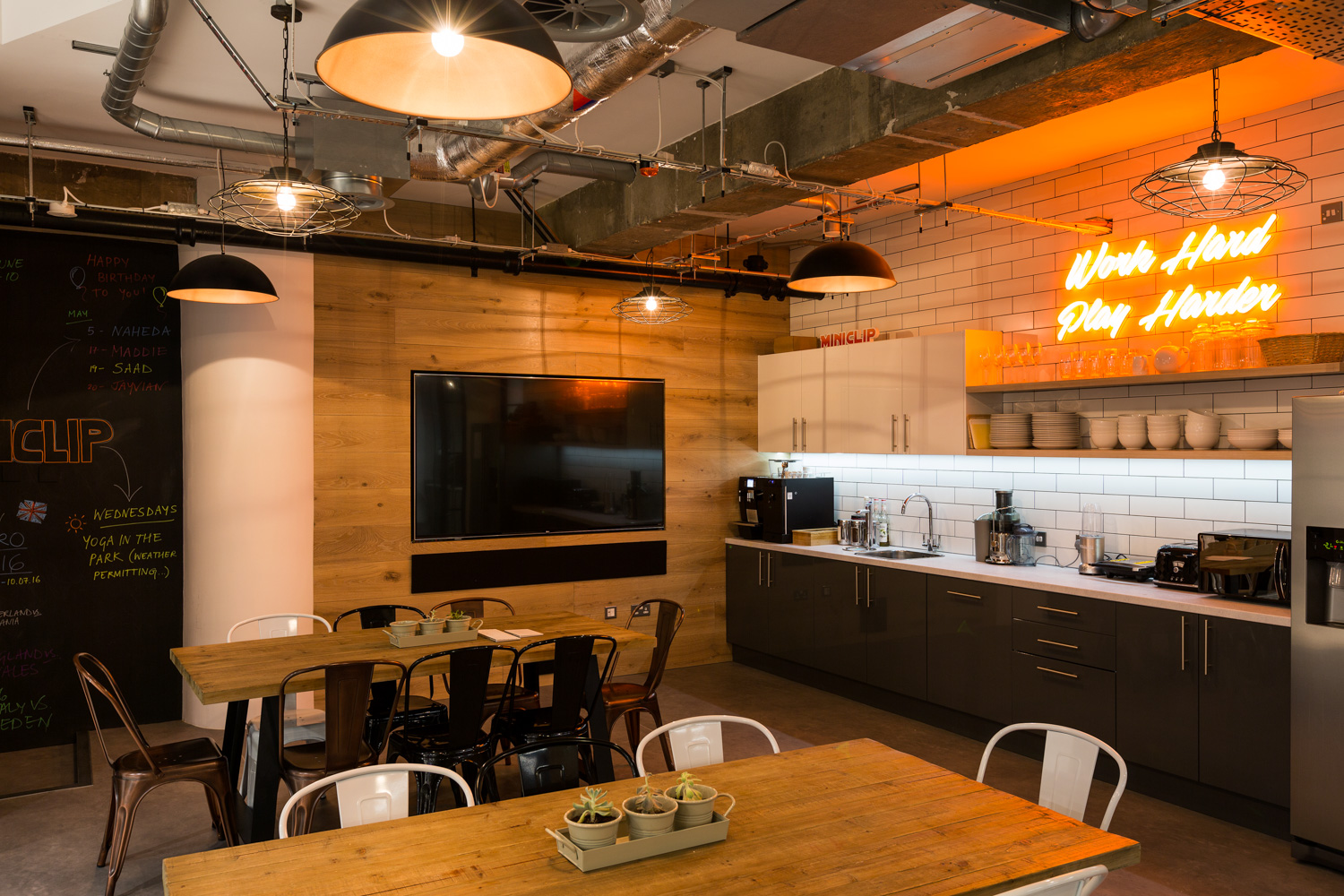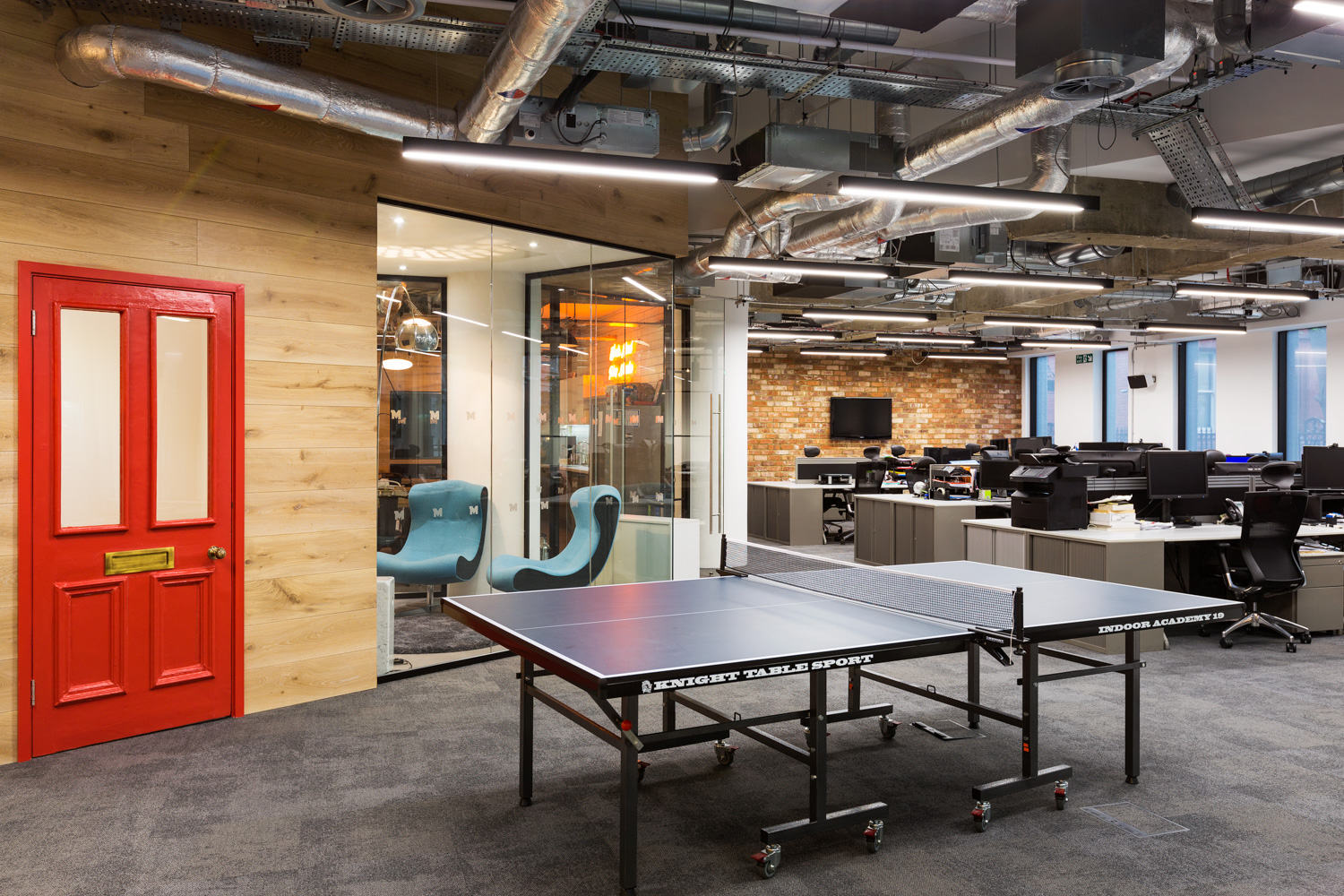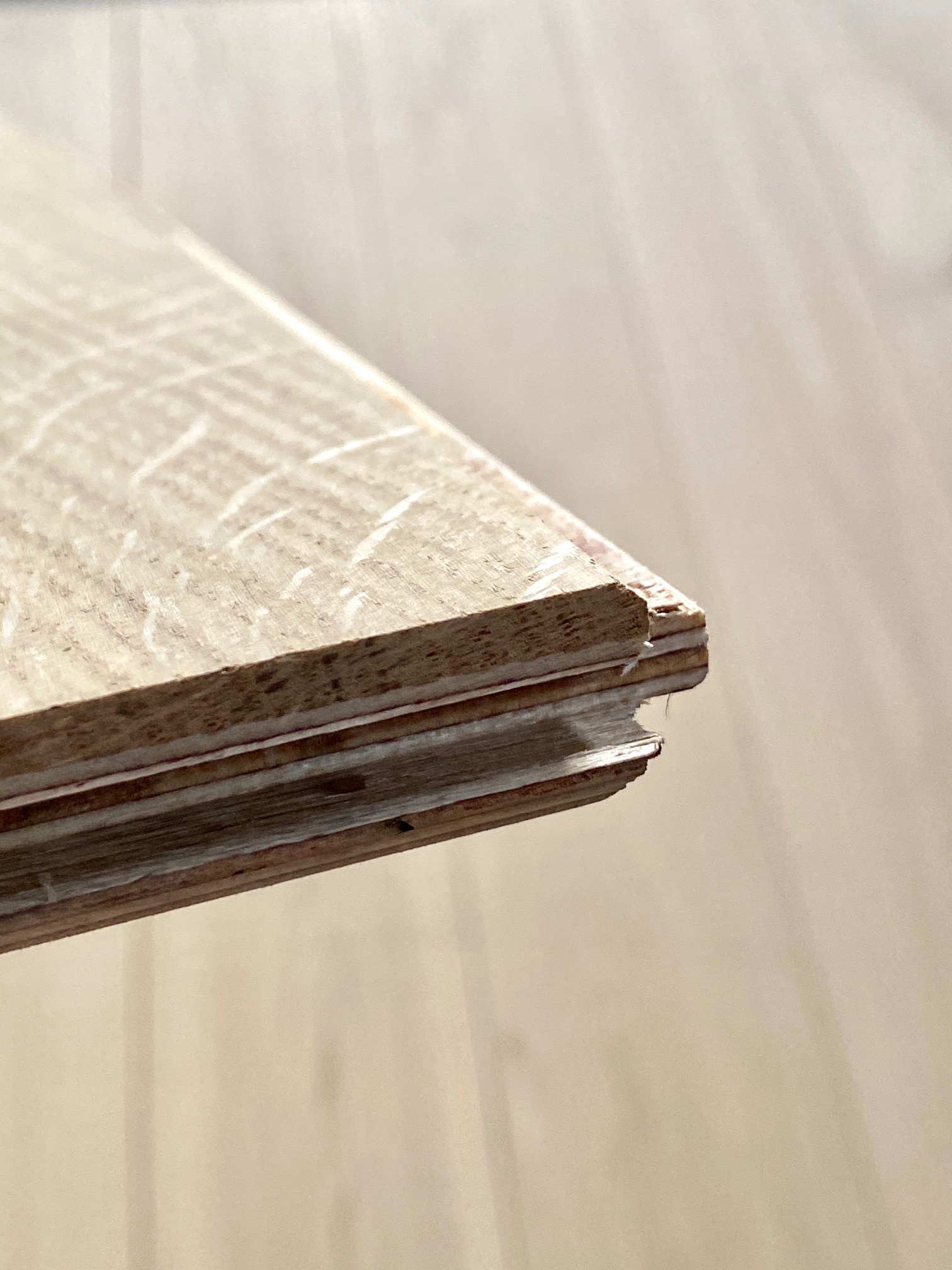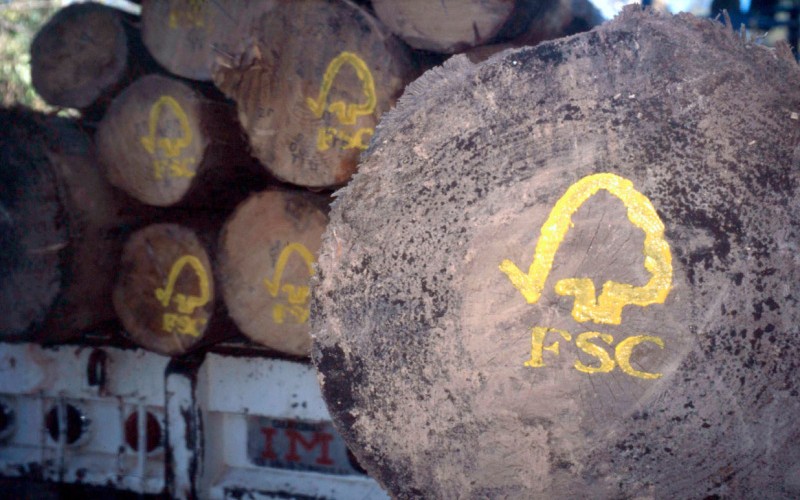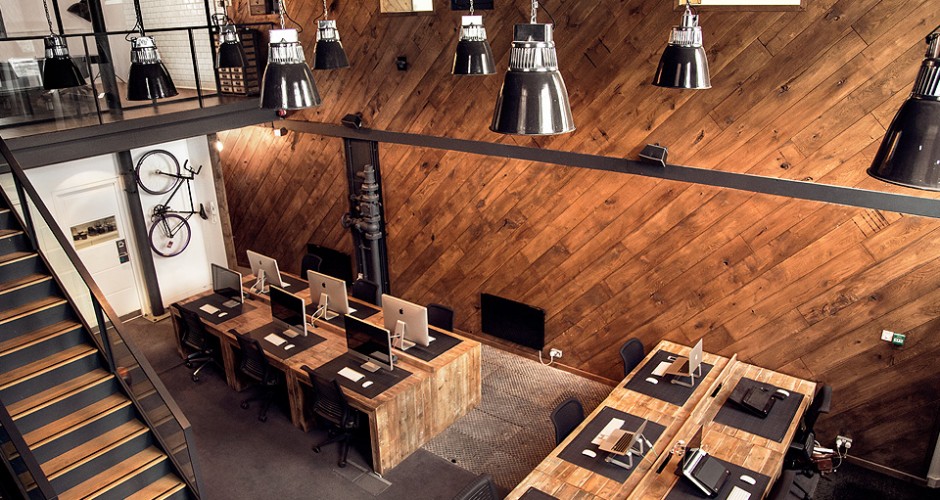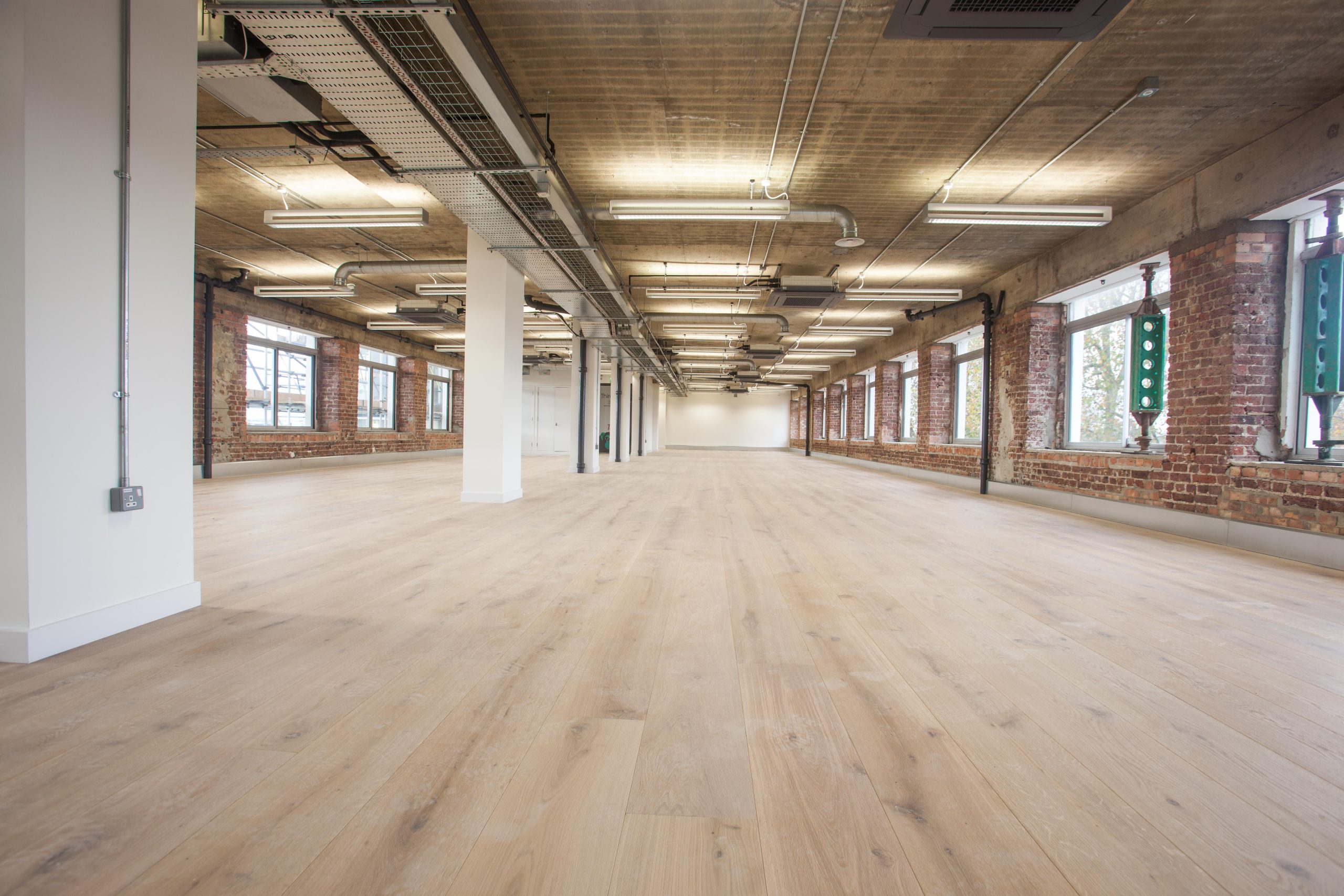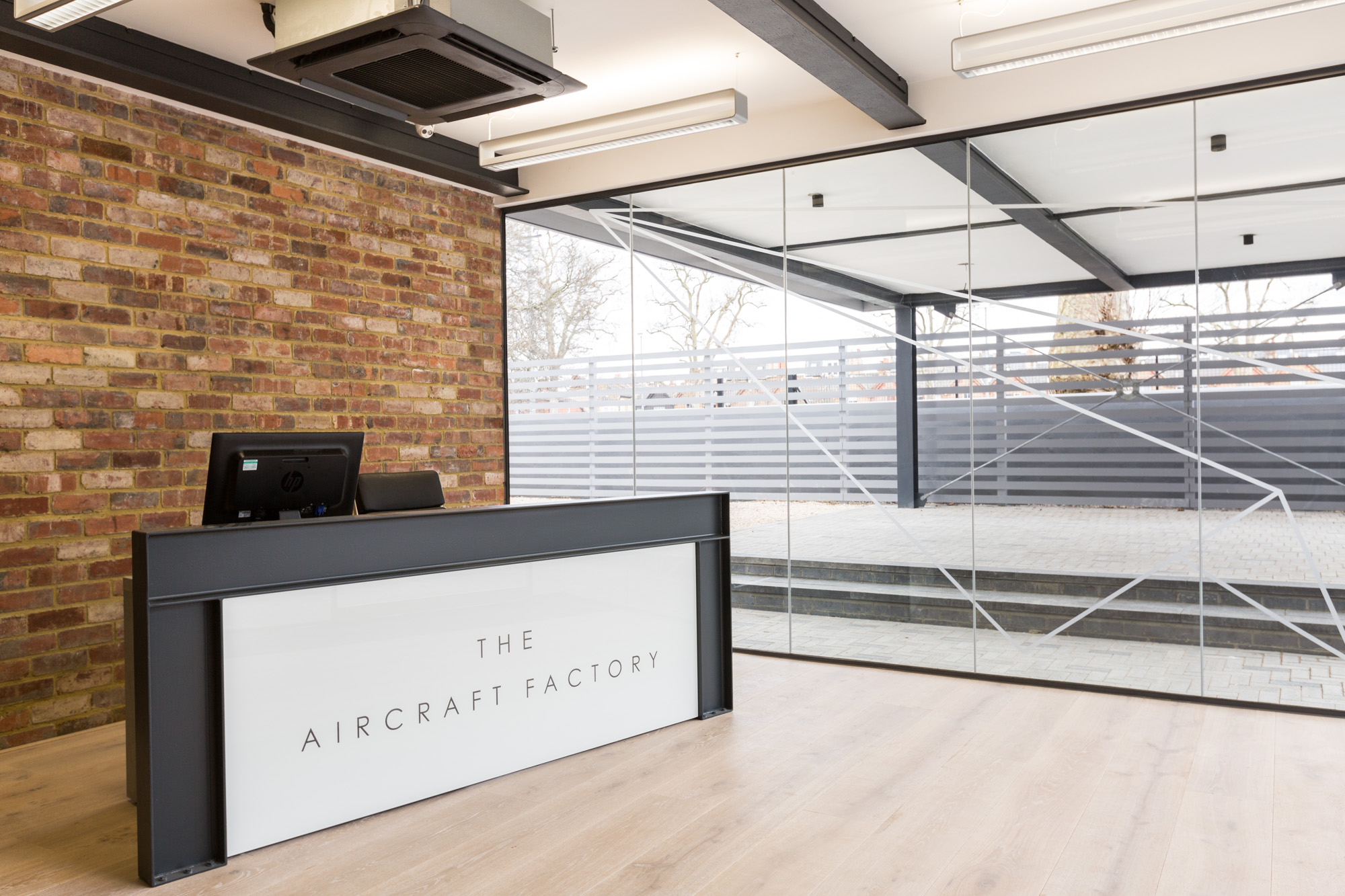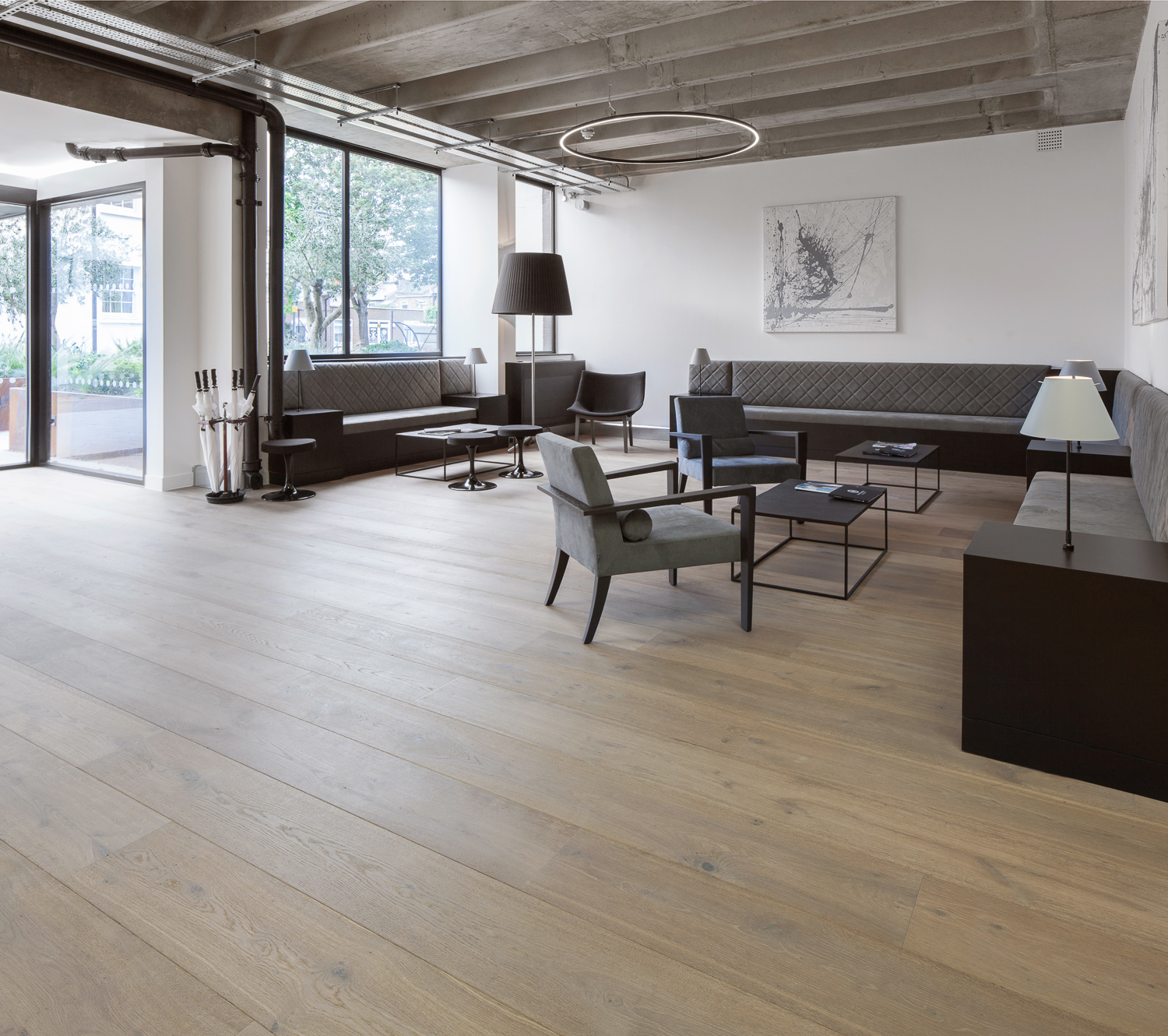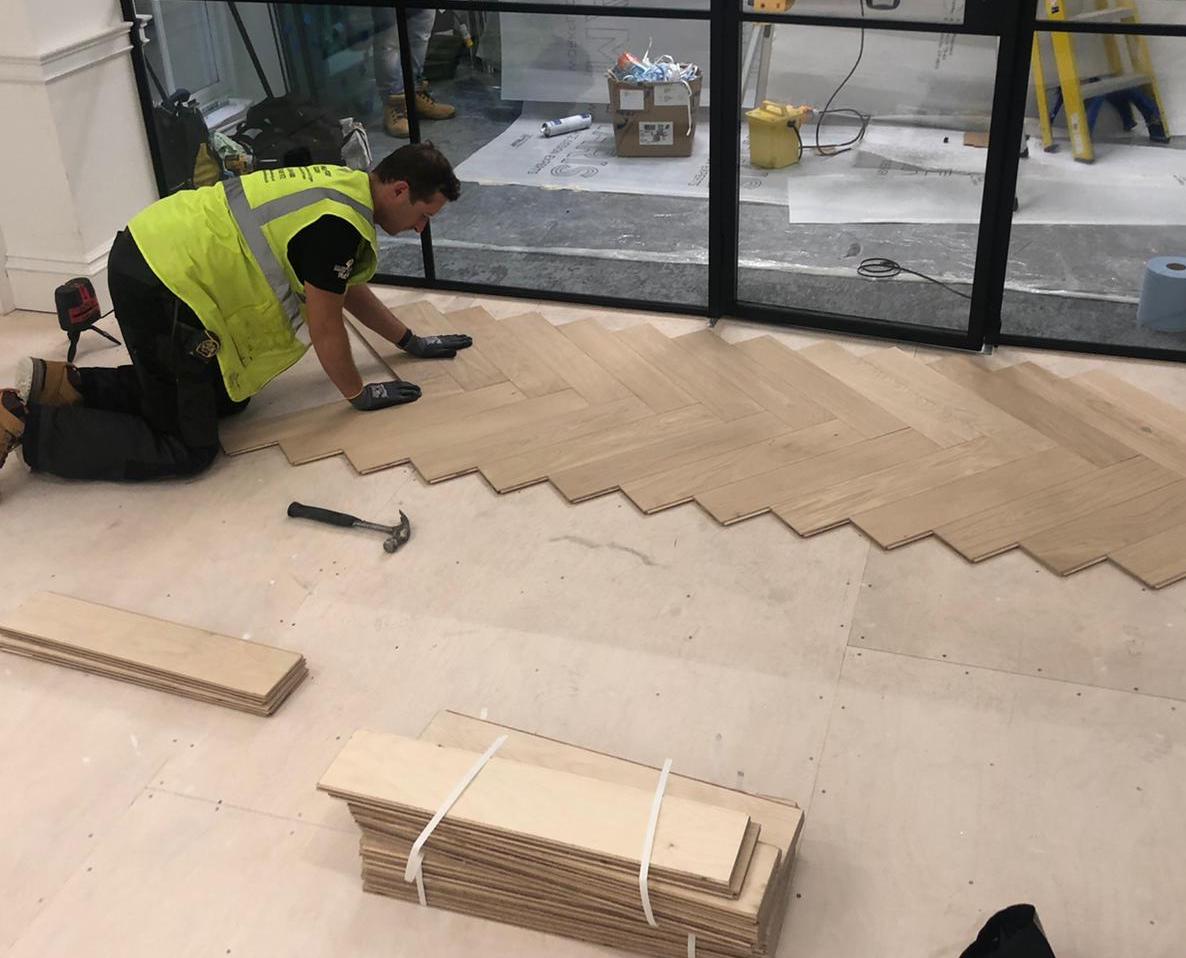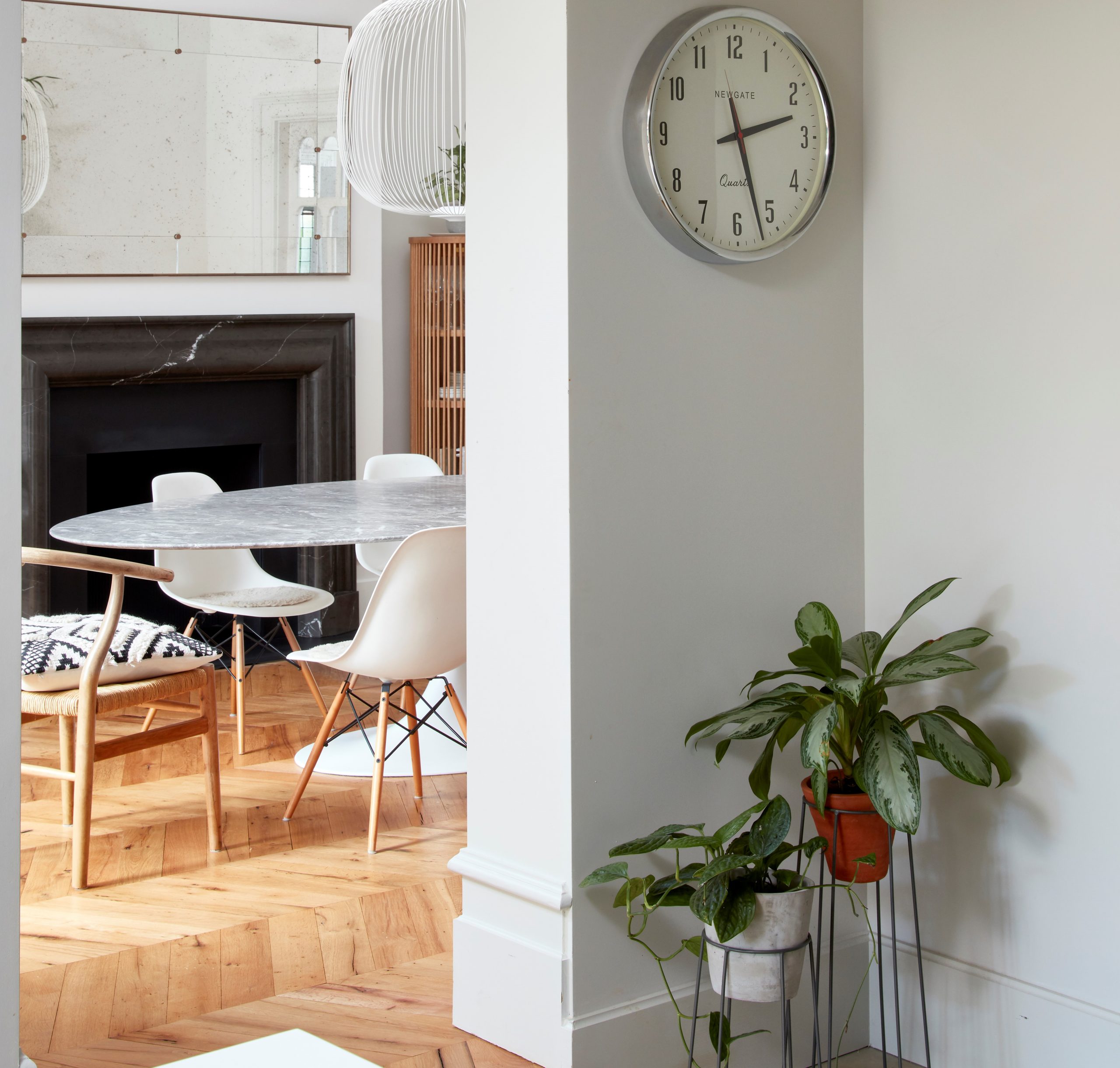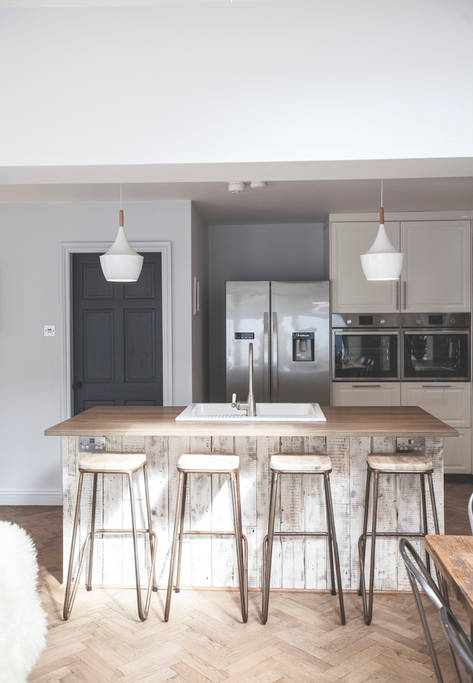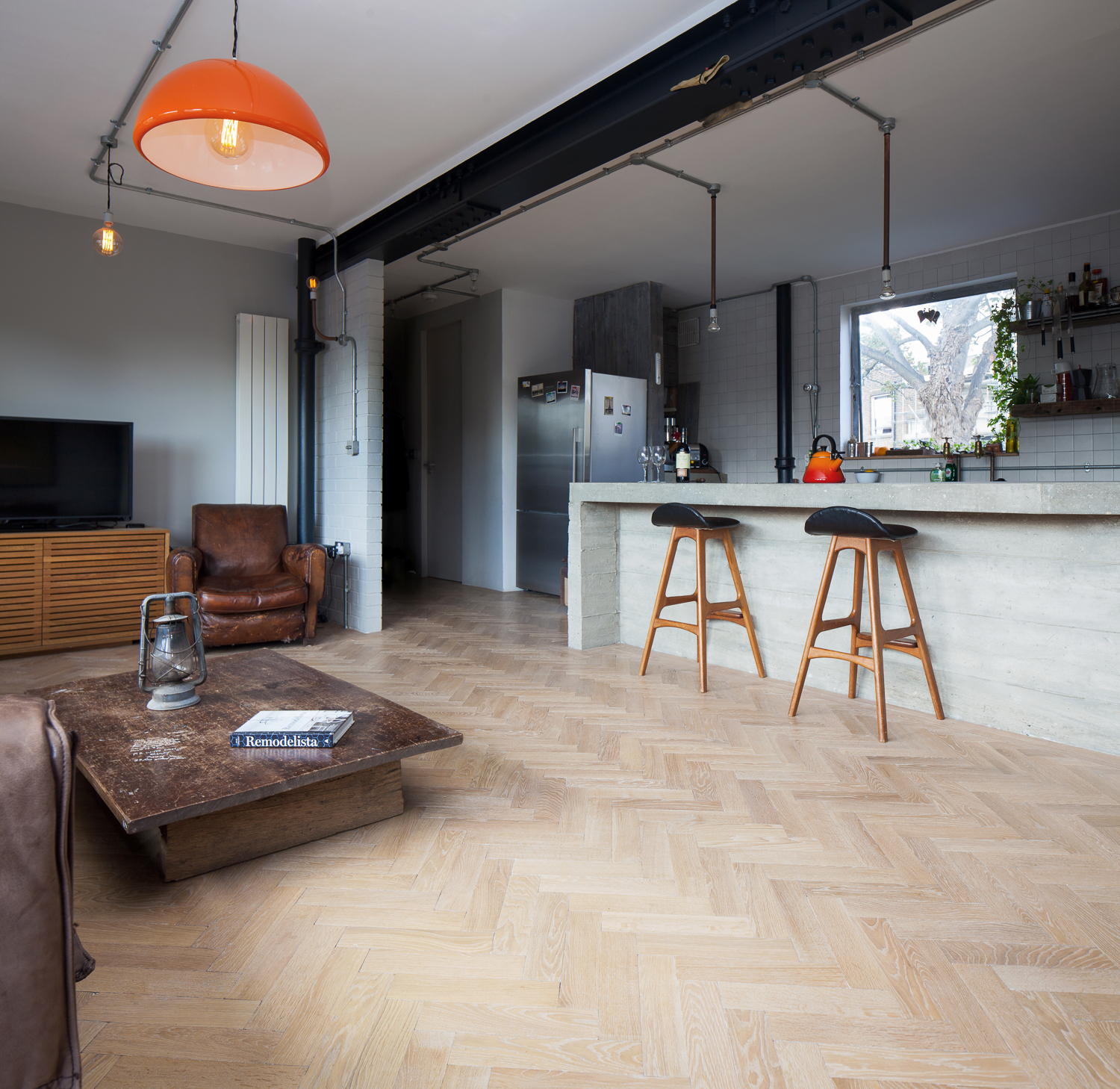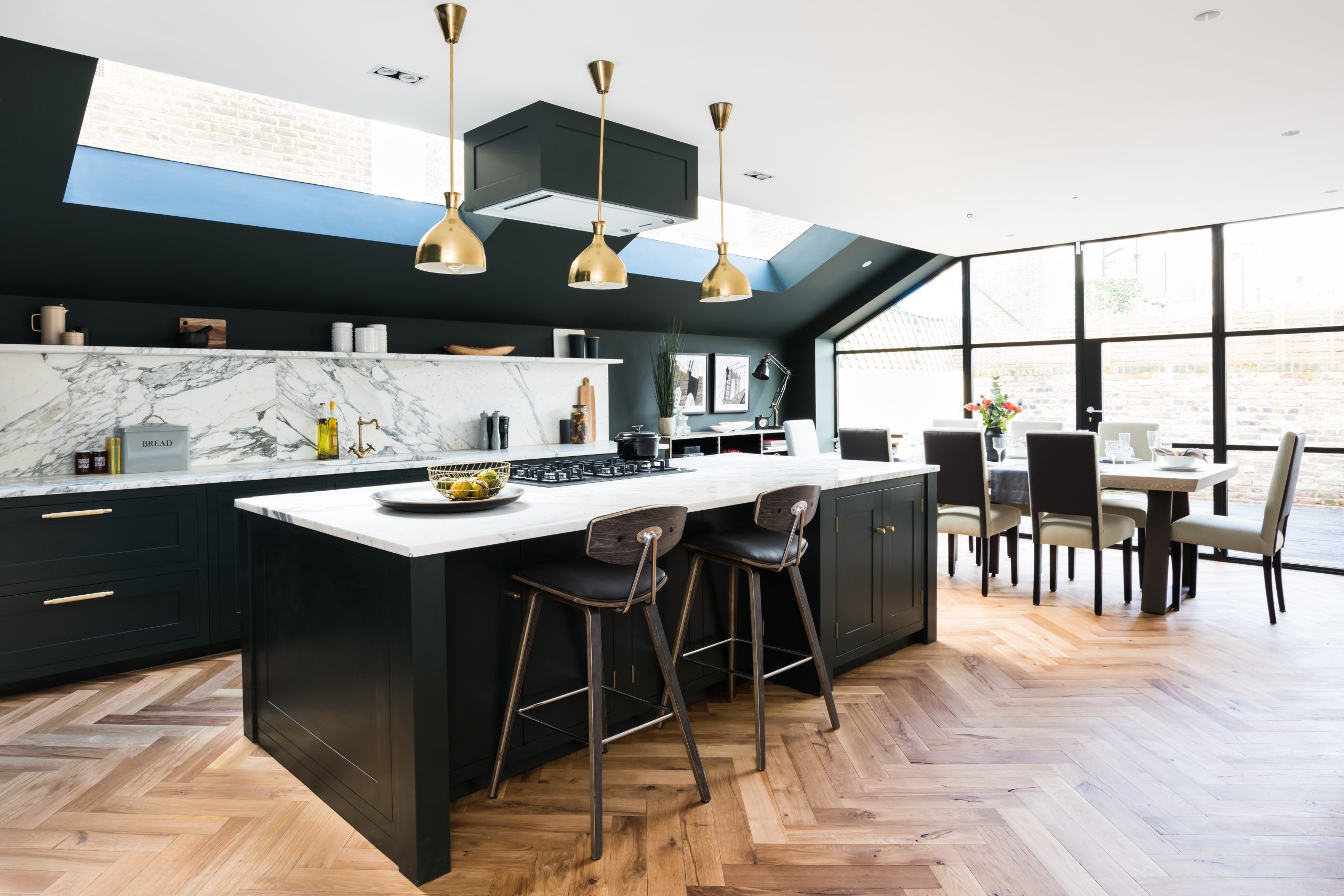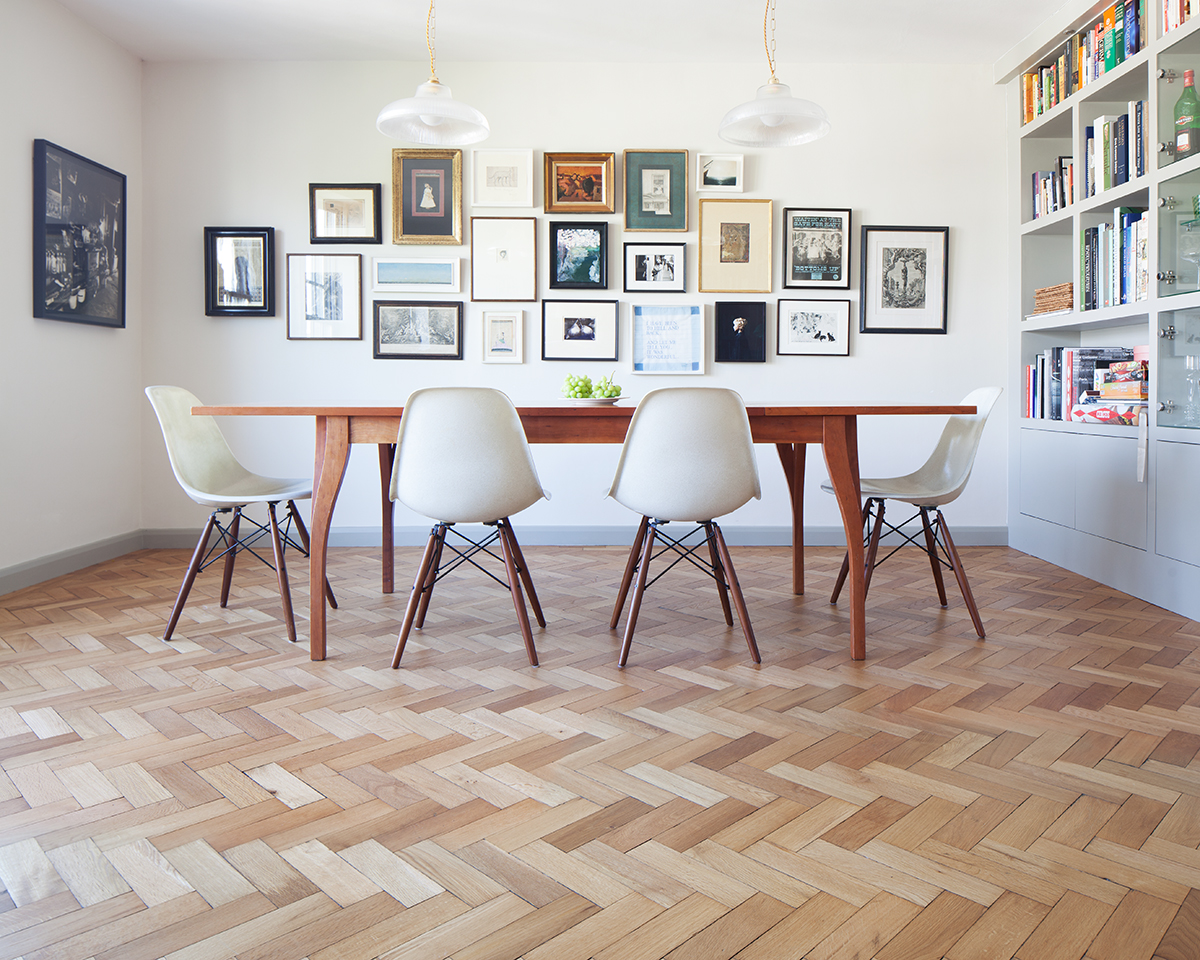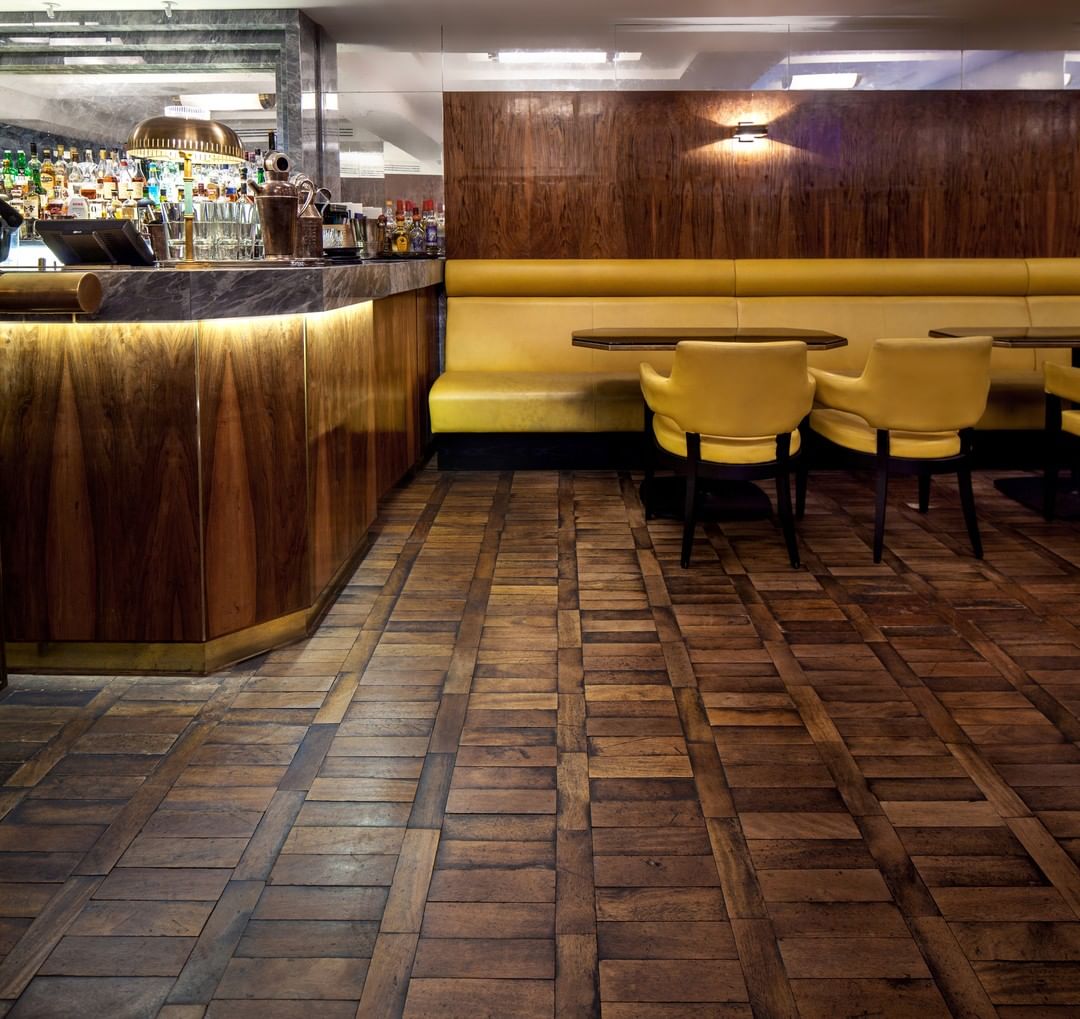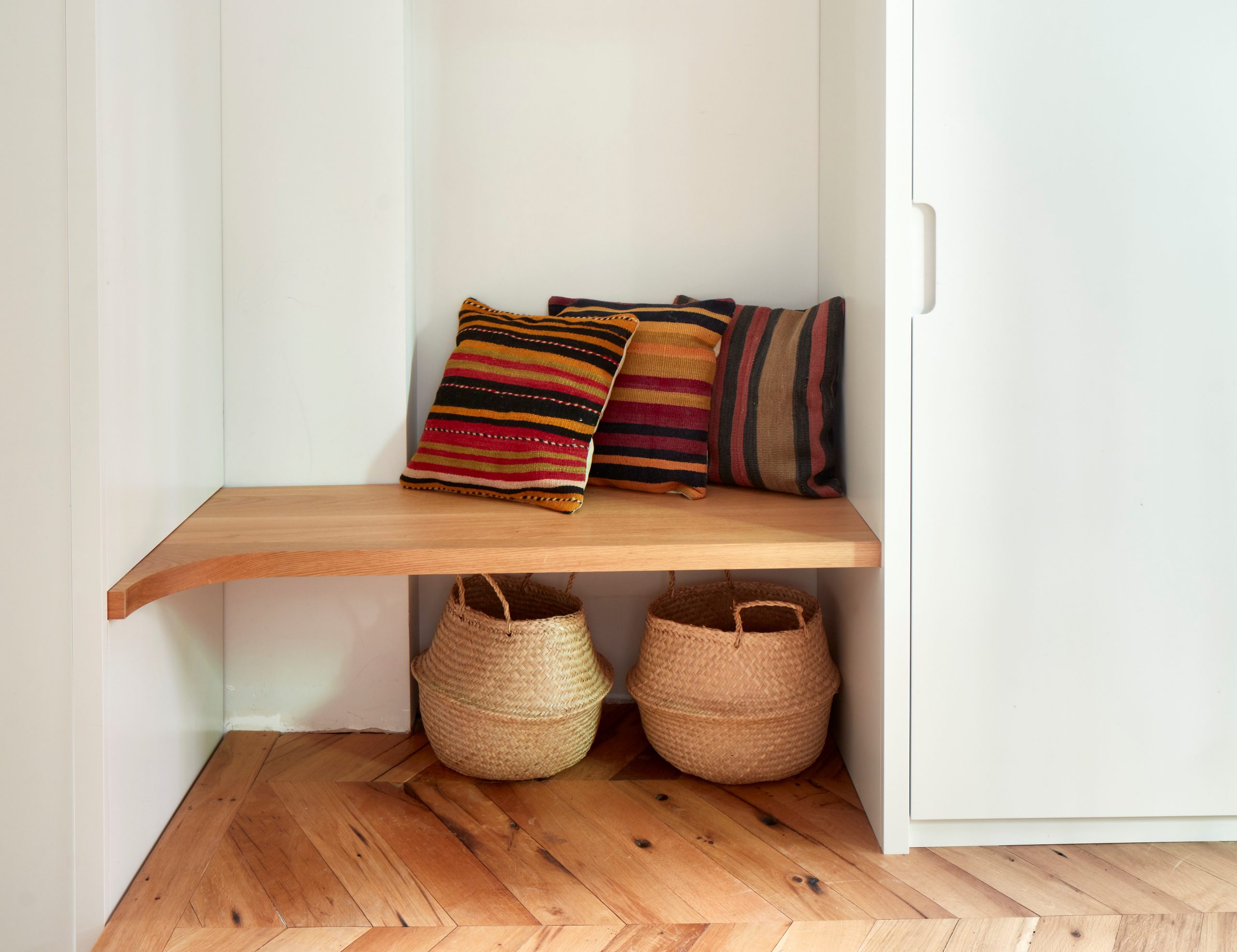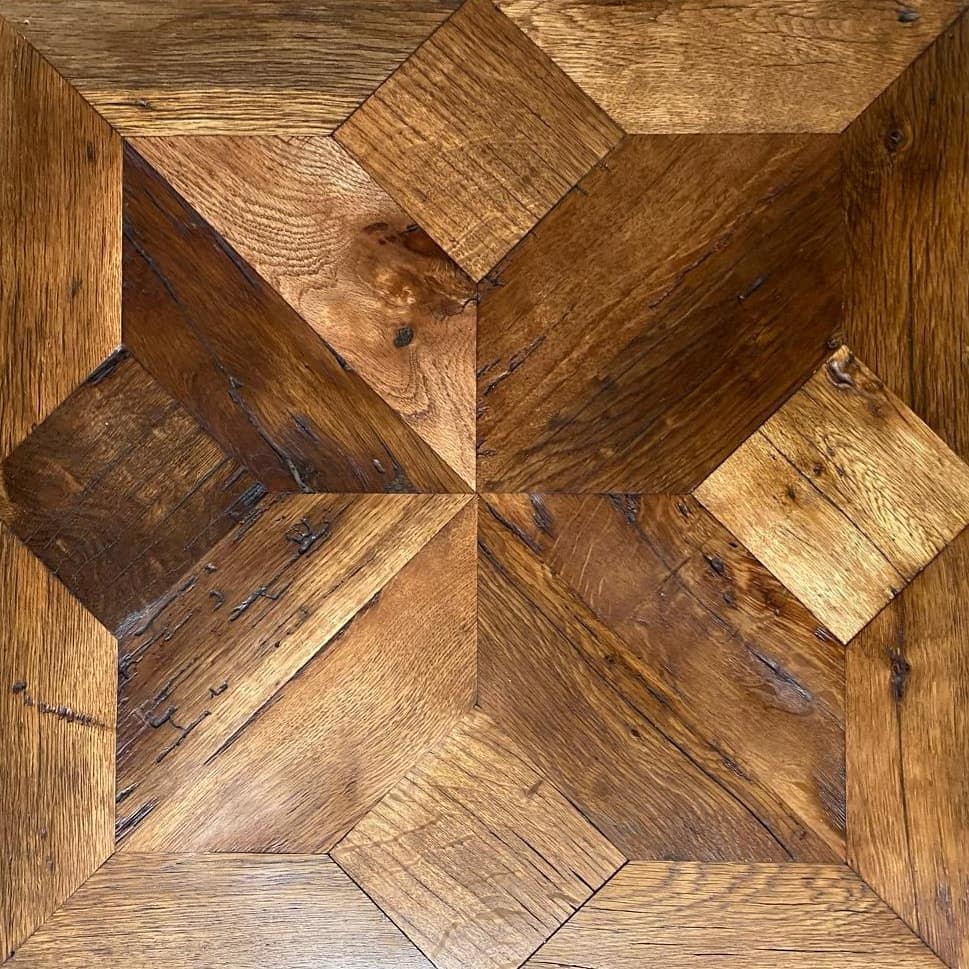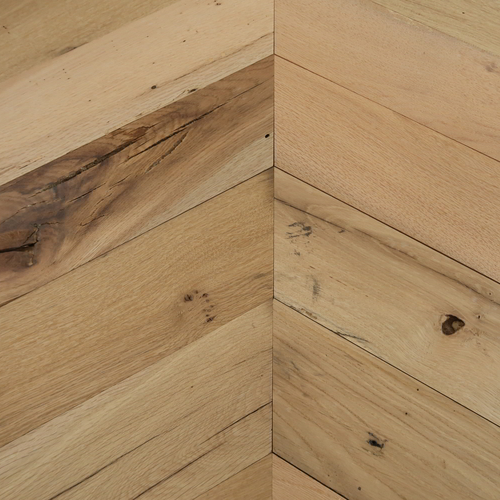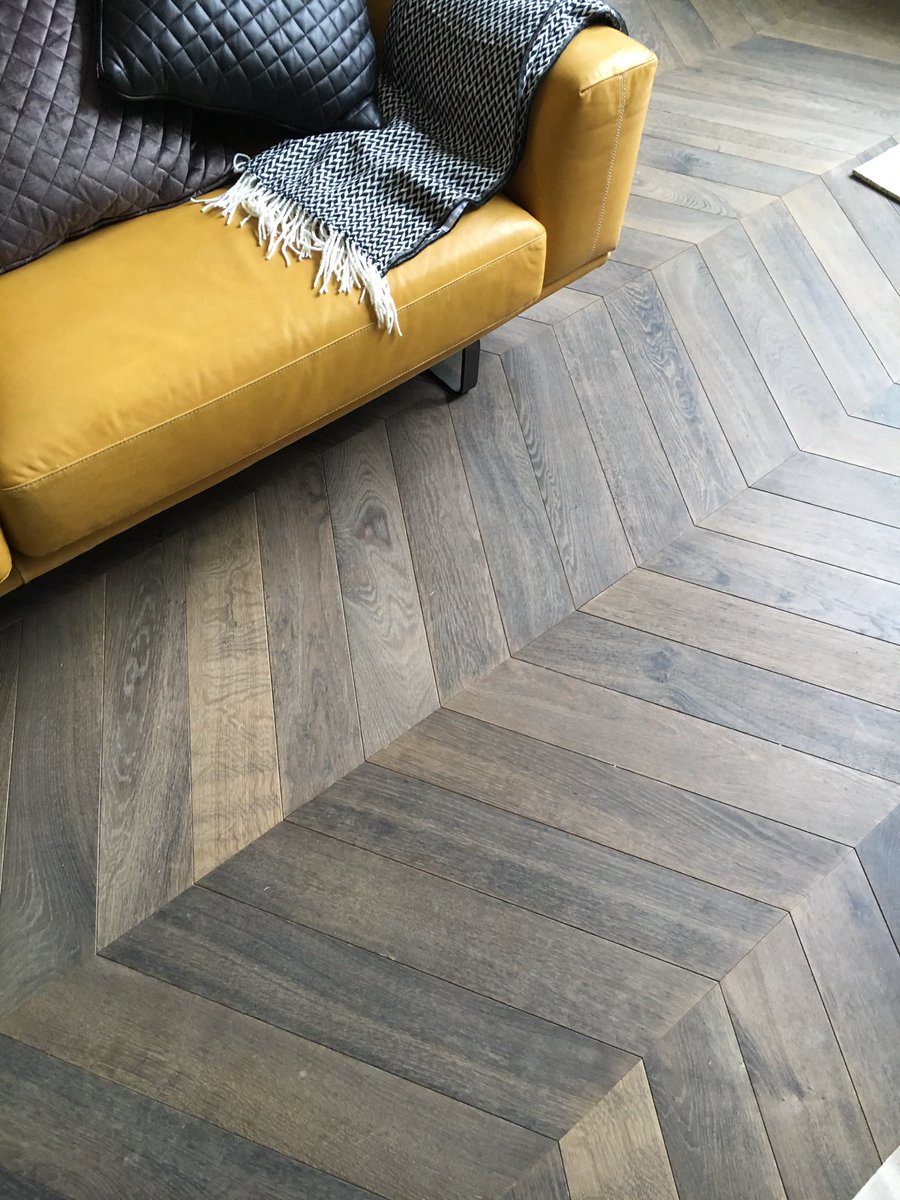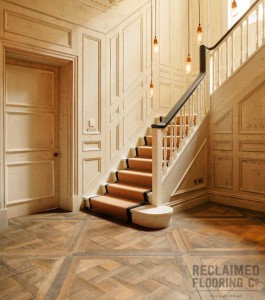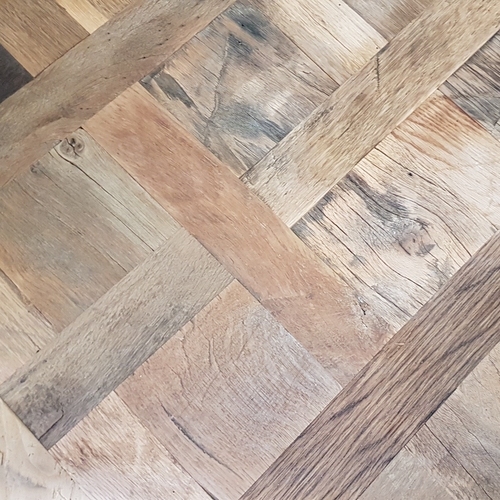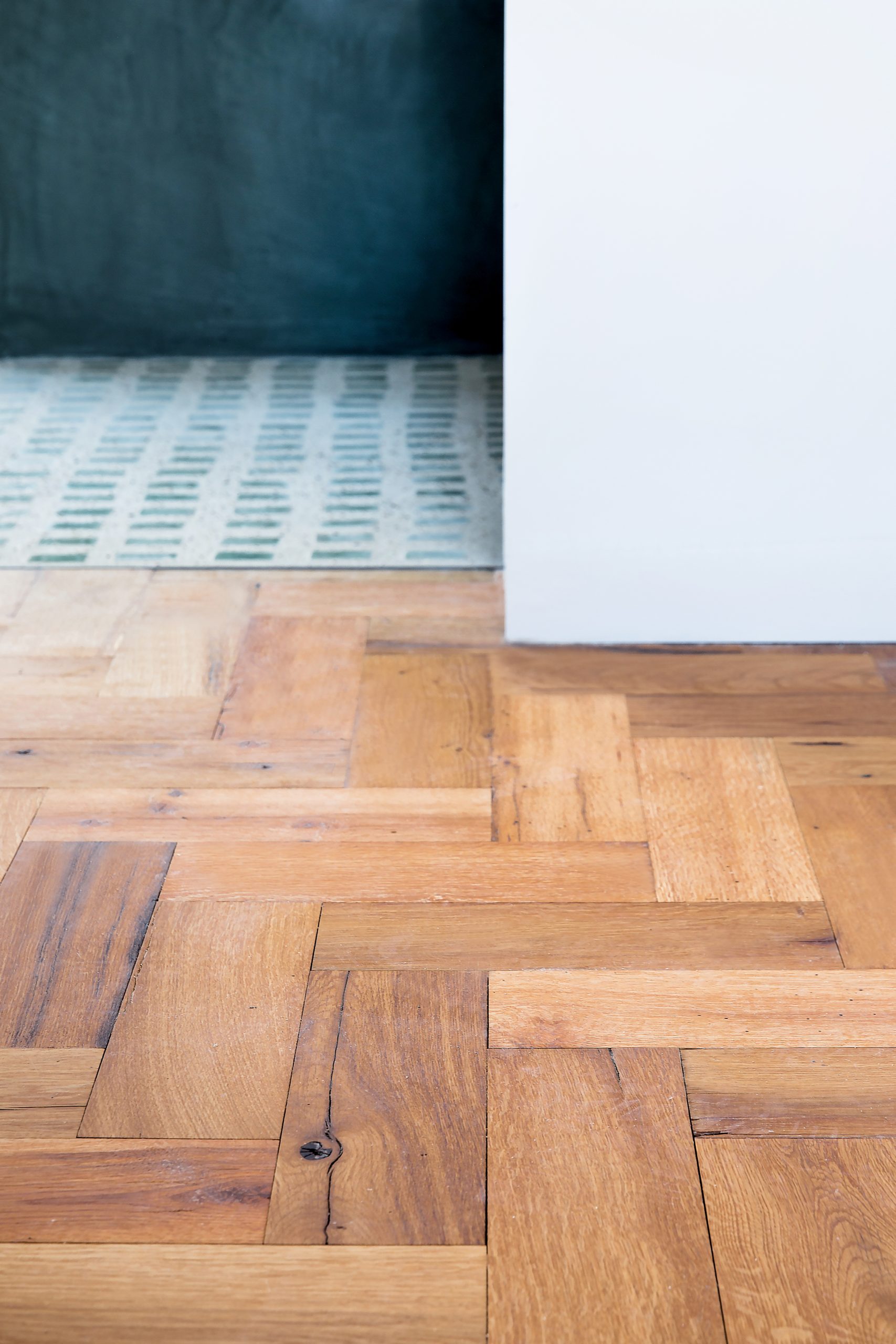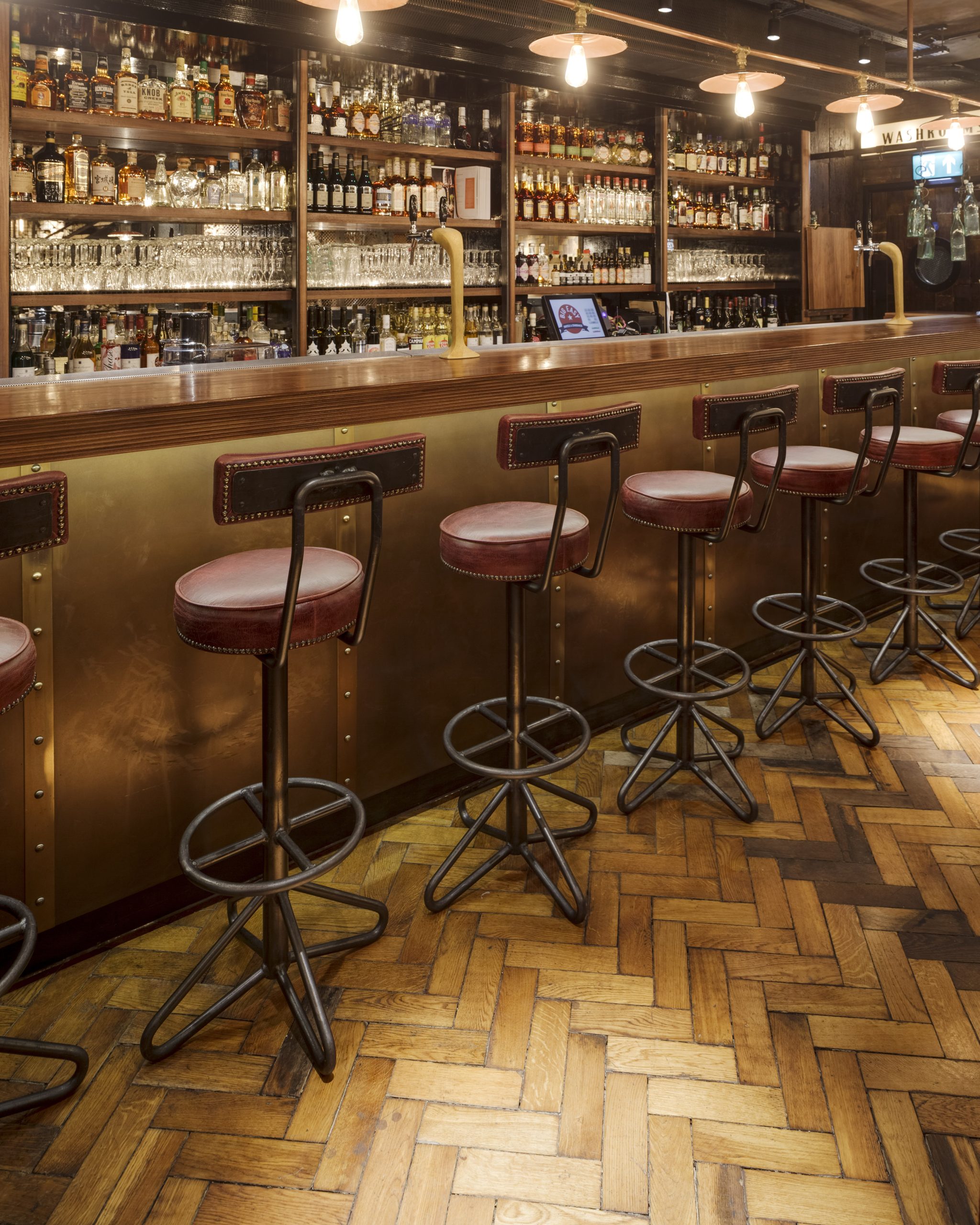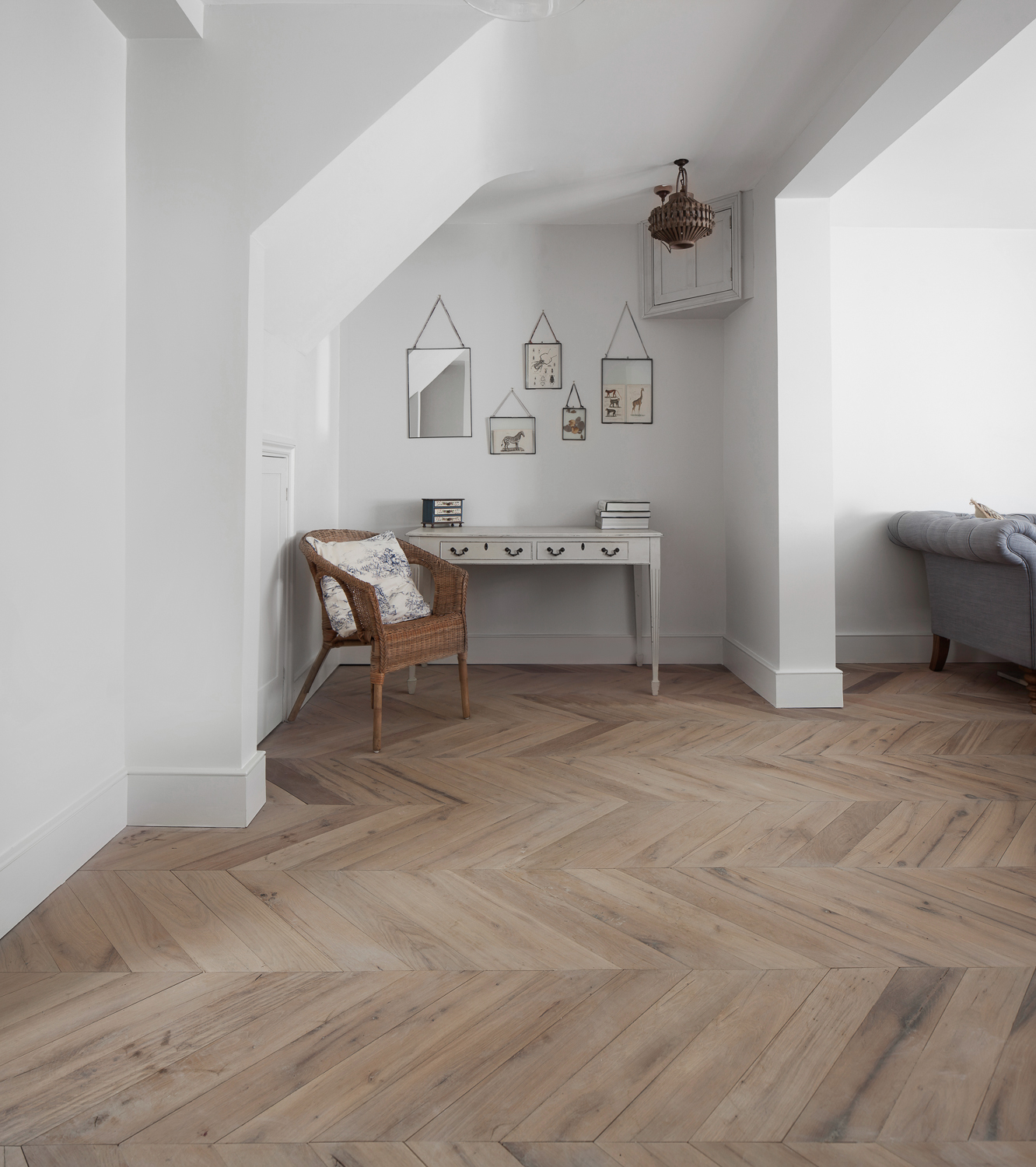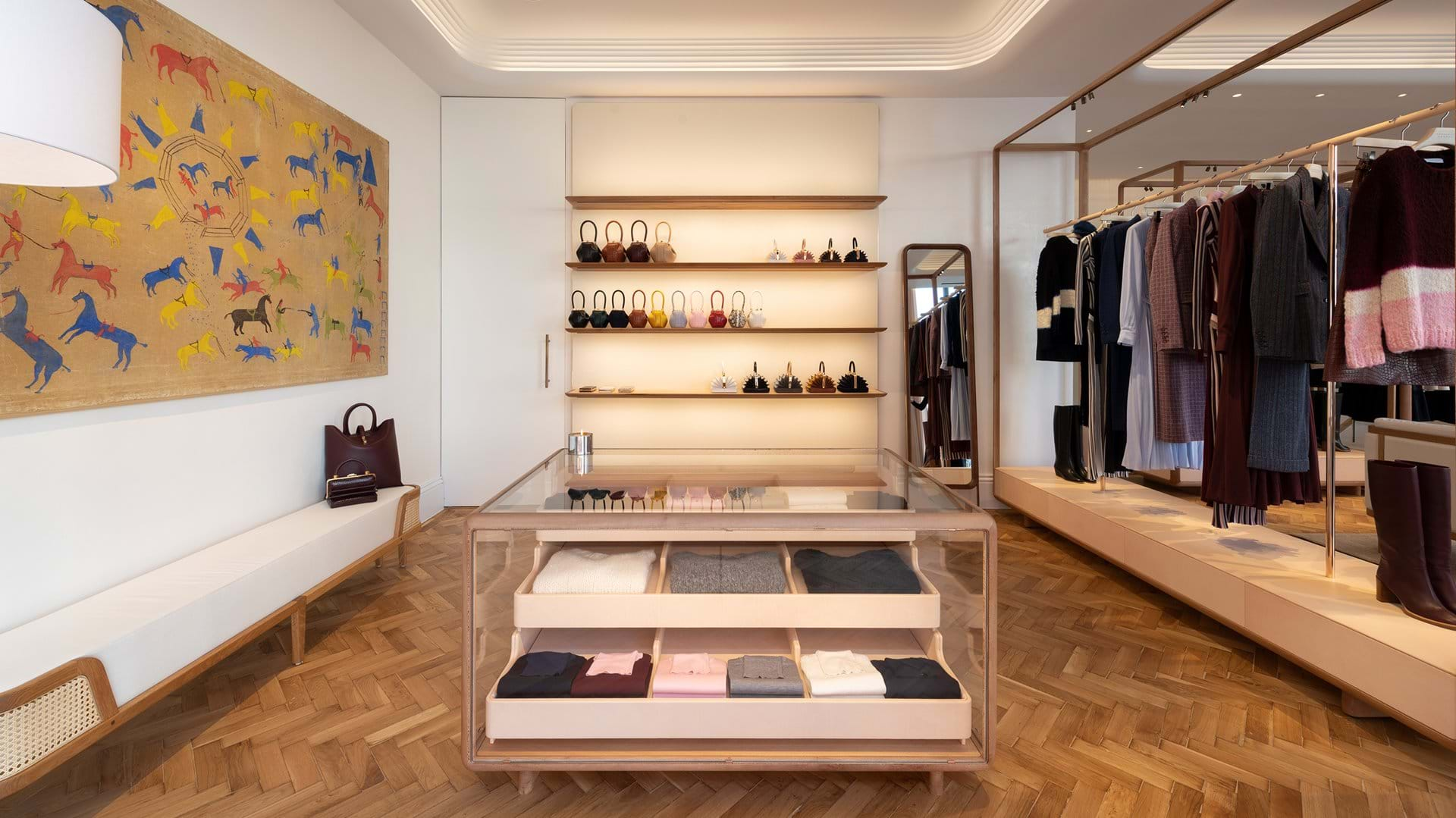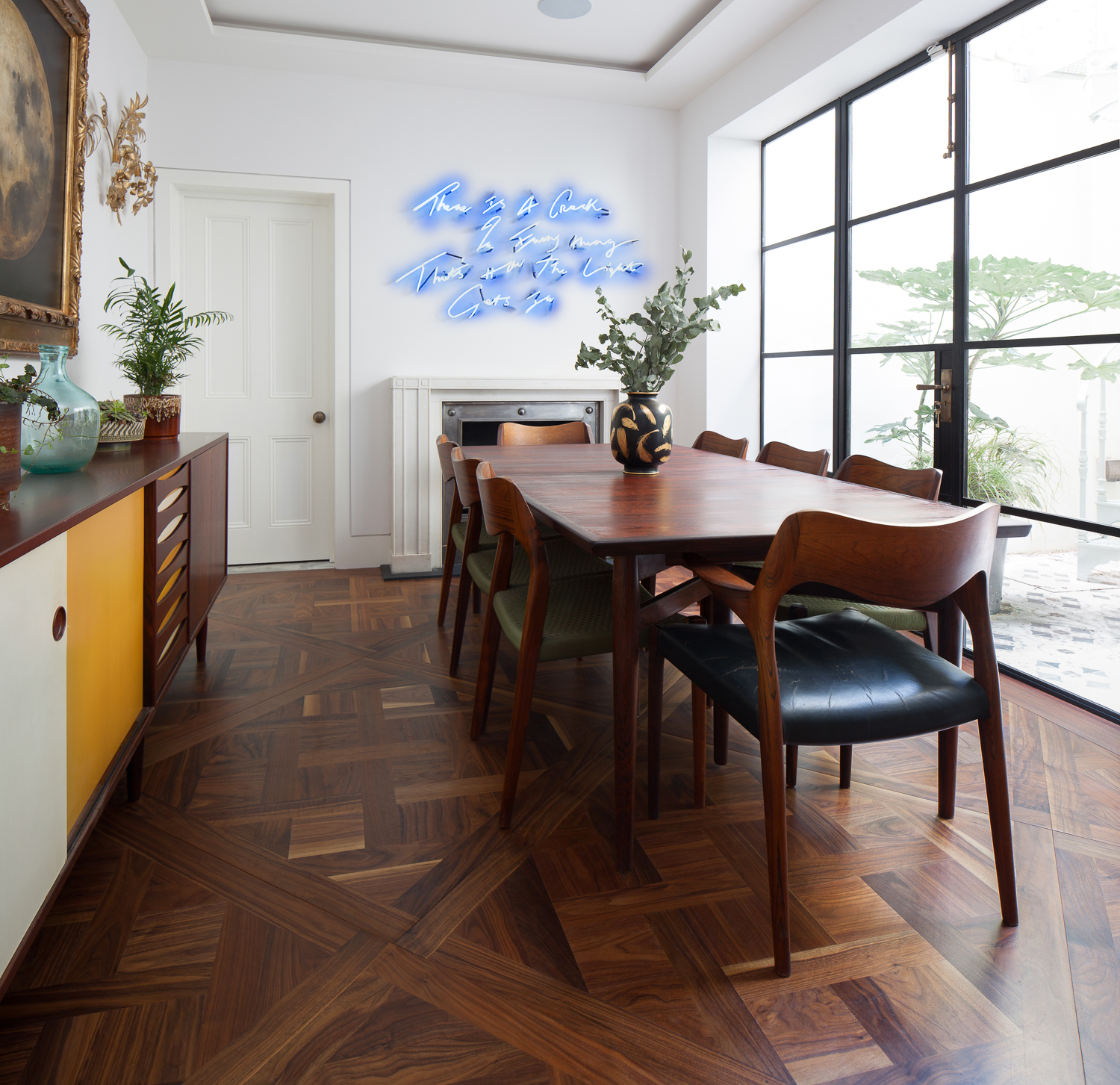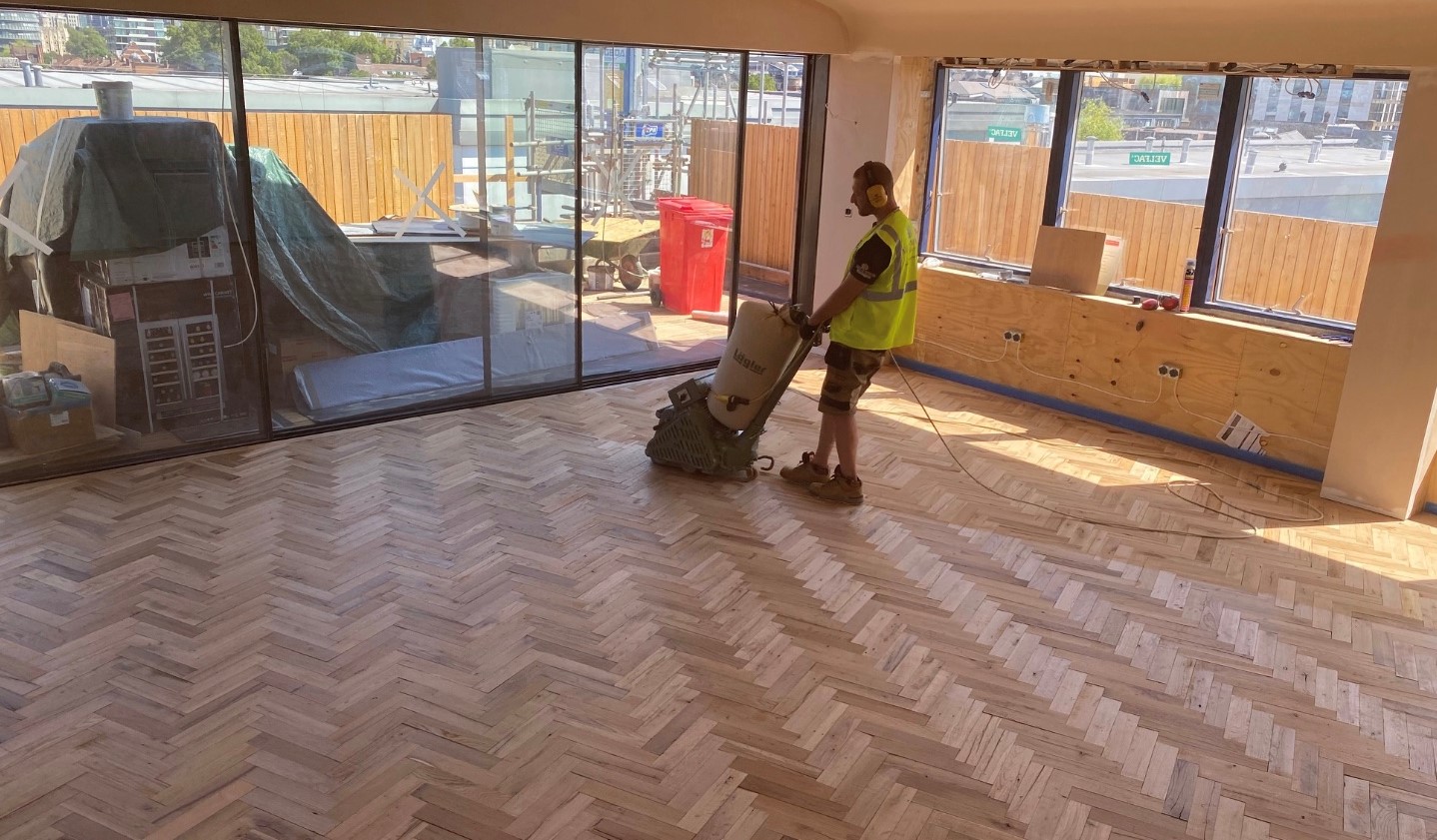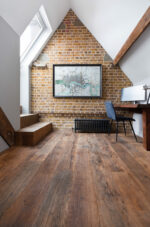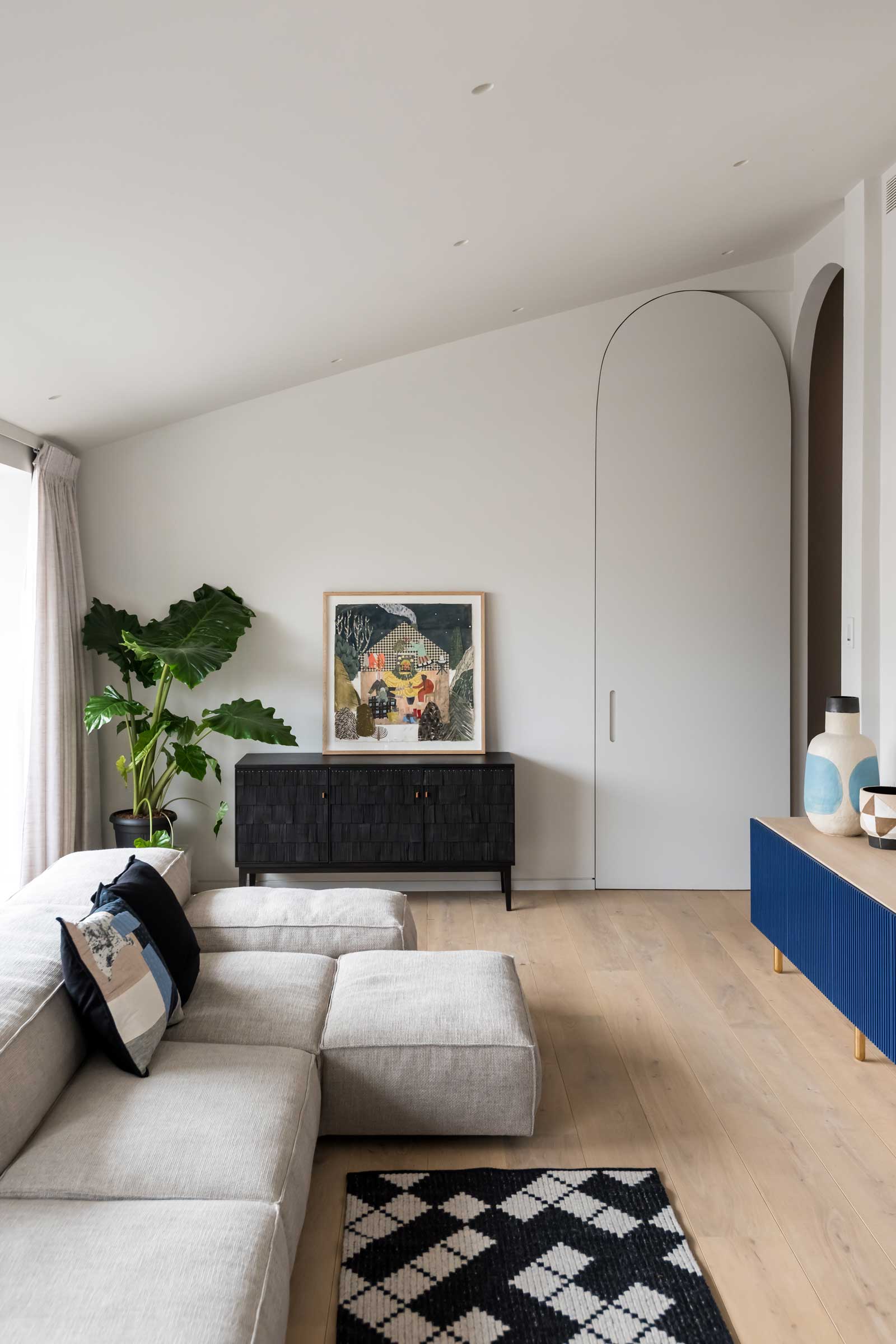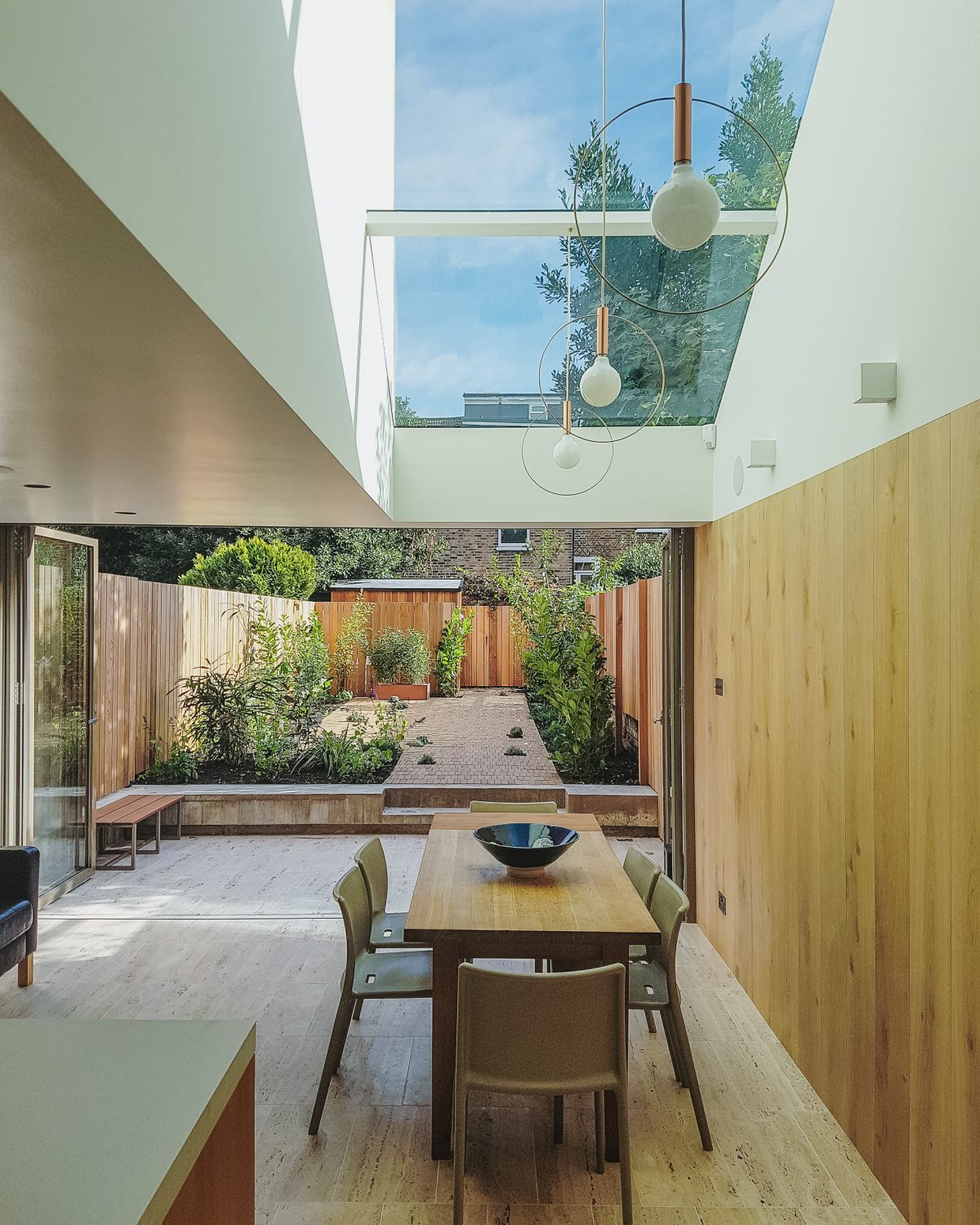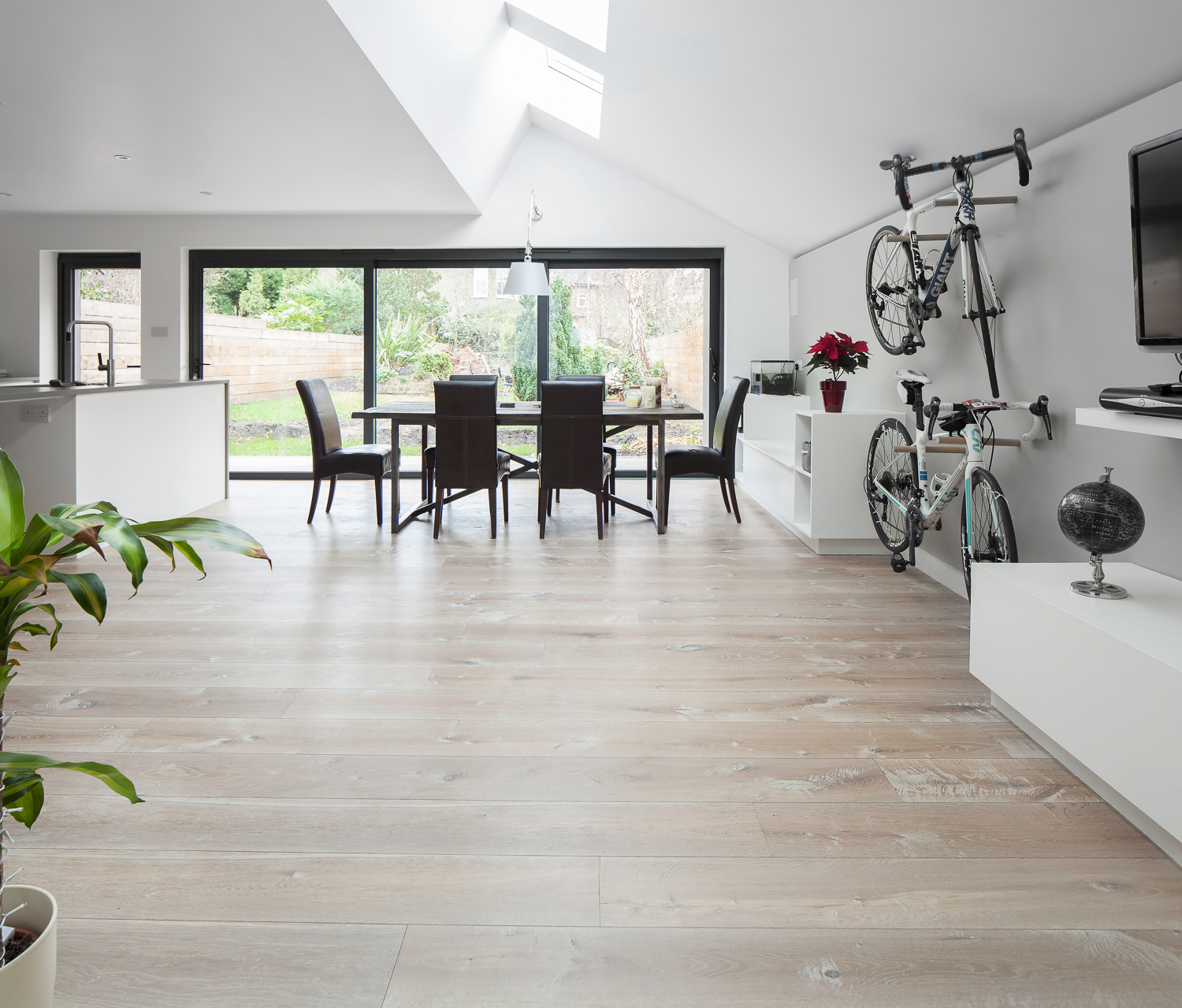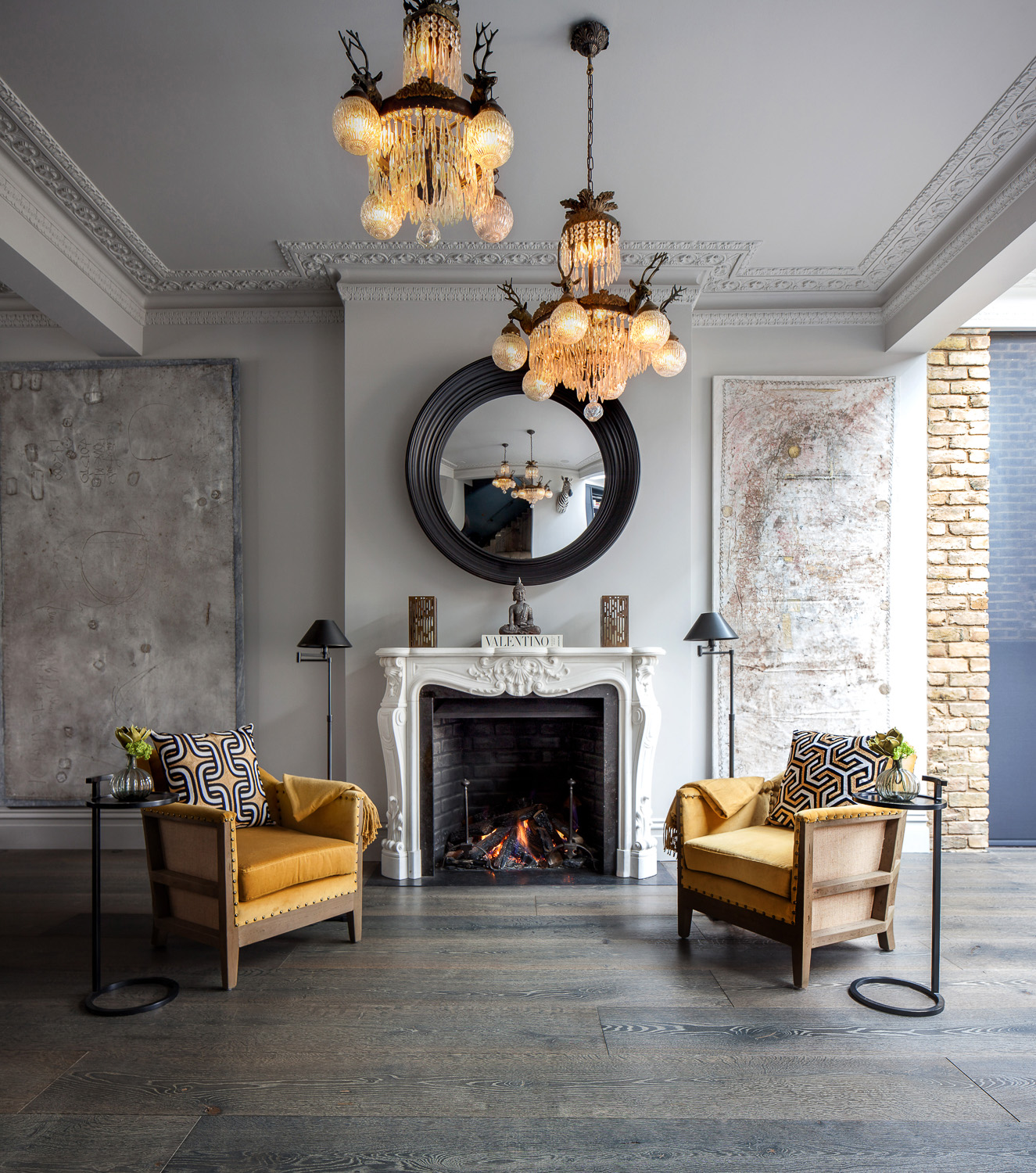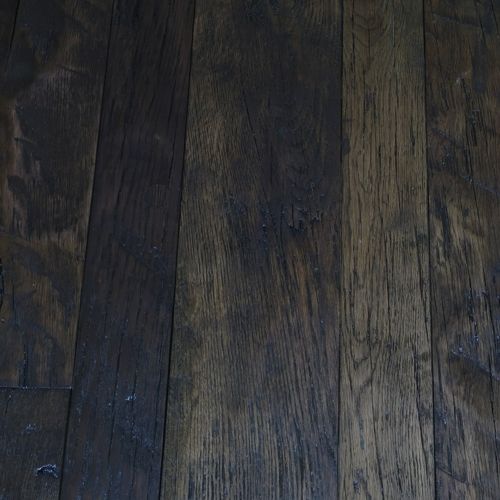
Dorothée Meilichzon has gained a reputation in the French capital’s hospitality industry — embracing rich, bold textures, colours, and prints in the rooms she designs. A true perfectionist with a researcher’s mind, at just 27 she decided to set up her Paris-based studio, CHZON — now a global agency specialising in hotel, bar, and restaurant design projects.
Since then, her name is linked to some of France buzzworthy addresses, including Grand Pigalle Hotel, Hotel Panache, Hotel Paradis, Hôtel des Grands Boulevards, and so many more must-see destinations.
The award-winning Parisian designer is also responsible for conceiving London’s playful yet sophisticated Henrietta Hotel — as well as a list of exquisite projects in Ibiza, Basel, Venice, Cannes, Monaco, and New York.
Her intentions for the spaces she design is finding the right intrepid mix of textures, patterns and a pastiche of shapes in a way that creates a warm and unpretentious atmosphere. In fact, these peculiar details find their way onto her floors, walls and furnishings.
Rather than subscribing only to the traditional French aesthetic, Meilichzon designs exude genuine personality and an incredibly welcoming appeal that invites people to exchange, share, and make discoveries.
Each project she touches ensure that the interior exist in harmony with its environment. This, for example, is evident in the Hotel des Grands Boulevards — set in an 18th century building erected during the French Revolution years. The interior presents a rustic-chic style, featuring whitewashed walls, reclaimed timber beams and Versailles parquet flooring — a clever nod to the Petit Trianon château at Versailles.
For a traveller that’s seeking distinctive Parisian experience, Hotel Bachaumont is a worthy choice that will live up to your expectations. And if you’re a lover of glam retro, you’ll truly be mesmerised by its individual architectural characteristics.
The hotel’s lounge boasts a colour scheme of navy blue, beige and white, bevelled mirrors, fabric chairs in playful prints, backgammon-inspired table-tops, handsome detailing of dark wood and black marble at the bar, and medium-light brown floorboards.
The hotels brightly lit 49 rooms, four of which are apartment-sized suites, house a palette of deep blues, teals and greys, large beds with Pierre Frey fabric headboards, slender pieces made out of marble and wood, Stilnovo brass-accented globe lights and dark herringbone wood flooring to balance out the aesthetics.
Meilichzon is a designer who never repeats herself, perhaps this is what differentiates each of her projects. Her works offer an individual spirit and a unique adventure. On the island of Menorca, Menorca Experimental Hotel sits on 30 hectares of green, tranquil land, within a revamped 19th century country estate.
The 43-room agritourism surrounded by pine groves, juniper shrubs and wildflowers offer an all-encompassing experience. The retreat maintains as many of its remaining original architectural structure: exposed wood beams, roof tiles and timber shutters.
Custom furniture built by local artisans, rough-hewn local timber floorboards, glazed terracotta tiles, waxed concrete, and a palette of pastels and rustic tones are just the few characteristic features that accent the space throughout.
What’s truly impressive is how historic buildings are eclectically transposed into a perfect blend of contemporary elegance and understated bohemian aesthetic. Embracing existing, original elements seem to be a common thread. Materials from nature, particularly wood and stone are favoured in most of her hospitality projects.
A simple understanding of how we connect to the materials that we employ is crucial when designing restorative environments meant for a positive dining experience.
The growing interest associated with the use of wood lies in how naturally habitable the interior feels thereafter. Wood feels instantly familiar and can lend a sense of warm ambience to any built environment. In addition, it can bring an abundance of texture and character with weathered and distressed patina, whilst also delivering a more chic aesthetic.
Conclusion
Dorothée Meilichzon execute interiors with dramatic character — infusing classic, contemporary and retro elements, with a slight chic Parisian aesthetic. Each of her projects are different, offering a unique experience by bringing in a burst of excitement and vibrancy through contrasting colours, patterns, and playful shapes.
The designer’s sophisticated design sensibility is highlighted through the way she utilised different materials to create a harmonious atmosphere — for instance, the way she teams natural wood and stone to create a welcoming and memorable experience in each room. This mix-match of materials encapsulates the theatricality and status of the interior environment, resulting in a distinct visual identity.

Formafantasma, an Italian design duo based in Amsterdam presented an ongoing investigation that plunges deep into the evolution of the timber industry, commissioned by London’s Serpentine Sackler Gallery.
Curated by Rebecca Lewin, the exhibition presented work from the Cambio project, drawing from disciplines of science, conservation, engineering and policymaking — focusing on the governance of the extraction of timber from forests, its expansion across the world and the negative impact it has had on the planet’s biosphere since the 19th century.
Designers Andrea Trimarchi and Simone Farresin, who make up the Formafantasma team, seek to highlight how design should, and can, shape a better and more sustainable future — and raises awareness around climate change and ecological issues.
Through their holistic approach, the duo reaches back into the history of extraction, production and distribution of particular materials used by humans to find the patterns of supply chains, as well as looking at the future of that material’s survival in relation to human consumption.
Cambio (from the medieval Latin cambium, meaning “exchange” or “change”) references the cambial layer, a cellular membrane that runs around tree trunks. The function of which is to produce wood on the inside (a record of the tree’s past) and the bark on the outside (which enables it to keep grow).
The exhibition’s layout followed a concentric structure, much like the rings of a tree, to bring together an analysis-based series of films, objects, artefacts and samples aimed to poke viewers to reevaluate their relationship with trees.
The duo explained, “The exhibition aims to put into question the role that design can play in translating emerging environmental awareness into informed, collaborative responses.”
In response to interviews with specialists along with research data, Formafantasma created two films which were showcased in the central spaces of the Serpentine Sackler Gallery. Highlighted in the same area were a series of case studies that educated visitors about wood sourcing and usage — offering a better understanding of the philosophy and politics of plants.
Meanwhile, visitors were allowed to enjoy displayed objects from historical collections of wood samples and contemporary products in the north gallery, all of which were sourced from the Economic Botany Collection in Kew Gardens and V&A’s storage spaces.
Interestingly, the earliest samples of rare hardwoods from Kew were first displayed in The Great Exhibition of 1851, the purpose of which was to incite desire and inspire new products to be made from rare and — probably now — endangered tree species.
The newest display of furniture and seating comes from the Formafantasma collection, all of which are crafted from a single tree blown over in a storm in northern Italy in 2018.
In the south gallery, the exhibition opened with two wooden pieces that draw attention to the physicality of wood and its possible uses, with a two-screen projection and two sections of a tree trunk. This took place in an ambience that evokes the wet earth and flora of a forest, developed by Norwegian smell researcher and artist Sissel Tolaas.
The east section of the exhibition was home to forensic research undertaken by Formafantasma together with several scientific institutions. Here, viewers got the chance to learn more about wood as a biological archive that stores data and narratives within its tissues, even while it undergoes carving, pulping (for paper) or fire (for charcoal).
Lastly, a combination of images, text and film found in the west gallery “takes a view of forestry that moves beyond the extraction of resources and attempts to understand the complex ecosystems that forested regions contain.”
The Italian design duo explained, “Cambio is an attempt to expand our understanding of what design can be, going beyond the finished object in order to include its disciplinary boundaries; forestry techniques and timber legislations then become tools for designing a better future for our forests; scientific knowledge goes hand in hand with environmental activism in fighting illegal logging, and the equilibrium of trans-national geopolitics is redefined in the struggle between conservation and consumption.”
Conclusion
As designers, the Amsterdam-based team brings awareness to the depletion of natural resources a lot closer to home. Wood, being a natural material used for everyday objects and yet taken for granted, makes up one the largest industries in the world.
A series of films, workshops, talks and samples displayed during the exhibition will hopefully broaden and deepen debates surrounding sustainability. The consistent devotion put forward by Formafantasma to investigate and reveal the scale of the problem surrounding global wood consumption and how we can improve the timber industry is to be applauded.
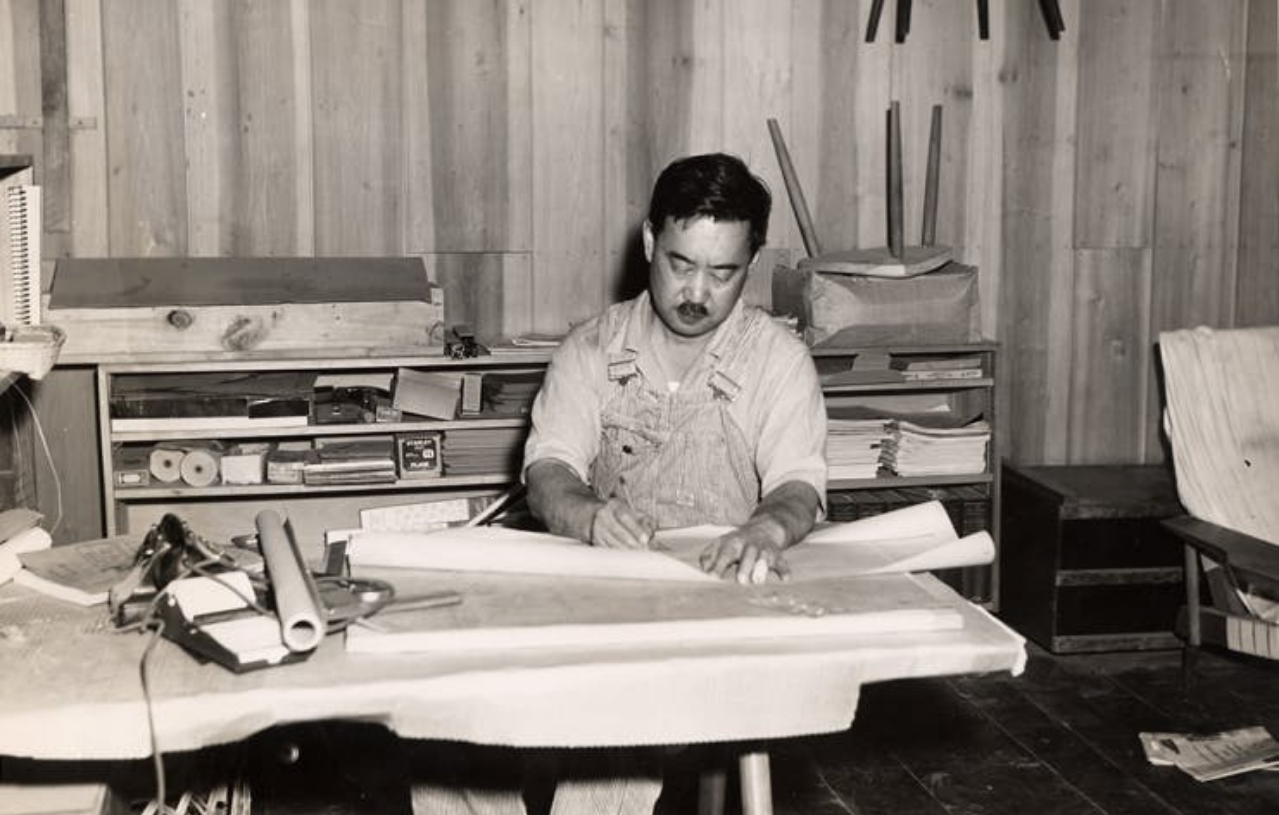
As one of the great designers and craftsmen of the twentieth century, George Nakashima is noted for his fundamental belief that every tree deserved a second chance at life.
Since inception, much of his craftmanship had always maintained a sacred relationship with trees, resulting in the production of some of the finest wood furniture of his time. His designs, which often incorporated slabs of wood from his own property and local areas, is highly recognizable and appreciated.
Born in 1905 in Spokane, Washington, to parents who recently immigrated from Japan — Nakashima’s hiking and camping trips as a young Eagle Scout instilled in him a love of trees and nature — a love that, undoubtedly, became a part of his life.
In school at the University of Washington, he first studied forestry and after two years switched to architecture. He went on to earn a masters degree in architecture from MIT.
Upon graduating, he moved to Tokyo in 1934 and started work at an architecture firm of Antonin Raymond, who combined Japanese building techniques with innovative Western practices. There, he was part of a team that designed interiors for the firm’s various projects.
He was later sent to India in 1939 to oversee the country’s first reinforced concrete structures. During his stay, he became a follower of an ashram’s guru Sri Aurobindo’s spiritual teachings.
Upon his return to the United States, he was disappointed by the architectural world and decided to pursue a new career as a furniture designer — a new chapter in his life that will have a lasting impact.
With his first workshop established in 1943, in New Hope, Nakashima’s discipleship in the ashram ignited his innate skills and aesthetic to create a style of functional beauty.
His earliest works showcased the wood’s purity and natural character, particularly its gnarled imperfections. His furniture making process rarely used the free-edge technique. Rather, he began producing custom-made pieces that were free of ornamentation, and focused on simple lines in order to show off the natural beauty and contour of each wood plank.
Within two years of setting up his studio, he entered into a working relationship with manufacturer Knoll, which brought his creations to a wider audience and into contact with other like-minded designers. He produced two original furniture pieces that served as early examples for Knoll, which began production in 1949 — the Splay-leg Table and Straight Chair.
Throughout the years working with large-scale retailers, his name became more established and respected as a maker of fine wood furniture.
George Nakashima’s elegant and thought-provoking furniture collection continues to enthral collectors. His work graces the homes of affluent individuals seeking something distinctive, including Steven Spielberg, Brad Pitt, Julianne Moore and many others. His most popular pieces: A Nakashima Conoid Bench, Conoid Chair, Lounge Chair and Minguren II Coffee Table are preserved for history in the Smithsonian.
Nakashima was mindful of choosing his clients — he found friendship with each one them to be vital and instrumental to the development of each final piece. The more he resonated with a client, the more likely it was that they were given top priority of the finest lumber, such as exotic varieties of Rosewood or English Oak.
While most woodworkers preferred furniture making with smooth and straight-edged lumber from the inner parts of a tree, he took pleasure in finding an ideal use for every part of the tree. Largely influenced by the Japanese belief of wabi-sabi, Nakashima revered in seeking beauty in imperfection — and had an uncanny ability and an almost psychic connection to the wood.
In his memoir The Soul of a Tree: A Master Woodworker’s Reflections, Nakashima wrote: “There is drama in the opening of a log to uncover for the first time the beauty in the bole, or trunk, of a tree hidden for centuries, waiting to be given this second life.”
In making furniture from slabs of wood, instead of hiding deep cracks and large gabs, he utilised the butterfly joint to hold pieces together. Although the butterfly joint was used by others before him, it became part of his craftmanship, and many referred to it as the Nakashima’s joint.
The final touches included using oil finish instead of veneers or lacquers so as to highlight the natural grain of the wood.
His craftsmanship captivates people “because it is different. My father integrated life and work by not tying into the big-corporation mindset of mass production and making money. To him, it was more important to make beautiful furniture; money would come later. He combined utilitarianism with beauty,” his daughter Mira Nakashima recounted.
“Dad always felt he was giving trees new life, and life continues. Not everybody understands this; it’s not for everyone, but if you are sensitive to it, you will sense life in each item we make. People realize this when they have sold their Nakashimas. It’s like selling a part of themselves.”
After his passing in 1990, Mira took over as the Creative Director of Nakashima Woodworkers — producing her father’s classic pieces that pay tribute to his legacy while simultaneously developing her own novel ones. She has also written a book about her father called “Nature, Form and Spirit: The Life and Legacy of George Nakashima.”
Of her father’s influence, she said, “Today, there is a strong legacy that lives all over the world in using the natural form of wood. The architecture he created on the property here (in Bucks County, PA) is now a Historic National Landmark. Another landmark in his life was to leave the camp in the desert and start a legacy here in New Hope.”
Conclusion
George Nakashima initially wanted to be an architect but instead became one of the world’s renowned woodworkers… shaping each piece of wood and fashioning it into a useful object for human consumption. In his eyes, the tree was always where everything began and it was up to the tree to dictate the form to follow.
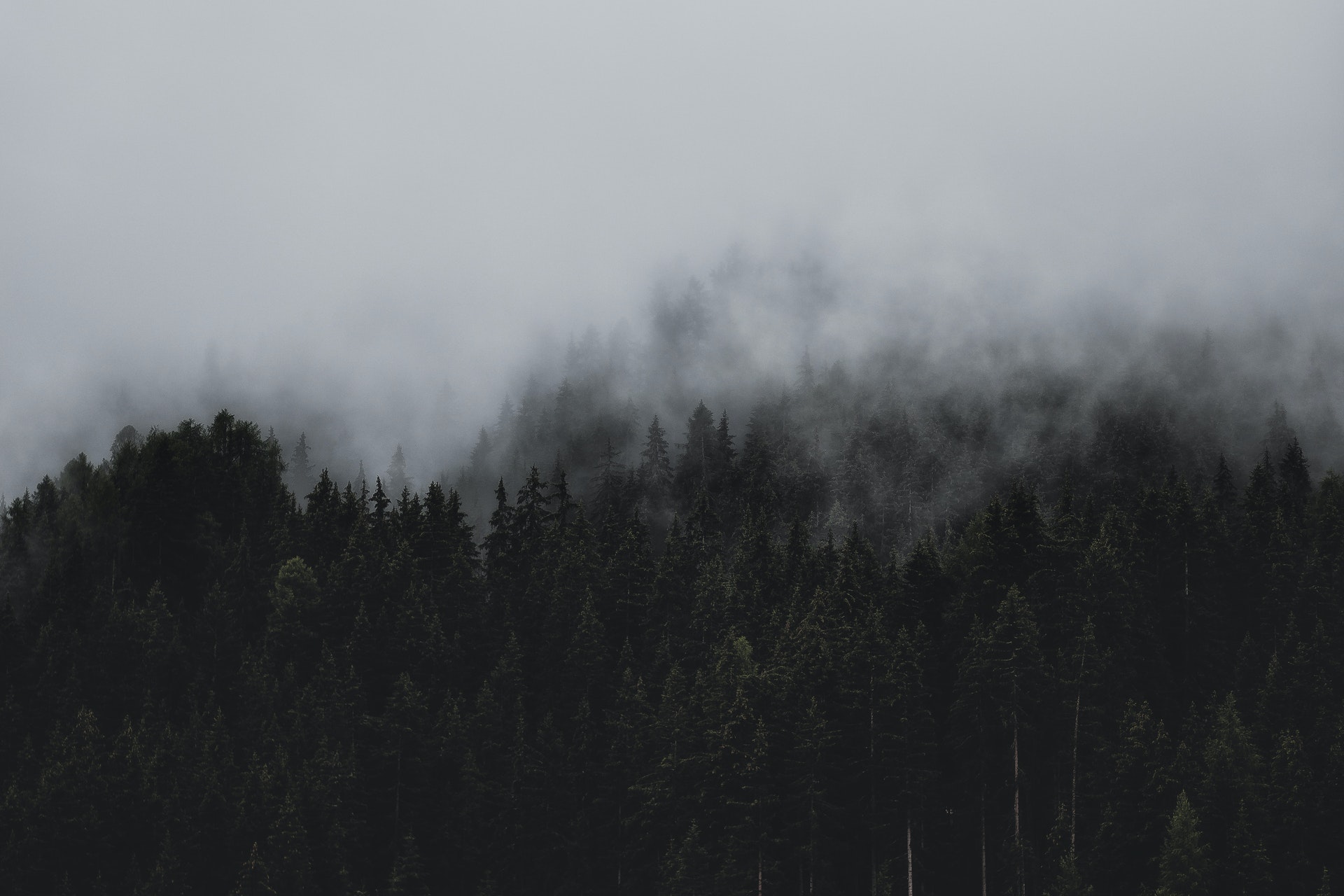
A walk in a forest full of trees can be rejuvenating and healing.
Each tree stands tall and solitary, yet there is so much going on in the forest that a naked eye can’t see.
Imagine a chitter-chatter between a collection of trees.
Is it possible that trees actually do talk to each other?
Just two decades ago, forest ecologist Suzanne Simard from the University of British Columbia in Vancouver, found out that trees are immersed in deep relationships with each other, communicate often and over a vast distance.
This astonishing discovery came about while researching her doctoral thesis.
And if trees do talk to each other, how do they do it? Simard suggests that trees communicate their needs and send each other nutrients such as phosphorus and nitrogen via a complex network of fungal filigrees hidden underground.
This sophisticated and interconnected social network of latticed fungal filigrees has been nicknamed the “internet of fungus” or “Wood Wide Web”.
Simard compares these symbiotic networks to neural networks in human brains…
And it is through this elaborate system that trees are able to send warning signals about environmental change, search for kin, share resources and nutrients with neighbouring plants before they die, and, surprisingly, use their leaves to sabotage unwelcome plant-eating animals and insects by spreading toxic chemicals that repel the intruders.
Simard, together with her research team has helped change scientists’ attitude towards the interactions between plants. “A forest is a cooperative system,” she said in an interview with Yale Environment 360.
“To me, using the language of “communication” made more sense because we were looking at not just resource transfers, but things like defence signalling and kin recognition signalling. We as human beings can relate to this better. If we can relate to it, then we’re going to care about it more. If we care about it more, then we’re going to do a better job of stewarding our landscapes.”
And now, an international team of scientists believe almost all plant species worldwide are in relationships with fungi living in the soil.
These fungi can connect one tree root system to another tree root system to create what’s known as a mycorrhizal network.
Some of the important things that the mycorrhizal network can influence include survival, growth, health, and behaviour of the trees linked within it.
Simply plugging into mycelial networks makes a plants’ internal core respond quicker and more efficient, a phenomenon called “priming”.
How trees naturally communicate, even if quietly, above and underground using sound, scents and signals have been an amazingly fascinating topic for years.
In his book, The Hidden Life of Trees, Peter Wohlleben, a German forester and author, came to a similar realisation and uses a human family analogy to describe how adult trees, dubbed “mother trees”, play a key role in supporting other neighbouring trees as well as “suckle their offsprings”.
Trees are interconnected, supporting each other as they grow, sharing nutrients with those fighting diseases or struggling.
The key aspect of this interconnectedness is to create an ecosystem that mitigates the impact of extremes of heat and cold for the whole group.
As a result of such interactions, trees among the same family or between species are protected and can live to be very old. In contrast, solitary trees have a tough time of it and in most cases die much earlier than those in a group.
Wohlleben views the forest as a sophisticated, superorganism of unique individuals — and spends his time managing an ancient beech forest reserve in Germany’s Eifel region.
In his interview with The Guardian, he explains that after stumbling upon an old stump still living after about 400-500 years, without any green leaves: “Every living being needs nutrition. The only explanation was that it was supported by the neighbour trees via the roots with a sugar solution.”
It was at this moment and many more after that he opened his mind to the trees.
He further states that “As a forester, I learned that trees are competitors that struggle against each other, for light, for space, and there I saw that it’s just the opposite. Trees are very interested in keeping every member of this community alive.”
Wohlleben talks about trees admiringly and in a way that makes them seem quite human — describing them as “plant elephants” — and wood as “tree bones”. He believes that human connection with the natural world isn’t lost, but perhaps distant because for the last 20 decades, scientists have taught us that nature works without a soul.
Both Simard and Wohlleben alike, would no doubt agree that conservation is key. Understanding that trees are masters of connection and quiet wisdom could be what leads to a more sustainable commercial-wood industry.
Because when it’s all said and done, the influence of our natural forests to the well-being and survival of humankind are extraordinarily vast and far-reaching.
Conclusion
There is an incredible body of research conducted in North America and Europe which indicate that trees are “sentient beings” — with the ability to transmit information and communicate among each other in ways that enable a beneficial tree-to-tree sharing system and aid in their collective survival.
When we recognise that there’s a lot happening under the surface of the forest floor, perhaps we can then begin to have a broader understanding on the significance of worldwide forest conservation, and how this phenomenon is crucial even to our own survival.
The evidence pointing to how these mysterious gigantic beings communicate and defend themselves against imminent attacks can also inform smart ways to preserve and replenish our greenspace respectfully in years to come.

Choosing wood flooring to install in a below-grade basement can be quite a challenge.
Not all flooring can stand up to damp conditions and high levels of humidity. Solid hardwood floor, for example, absorbs moisture and will warp, crack, cup or crown when exposed to harsh conditions — making it an unfavourable option for basements.
Engineered wood flooring, however, lets you enjoy the warmth and beauty of real wood, whilst maintaining the stability and moisture resistance of laminate construction.
Why are basements so damp?
Due to persistent condensation, basements are often too damp (especially in old homes) to be comfortable for hardwood flooring. Water vapour from warmer outside air sinks to the basement where it condensates cooler surfaces such as the solid concrete foundations that support our homes and make up the walls and floors.
Other moisture and humidity sources can be caused by water seeping against the walls or entering through cracks in window casements. Too much dampness will ultimately lead to rot and decay, architectural damage, and other types of biological growth.
Because of its construction — a top layer (known as wear layer) of hardwood adhered to three or more layers of backing material, either plywood or HDF — engineered flooring can tolerate large swings in temperature and humidity better, making it an ideal option for basements.
Engineered wood flooring can be installed over radiant heat, floated, glued directly to a concrete slab, and nailed or glued to a plywood subfloor.
Before installation
If you have a plywood subfloor, fill any gaps with levelling compound for an even surface. You would generally be best off to have a standard engineered wood floor that can be nailed into the plywood. For a smooth and fairly levelled concrete subfloor, a regular engineered wood floor can be installed by glueing it to the substrate.
If the subfloor is uneven, proper installation preparations are essential to the durability of the finished engineered floor. This may mean grinding off any high spots and smoothing out cracks or imperfections.
In a case where the subfloor is fairly level but not smooth, you have the option of installing clickable floorboards that can be floated on top.
Why is moisture so critical to surface preparation?
While engineered wood flooring is sturdier than traditional floorboards, it does expand and contract due to temperature and moisture changes. For this reason, your choice of adhesive will be determined by the environment and the conditions during installation. Certain wood adhesives are formulated to provide the necessary moisture barrier
Installing on concrete subfloor
Before you put down any floor in the basement, you may want to cover the concrete with a moisture barrier. This could be anything from poly sheeting, paint-on products designed to seal concrete slabs or underlayment with a built-in vapour barrier.
A moisture barrier does a great job at preventing moisture and water vapour from wicking up through the cement slab into the wood planks. Alternatively, a subfloor can be installed as a supplementary floor that keeps engineered wood boards from contacting the concrete directly.
What’s more, subfloors provide support for floating floors, and can act as both sound and heat insulators. A layer of 3/4 inch plywood-on-slab and sleeper are great subfloor systems for concrete installation.
A supplementary subfloor and moisture barrier will create additional floor height, which may require you to cut any basement doors shorter.
Like any other hardwood installation, it is required to acclimate the floor boards by unpacking and placing them in the area they are to be laid. Let the open boxes of wood sit in the room at least 4-7 days to absorb the ambient temperature and humidity.
Conclusion
Basements are often complicated; hence the wrong type of flooring faces a variety of defects that may not be apparent until sometime later. Engineered floorboards make hardwood flooring an ideal choice for the lower level of your home.
Many of the damage risks can be minimised because of the core components of the materials that make up engineered flooring. Plus, it offers the natural characteristics of almost any hardwood species.
Proper damage preventive measures include consulting a flooring professional before installation. They will advise on the best structure/installation method and whether floor prep is required since most basements are uneven.
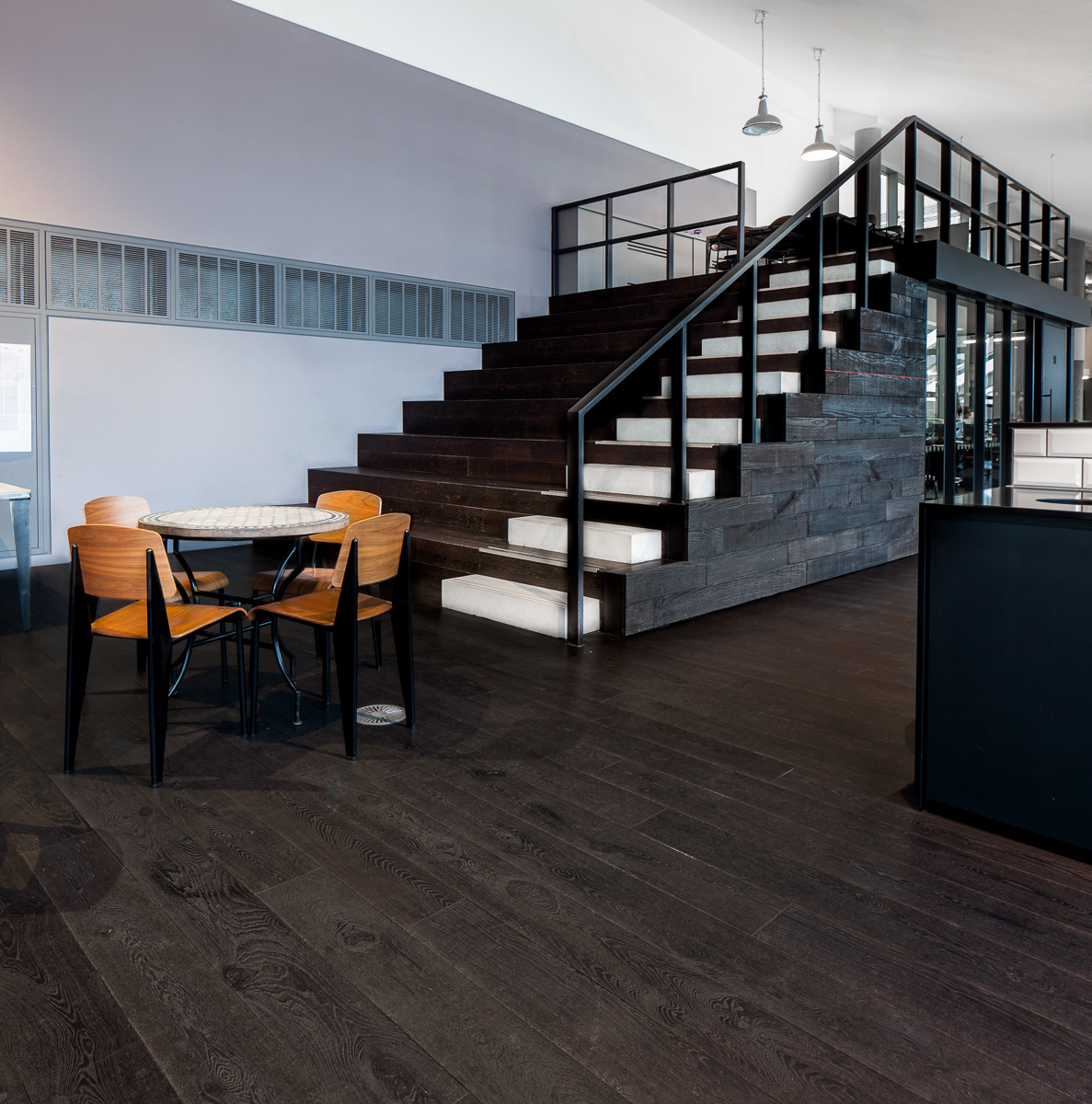
Wood flooring has a timeless aesthetic that seems to never go out of style. Besides its durability and low maintenance care benefits, it offers a great way to usher in an organic, biophilic feel into an office environment, coordinating different styles around its sophisticated and classic appeal
For a remodel or a newly built office, you may want to select material that balances function with beauty. If you’re looking at hardwood flooring as a possible option, there are many reasons why you should go for engineered floor — it offers a wider variety of style options, easier installation and lasting peace of mind.
What exactly is engineered wood flooring?
With so much demand for long-lasting hard surface flooring today, one of these choices include engineered wood flooring. This type of flooring is made up of layers — the top layer being genuine hardwood, bonded over a substrate of 3-9 high-quality plywood.
The middle and back layers are positioned in different directions for dimensional stability and resistance to moisture, humidity and arid conditions.
Engineered wood flooring with a thicker wear layer can last 40-80 or more years before having to be replaced.
The hardwood veneer that sits atop comes in a variety of species including oak; with multiple finishes available in matte, semi-gloss and high-gloss; and in a number of surface effects such as hand-scraped for a time-worn appeal, distressed for a slightly rustic charm, or wire-brushed.
A sustainable choice
The construction process of engineered floors is highly resourceful and utilises less hardwood, making this type of flooring a more eco-friendly option.
Deforestation has become a worrying issue, and striving to choose “greener” products for an office project helps the environment around us.
It’s important to purchase flooring through manufacturers that harvest from responsible forests. An easy way to ensure that you’re playing your part is to check if the company is FSC certified.
Keep a clean, fresh office environment
High-quality engineered floor can be next to indistinguishable to solid wood flooring, even by a trained eye. And like solid hardwood, it has both aesthetic and positive health effects when used within an interior environment.
When you’re building a space any employee would love to work in, you want the results to be as beautiful and useful as possible.
Well-documented research indicates that the naturalness, warmth and aspirational appeal of wood flooring can positively impact workers psychological and physiological well-being.
Engineered flooring is no different — it helps promote a clean, healthy and hospitable workplace for everyone.
According to a study conducted by HOK Architects, wood offers a sensory stimulation both visually and tactilely, which can contribute to employees’ ability to rally their best in terms of productivity and performance.
Another study carried out by the University of British Columbia reveals a link between wood biophilic properties and stress reactivity in occupants of the built environment — a similar effect humans experience when their desire to connect with nature is fulfilled. These positive results promote improved health, happier employees and a reduction in sick days — a profound benefit to any company’s bottom line in more ways than one.
Engineered wood flooring can also benefit air quality in an office setting. Unlike other flooring options such as carpet, dust and dirt don’t cling to the floor due to its hypoallergenic properties. This solid foundation of knowledge reinforces the idea that this type of flooring is a sound investment choice for any corporate environment.
Easier installation
Engineered flooring is almost always sold prefinished, which eliminates the time-consuming step of sanding and finishing on-site.
Another advantage of using engineered flooring in the office is the ease of replacement should the boards get damaged for whatever reason.
Wide range of choices
Unlike classic wood, engineered flooring offers far greater styles, widths (from 3”-7” wide and 3/8” to 3/4″ thickness) and finishes that make it easier to find the perfect match for the office design of your dreams.
From the deepest charcoal to a light, natural finish — domestic and exotic species to hand-scraped and wire-brushed styles, your imagination can truly go wild when creating an aesthetic that you desire.
Engineered wood flooring boosts a prestigious and dignified aura that’s well suited for any corporate space.
Conclusion
When searching for the perfect flooring material, it’s important that you consider its durability, lifespan and how well it will complement your offices’ overall aesthetics. Engineered wood flooring has become a favourite option in recent years because of these features and flexibilities.
When compared to other wood flooring material, it stands up exceptionally well in terms of the range of design choices available, durability, dimensional integrity, resilience to moisture and foot traffic with very little competition.
No matter how you look at it, the return on investment for engineered wood floors is incomparable.
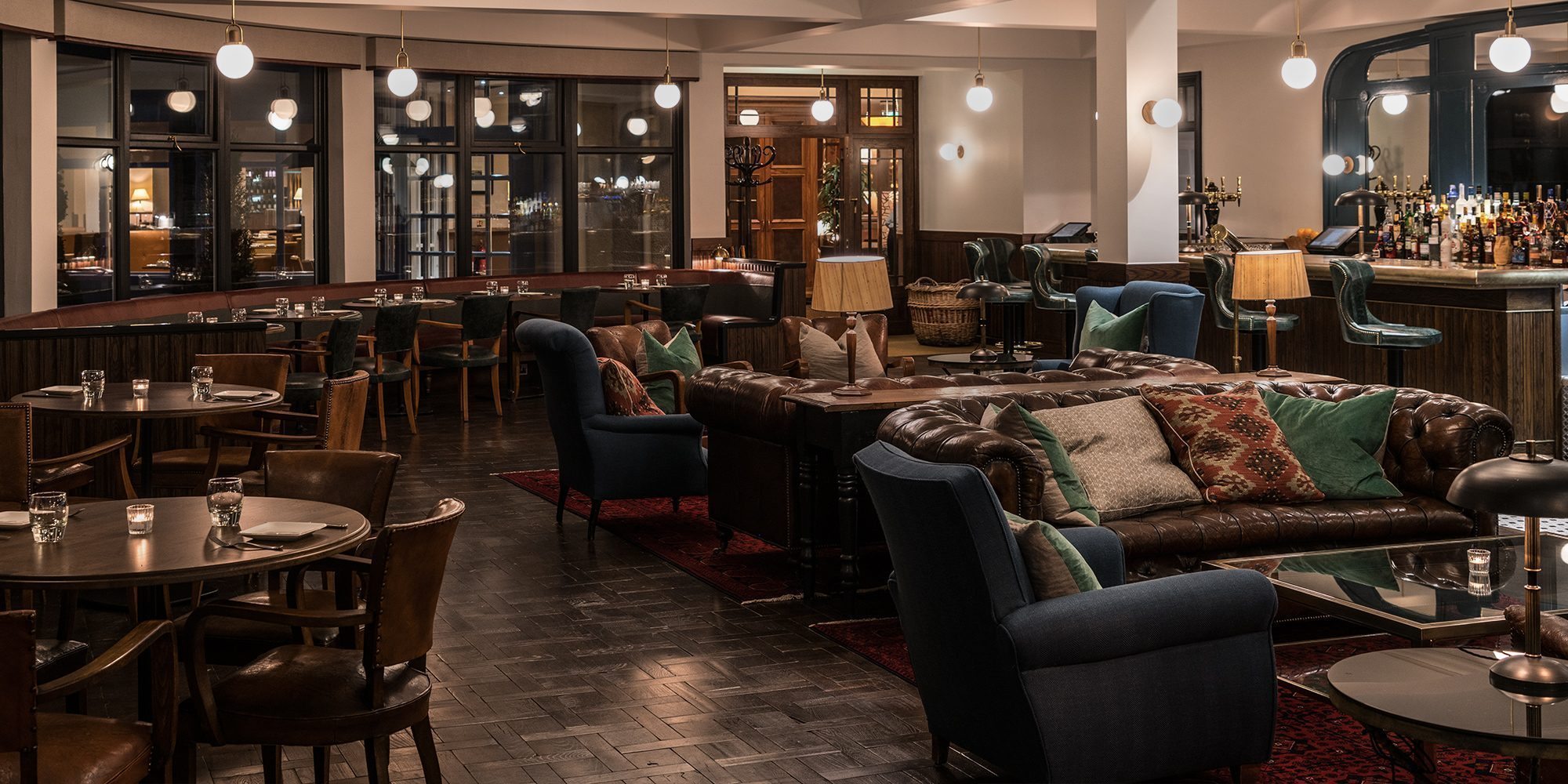
If your flooring is going to be the ‘pièce de résistance’ of your kitchen, parquet offers the best opportunity to make an impact.
One thing that is indisputable is that this style of wood flooring performs on many levels — it’s durable, easy-to-clean and long-lasting — and it looks stunning, too.
Because parquet wood floors are currently very popular, they’re a fantastic way to introduce depth of texture, charm and timeless beauty to even the simplest kitchen.
Below we look at stylish ideas that will truly inspire your next remodel.
Make a bold statement
Parquet floors are the standout piece in any stylish kitchen.
Even better when your scheme is open plan — you could run the same floor throughout the space as a connecting thread to different areas — dining, cooking and lounging, for instance.
The striking results add definition to the large space and elevate it with a designer finish.
Create a subtle feature
For an understated yet delicate finish that will never date, parquet wood floor can be used to welcome a sense of warmth and elegance without being too over the top. Classic parquet with natural markings and textures can be laid beautifully to blend into a kitchen scheme with subtle style. Opting for neutral kitchen cabinets and walls will allow warm tones of wood to shine through.
Call on contrast
Dark-stained parquet floors are a great choice for the kitchen if you’re looking to add to the atmosphere. The intricately patterned floor offers an interesting contrast when partnered with white walls and high, airy ceilings. Rich, dark floors not only add character, but they are also perfect for heavy traffic areas such as a busy family room.
Create a surface for natural light
If you’re looking to combine two of the hottest interior trends, then lighter, natural wood flooring in a geometric pattern is a perfect choice.
Light tones of flooring enhance the sense of space — a great choice for a pared-down contemporary kitchen style. Beautiful, sophisticated and versatile — lighter-toned parquet floors tick all those boxes and more.
Double it up
If you can’t get enough of traditional herringbone design, why not double-up for a rather modern touch. This involves pairing up the planks and creating a bolder impact visually. For a more impressive effect, mix up the colours, grains and finishes. Warm and slightly darker doubled-up herringbone lend a contemporary feel, while a lighter, natural tone adds an authentic look to the kitchen’s scheme.
Timeless grey tones
A medium-toned grey that sits right in-between dark and light spectrum will complement any style of kitchen cabinetry — everything from relaxed to upscale. Even more appealing is how grey parquet floors level up the sophistication of kitchen design. They serve as a foundation for lighter, brighter colours and also balance out darker hues and design elements.
Conclusion
Improvements in products and sealers make parquet wood floor a great pick in kitchen design. What’s more, this flooring style is loved for its sense of timelessness and warmth that complements a range of decor styles — from contemporary to cosy Scandinavian to traditional spaces. If you’re thinking about remodelling your kitchen, consider these flooring ideas to create a clean and finished look with parquet.
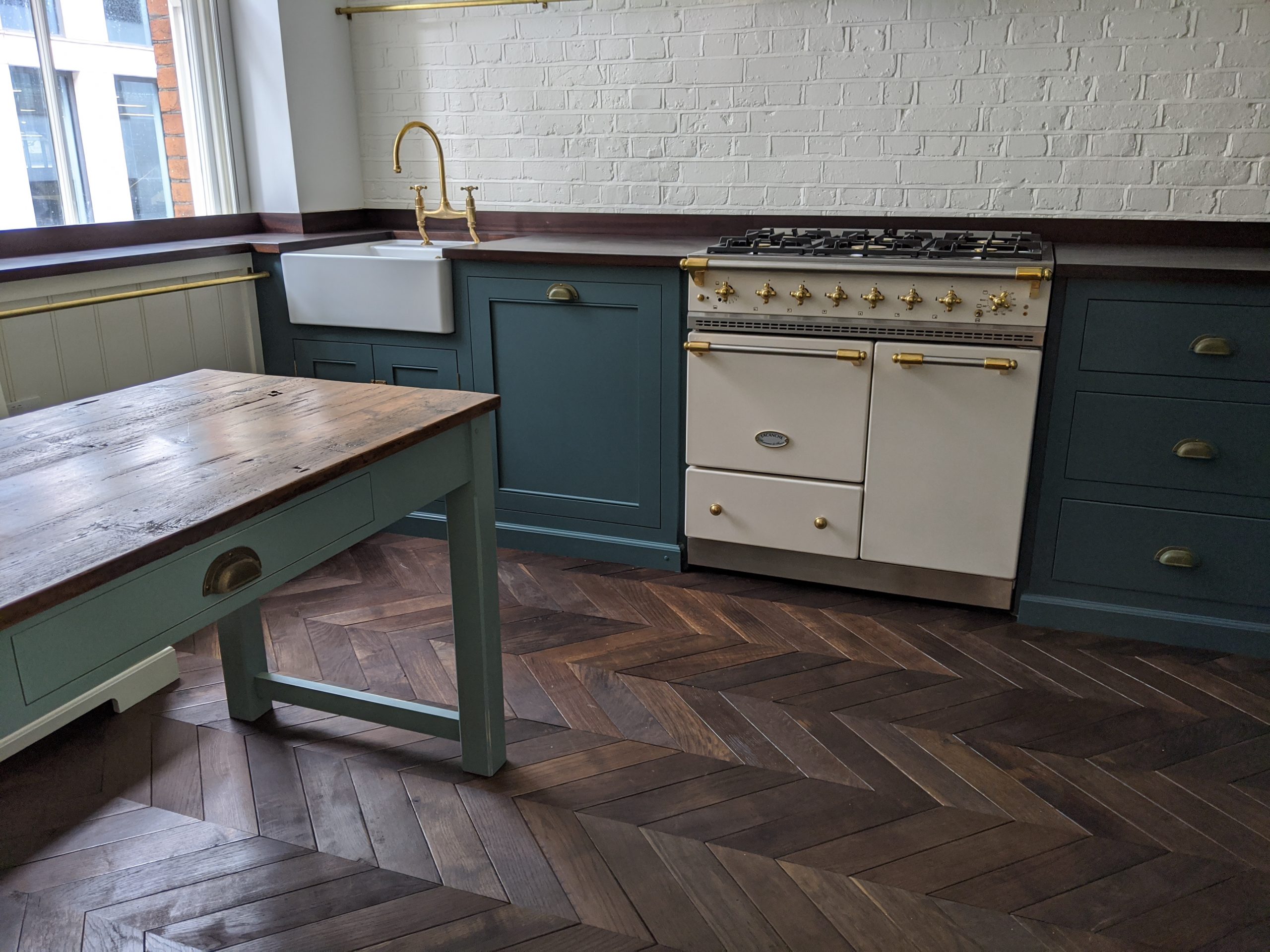
Like ordinary wood flooring, parquet creates a natural, cosy and sophisticated atmosphere in any interior setting.
It is constructed from smaller pieces of wood or planks laid at angles to form a variety of geometric patterns.
Derived from the French term “parquetry,” meaning “small compartment or enclosure”, parquet wood floors originated in France in the 17th, Century, and were a widely acclaimed option for wealthy residences, museums, galleries, church halls and grand public spaces.
In early days, parquet was handcrafted from solid hardwood, installed one piece at a time.
Today, modern parquet options are just as durable and elegant, but a lot easier and quicker to install.
They have remained a sign of quality and craftsmanship throughout Europe.
What makes parquet flooring special?
Parquet floors are made from different species of wood.
Apart from adding character and depth to a room, they can be used to create an optic illusion of a bigger space.
Light parquet wood floors a are a designer’s canvas: they lend themselves beautifully to soothing neutral hues in minimalistic and Scandinavian settings, as well as more colourful and eclectic décor ideas.
Dark parquet wood floors are ideal for spacious rooms and can be used to create a stunning contrast with lighter colours. “Lived in”, or “distressed” parquet add instant interest and texture to rustic décor style.
Parquet wood options and designs
Parquet wood flooring comes in a range of different wood including oak which is especially loved for its natural appeal.
Parquet available as solid and engineered:
- Solid parquet floors are crafted entirely from solid wood (top to bottom).
- Parquet flooring featuring engineered hardwood is made from a fine veneer of solid wood overlaid on top of plywood.
In areas where moisture and temperature are in constant flux (such as the kitchen or bathroom), solid parquet will expand or contract.
This natural reaction can cause gaps or cracks in the wood as the floorboards rub up against each other.
Essentially, engineered parquet flooring maintains its quality in fluctuating temperatures and moisture levels, making it an ideal flooring options in humid areas or where underfloor heating has been installed.
Wood planks can be arranged virtually in any pattern imaginable.
Versailles, brickwork, basketweave, herringbone (with single, double and diagonal variations) and chevron are of some extremely elaborate floor patterns that are highly sought after.
How do I care for Parquet floors?
Parquet flooring is known for its long lifespan and natural beauty thanks to its perfect technical properties. But like any other type of wood floor, it requires proper care from the moment it is installed.
- Regular cleaning: Firstly, of course, dry mopping regularly or simple hoovering is often sufficient to get rid of loose dirt. A deep clean monthly with an appropriate care product is all you need to keep your floors looking good as new.
- Refresh wood floors: Oiled parquet flooring should be re-oiled with a product that is specially designed for floors as soon as the first signs of wear appear, and even lacquered parquet has its own specialist care products to keep it looking beautiful for a long time.
- Wipe spills immediately: Use the right products with a slightly damp cloth as soon as liquid spills occur to avoid permanent stains. Bringing out a wet bucket and soaking your parquet floors may eventually cause the wood to swell. It’s crucial to understand the environment that surrounds your flooring in order to avoid any further damage.
- Refrain from using wrong cleaning products: Old-fashioned remedies involving water and vinegar will strip away or dull the floor’s finish, while soap or wax-based cleaners will cause a hazy build-up that’s hard to remove. Unfortunately, steam cleaners put heat and excessive water on wood floors, which eventually leads to cupping and long-term damage.
- Protect flooring from harsh sunlight: Sunlight can cause discolouration since parquet is made from natural wood material. Wood may turn lighter, darker or take on a yellow tinge. If you have full-length windows make sure to close drapes or shades on sunny days to prevent the sun from fading the floor.
- Refinish every 7-10 years: Over time, parquet floors start to look a little dull from normal wear and tear. This can be renewed through refinishing the floors — which involves heavy sanding to remove all finishes and to take off enough wood with scratches and discolouration. Since parquet floors are made up of small pieces, this process should only be undertaken by a professional. Restoring the wood’s beauty can be done every 7 to 10 years — but this will depend on use, wear and tear, as well as lifestyle.
Conclusion
The geometric and angular pattern options presented by parquet flooring makes it a timeless and elegant flooring design. It is built to last and it’s easy to customise the patterns, wood grains and colouring of your floors, making no two rooms alike.
There are plenty of fitting options to consider, and all present pattern in a subtle, stylish, and enduring way. Parquet, whether in solid or engineered floor construction, suits all decor settings because of its universal style.
Install it in your entrance space for a stunning first impression, in your living room to add an elegant charm or your bedroom to bring a cosy and warm touch. Wherever it is place, this intriguing flooring style can create any beautiful effect you desire.
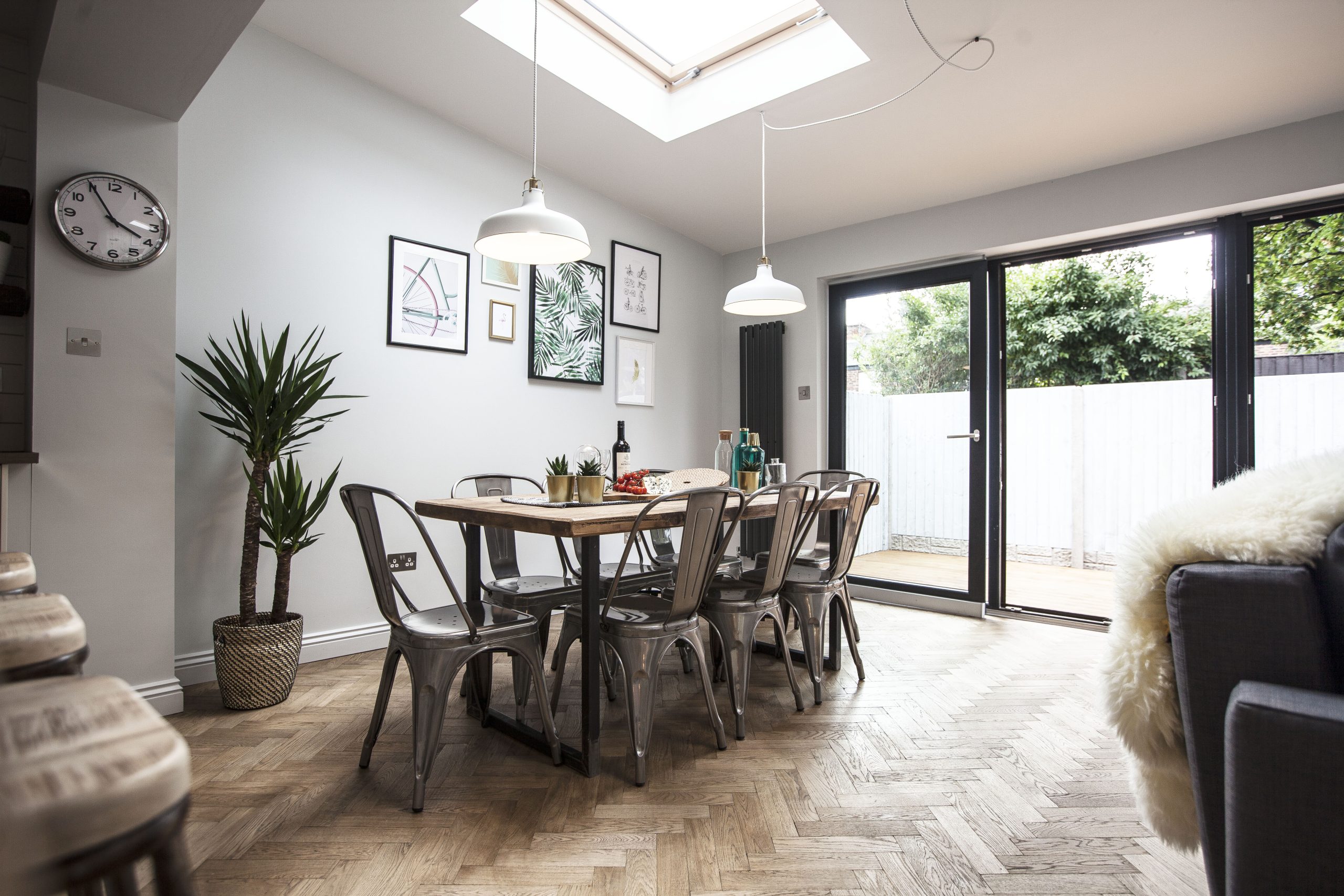
When it comes to timeless flooring crafted from unique shapes and sizes, parquet reigns supreme. The decorative artistry of small pieces of wood fitted together in simple or complex geometric patterns dates back to the late 1600s, and tells stories of castles, classical mansions, galleries and museums…
Today, parquet flooring is again seeing something of a revival; due in part to a wider range of wood species and finishes that add artistic beauty and depth to any interior setting.
New manufacturing techniques offer consumers products that are extremely durable, stable and versatile.
Considering parquet flooring for your new project?
Keep reading to learn more about this bold statement flooring.
New design possibilities
Whether you’re working on a new build, remodel or restoration, essentially you are either after a contemporary or a traditional look.
The variety of woods used to construct parquet floors today marks a whole new aesthetic dynamic shaking up the interior design scene.
There are also numerous patterns that you can achieve with parquet including chevron, versailles, herringbone, basket and brick weave. All provide not only something different but an instant texture and interest to your floor. The most predominant of these are herringbone and chevron pattern.
Probably the most common flooring pattern, herringbone flooring gets its name from its resemblance to fish bones. It uses simple rectangular blocks laid in a zigzag arrangement to create a mosaic effect. Herringbone oozes sophistication and when planned well, makes a tiny room feel larger and spacious.
Unlike herringbone, the chevron pattern involves arranging individual blocks of wood to a sharp ‘v’-shaped point. It’s this unique yet regulated zigzag pattern that makes chevron instantly recognizable and easily distinguishable from other parquet styles. The flow of the directional chevron pattern makes small and narrow spaces feel far longer, and it naturally lends a tasteful appeal to Scandinavian style interiors thanks to its refined look.
Type of wood
Parquet flooring can be made from either solid or engineered wood, so there are very few restrictions if you desire a style that’s unique to you. Different wood grains, patterns and a full spectrum of colourways simply set any space apart, offering a lot of creativity and a lot of individuality to shine through on your floor.
The most common species of hardwood used is oak. Oak has a deep natural glow that adds a contemporary spin to bring this traditional flooring up to date. And thanks to its light colour, it’s easy to stain with a host of colours. Over time, the natural ageing of oak gives your floors an authentic appearance.
Wood flooring size
With regards to the size of wood planks, parquet woodblocks unlike normal boards, have fixed width and height dimensions. This allows the blocks to be laid in repeating patterns to create the desired style.
For modern, open plan spaces, opting for wider blocks of wood in smoked/fumed effect on brushed oak boards creates a bolder impact visually. On the other hand, a smaller space (for example, a narrow hallway) can only fit in a certain number of ‘arrows’, so oversized chevron or herringbone may not be an ideal option.
Finished and unfinished boards
As the name suggests, finished parquet flooring are treated with an extremely durable, factory-applied wood finish. Unfinished flooring comes without any kind of wood finish and have to be sanded, stained, and finished in situ.
The advantage of unfinished parquet flooring is that it allows for a level of customization, which gives you a wealth of decorative options. However, factory-finished floors are pretty much ready to use, therefore quicker to install (because there’s no need to allow for drying time).
Parquet pros and cons
It’s important to carefully consider the advantages and disadvantages before investing the time and money in parquet flooring.
Pros:
- Offers numerous designs, with dozens of complex patterns available.
- Performs much like hardwood, with an appeal that creates a warm feeling in an interior space.
- Perfect stylistic fit for mid-century modern home styles.
Cons:
- Can be challenging to refinish.
- Installation below ground may affect the floors shape and size due to moisture issues.
- Not ideal for humidity areas such as bathrooms. However, engineered parquet is less susceptible to moisture and temperature fluctuations, and may prevent water penetration.
Conclusion
For decades, parquet flooring has been used to add a classic and contemporary twist to traditional or modern homes. More recently, the wide variety of wood shades, styles, dimensions, thickness and finishes offer a level of visual appeal that cannot be achieved with traditional strip flooring boards.
The vast selection of intricate patterns makes this timeless flooring suitable for a variety of spaces, including hallways, kitchens and lounges. Having an understanding of the different styles available, the type of wood used, as well as the size of wood planks will ensure that you find the perfect match for your unique preferences.
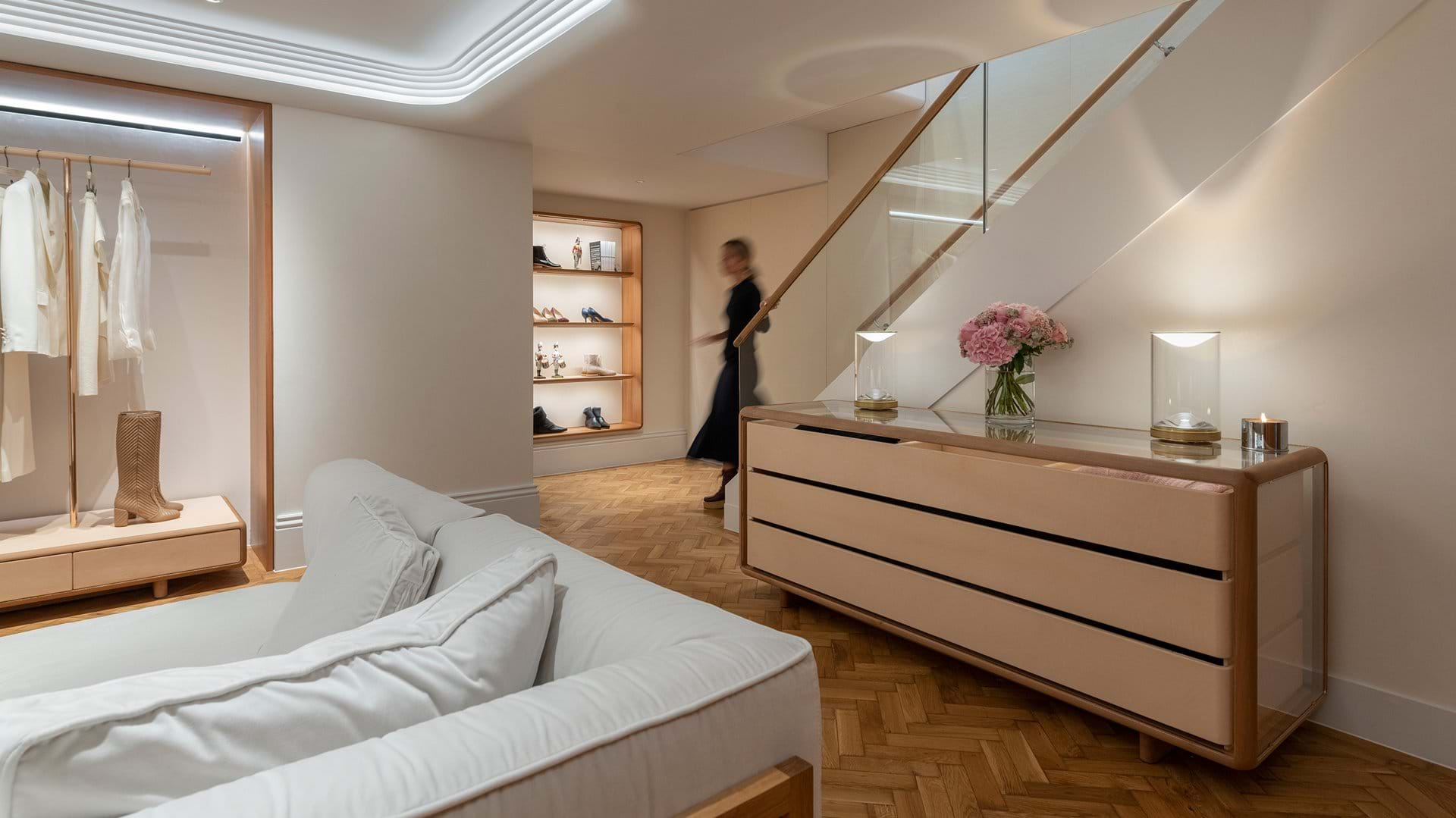
Solid and engineered hardwood flooring still remains perhaps the most sought-after type of flooring for many residential and commercial properties across the world. It is an integral part of any interior space, and for obvious reasons — hardwood floors are comfortable, warm and best of all, add timeless charm and sophisticated flair in a range of room settings.
The latest colour preferences go in opposite directions, very dark or very light (the two extremes) as well as natural hues. The warm reddish tones that were desired a decade or two ago have become less popular.
Whether you’re planning on refinishing current wood floors or installing brand-new ones, you want to pick not only a colour that will complement your interior space but a colour that you will love for years to come. Below we discuss in-demand wood flooring colours for 2020 and beyond.
Natural white oak wood floors
When it comes to natural wood, white oak flooring is an excellent choice. White oak’s neutral, light hue is extremely versatile style-wise — it perfectly brightens up a room, making it feel more spacious and airy — and lends organic texture and warmth in a way that’s subtle, clean and contemporary.
The best part? Its natural shade is very forgiving — it aids in hiding dirt and dust, making it a desired choice in busy homes. Lastly, should your aesthetic preferences change; you can always build layers and layers of colour, which isn’t common to do with many other stained wood boards.
Light brown wood floors
For a number of years, light brown hardwood floors were a favourite in mid-century living spaces. But these fair-hued floors have gotten prettier and trendier for the 21st century. And like white walls, they fit a range of interior aesthetics: adding a warm and modern edge to Scandinavian, eclectic, minimalist, or a fresh coastal cottage.
With pale neutrals, light brown floors can effortlessly unify the space, creating an open and airy finish.
Lightly whitewashed wood floors
Once upon a time, dark stained floors were all the rage. In contrast, interiors are now trending towards light, whitewashed floors that make any size of room seem bright, inviting and warmer especially when teamed with furniture in light, natural colour tones. This light/almost white hardwood finish may not be for everyone, but it looks good for a farmhouse, coastal style or a mix of modern and traditional aesthetics.
Grey neutral wood floors
This incredibly versatile and aesthetically balanced colour is timeless, classic and with lots of shades. The slightly more muted scheme of grey offers more texture and dimension that gives a range of interior styles a modern and spacious finish.
What’s more, grey hardwood floors are easier to maintain and keep clean as they show less dust. To really give the room a spacious and airy feel, light grey shade is your best bet, while darker grey wood floors visually reduce the space but make it cosier and comfier.
Additionally, installing floors in a dark charcoal shade makes for a dramatic contrast with light-coloured walls — at the same time, providing the perfect canvas for vibrant accents such as gold and honey tones, red and teal décor.
Conclusion
Hardwood is always a chic material for flooring and can set the tone for your colour palette and decorating style. Selecting the right wood colour can be a taunting task. But when done right, flooring colour has the power to transform your space. From grey tones and blonde hues to greige shades, this hardwood floor colour guide is a great starting point to selecting flooring that will create a look that’s timeless, stylish and on-trend.
